The wellbeing of Te Waikoropupū Springs has been secured by receiving the legal protection to ensure it’s preservation for generations to come.



13TH ISSUE HŌTOKE 2023 PĀNUI O NGĀTI TAMA KI TE TAUIHU WCO KA URUORA HUI-Ā-TAU 2024 TARANAKI MAUNGA SIGNING MAKING THE TENTHS WHOLE TE MANA KURATAHI 2023 NGĀTI TAMA WĀNANGA HE KŌRERO TŪPUNA WHĀNAU PROFILES TE MANA O TE WAI
HE MAIMAI AROHA
In recent times, we have seen the significant loss of our most senior pahake of Ngāti Tama descent. They have left an indelible mark on the hearts and minds of our people and the communities that they served.
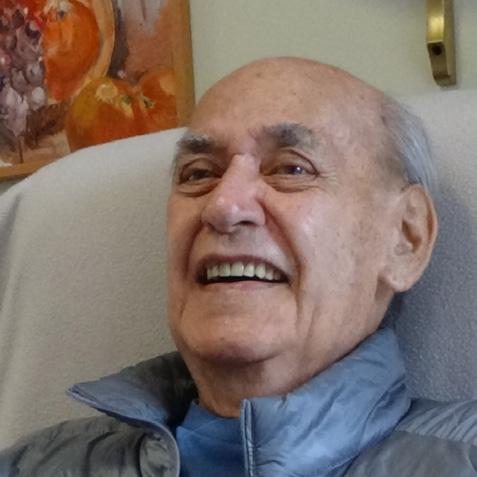
TE MAUNU STEPHENS
During the last 4 months we farewelled Te Maunu Stephens, one of the last of his generation of the Stephens whānau.
(See profile for Te Maunu here or go to page 28)
E moe rā koutou, e au ai te moe.
Our thoughts and prayers are with the wider Stephens whānau and indeed all of our bereaved families whom may have lost someone during this time.
Tēnā tātou katoa.
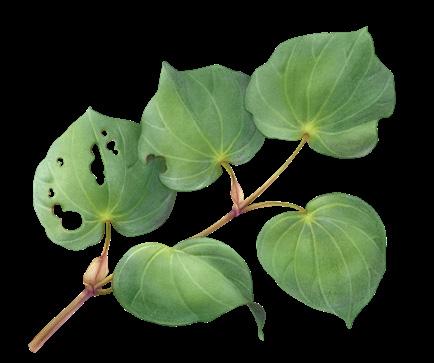 Front cover photo: Kane Hartill
Front cover photo: Kane Hartill
RĀRANGI ŪPOKO

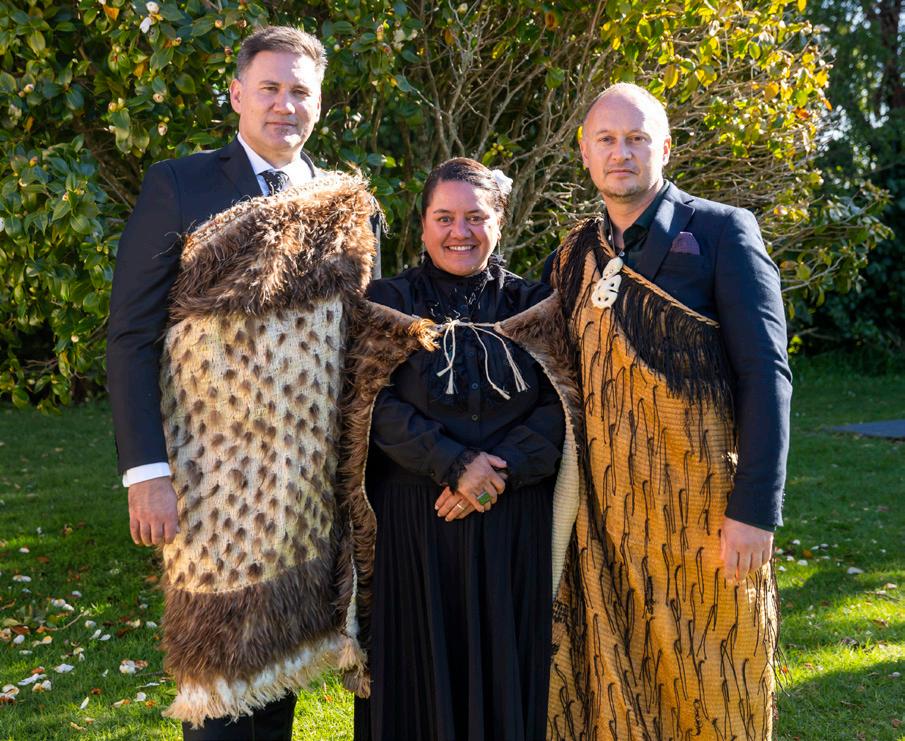
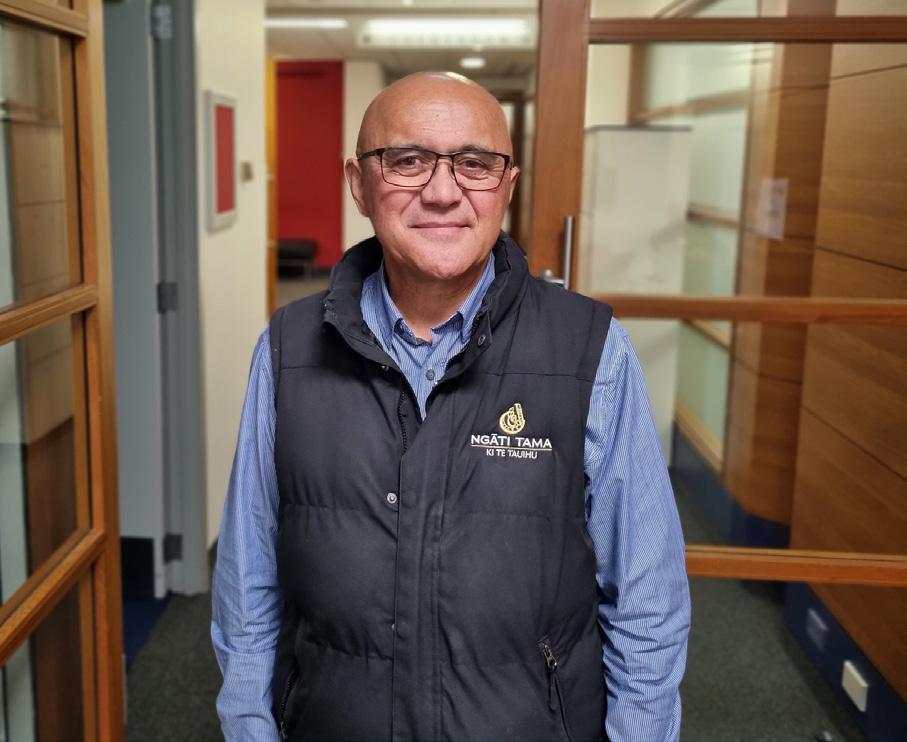
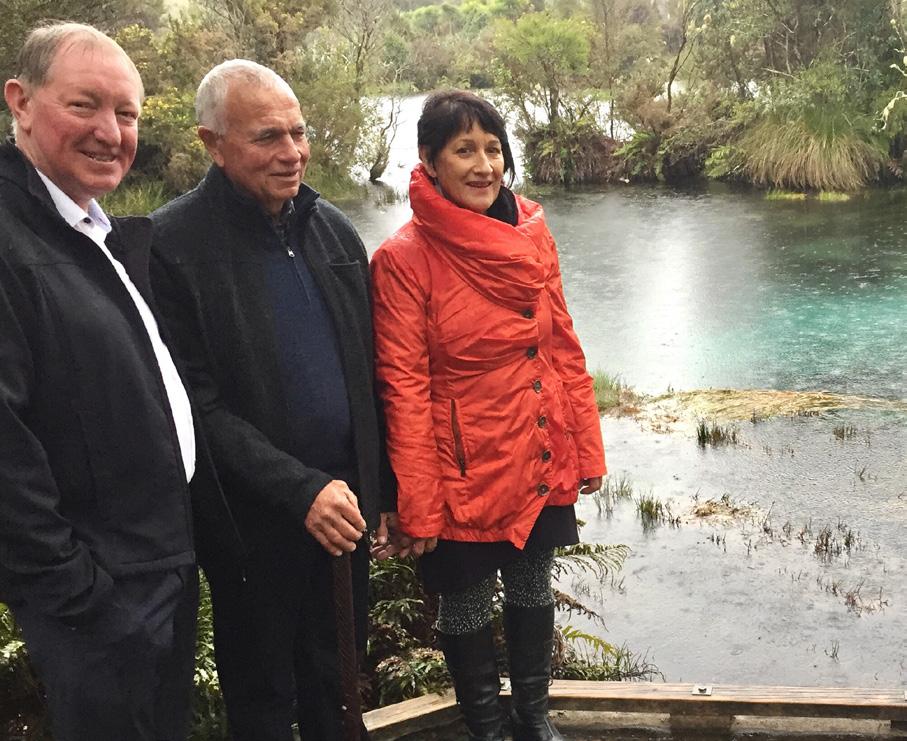
He Kupu Whakataki 2 AHUREA 3 Development of Tama Kōrero 3 • Aramoana Du Feu 4 • Matiu Jennings 5 • Moetū Tuuta 6 He Kōrero Tūpuna - Mataaria Te Ahu 7 Water Conservation Order 8 Taranaki Maunga Update 12 AHUMAHI 14 Ka Uruora 14 Making the Tenths Whole 16 AHUWHENUA 17 Mapping Project Wakapuaka 17 Te Mana o Te Wai 18 • Wānanga Summary Report 18 • Wānanga: Wastewater 19 • Te Kūkūwai o Wakapuaka 20 Affordable Water Reforms 21 Resource Management Reforms 21 AHUORA 23 Grants and Scholarships 23 Whānau Profiles 24 Te Maunu Stephens 26 Peggy Whitton Te Pukenga and Unveiling 27 NGĀTI TAMA KŌRERO 28 Wānanga: Karakia 28 Blessing of Waka - Plant and Food Research 28 Wānanga: Waiata 29 Wānanga: Puanga ki Te Uma 2023 30 Events and Updates 32 • Haere mai Jenna Neame 32 • Pōwhiri: Te Mana Kuratahi 2023 32 • Wānanga: Te Rākau Pakiaka 2023 34 • A Māori Design kaupapa - Tīhāte 35 • Hui-ā-Tau and Te Wānanga Whānau 2024 37 8 16 12 30 TE PUNA || PAGE 1
HE KUPU WHAKATAKINĀ TE HEAMANA ME TE POUWHAKAHAERE
Pupuwha manawa o Tama
Whakaeaea manawa o Tama, Tamaariki, Tamahoumoa, Tamateihorangi.
Hikitia ki te rangi, Ranginui, Rangiroa, Rangitahua, Tahua nuku, tahua rangi
E Tū e hōmai nei tō waiora ora,
he ora
He ora ko tōu manawa,
ko taku manawa
Tēnei hoki tōu manawa ka tina
Tēnei hoki tōu manwa ka toka
Tēnei hoki tōu manawa ka poutāikitia,
ā ka noho tōu manawa,
He manawa ora e hai.
Tēnā koutou katoa,


We are pleased to be able to distribute to you the latest edition of our quarterly newsletter - Te Puna, the source of key updates, insights, and stories from our whānau, and our Ngāti Tama ki Te Tauihu office team. As we continue to grow, this newsletter serves as a bridge to connecting with whānau across the country and the world.
Within this quarterly, we hope to showcase a little piece of our cultural richness while setting out some of the contemporary matters that face our Board of Governors. We invite you to explore the diverse range of activities, projects, and initiatives that empower our whānau, celebrate Ngāti Tamatanga, and cultivate opportunities for our whānau to thrive.
In this edition, we report on and explore some of the pressing issues that face us as an iwi and a region associated with our wai. Of course, many of you will be familiar with the most recent decision for the application of a Water Conservation Order over our taonga, Te Waikoropupū. We have tried to give a bit more detail of the nuances of the order and how it will provide the basis for future protection and the legislative and regulative environment.
Our team have been involved in leading some great cultural initiatives locally while supporting our whanaunga iwi with other collective Kaupapa. These stories showcase our collective dedication towards providing opportunities to improve whānau well-being through housing and other programmes.
The edition is also a platform for sharing inspiring stories and celebrating the achievements of our people. From education and art to sports and business, although small in number, our whānau continue to shine brightly.
Heoti anō ngā kōrero mō Te Puna i tēnei wāhanga o te tau.
Tēnei te mihi nui kia koutou katoa, ngā uri o Ngāti Tama, e noho ake nei i ō koutou kainga maha. Tēnā rā koutou katoa!
BUTCH LITTLE TE HEAMANA, CHAIR HEMI SUNDGREN TE POUWHAKAHAERE, GM
PAGE 2 || TE PUNA
AHUREA | STIMULATE LEARNERS OF TE REO, TIKANGA AND WHAKAPAPA DEVELOPMENT OF TAMA KŌRERO

Ko Ngā Whakaaro Matua KEY CONSIDERATIONS
Ngāti Tama ki Te Waipounamu Trust is mandated to implement tribal strategy. Te reo and culture are but one part of this focus. Limited resourcing and staffing means that any activity must work towards progressing strategic goals.
Language revitalisation requires intergenerational transmission, that is whānau who use te reo as the main language of communication in their day-to-day interactions.
Strong positive relationships will help enhance and accelerate strategic objectives. That is relationships internally with whānau, regionally with neighbouring iwi, educational providers, regional authorities, and further afield to Ngāti Tama whānau whānui and central Government.
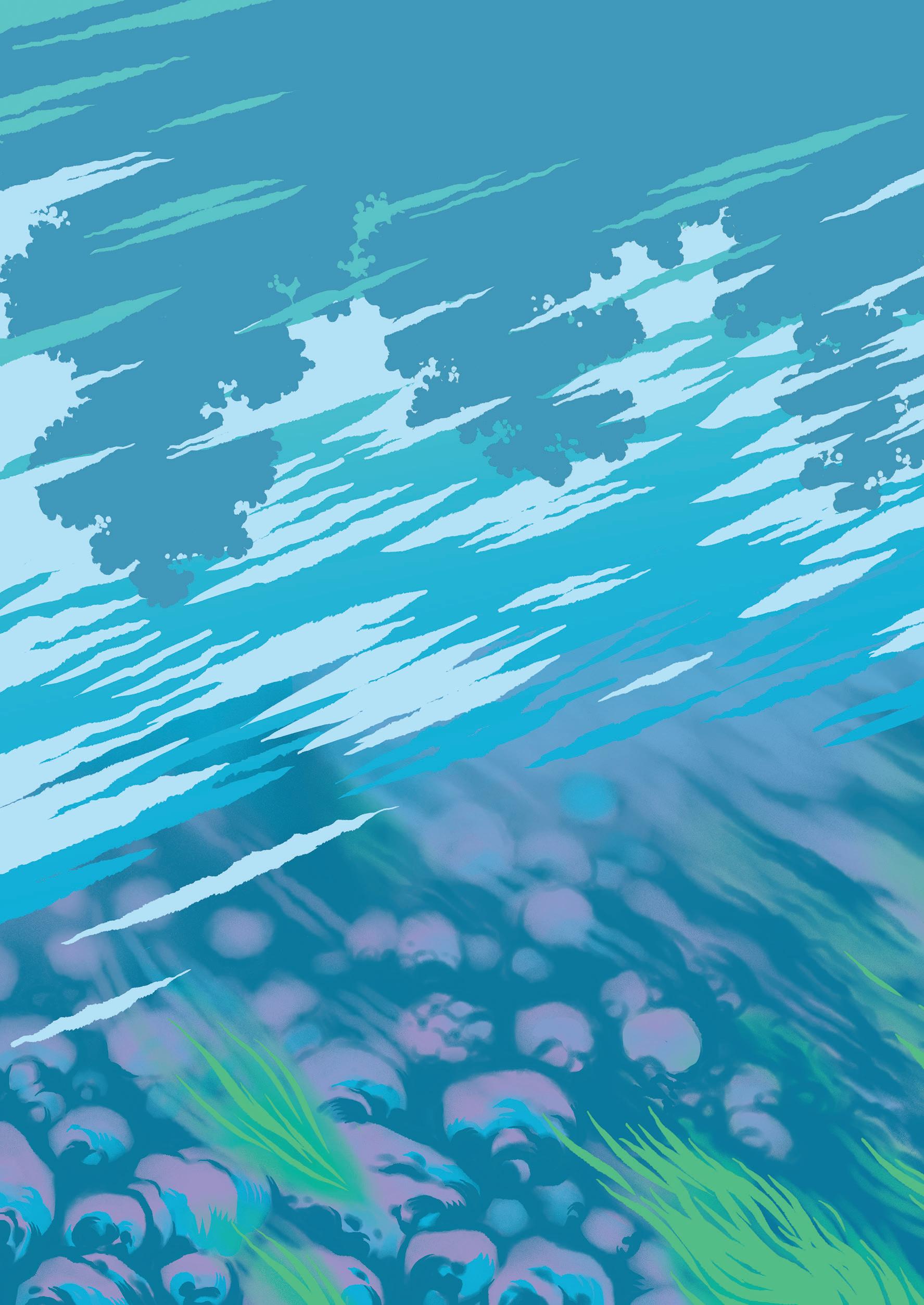
To be successful, it is key that a core group of Ngāti Tama champions and drivers of the strategy be identified and engaged early to take ownership of and implement the strategy. This group needs to be appropriately resourced and mandated to progress strategic objectives on behalf of Ngāti Tama ki Te Tauihu.
Proactive strategies that encourage whānau participation m ust be adopted to support whānau and to influence any change and uptake of te reo .
There is a level of demand from Ngāti Tama iwi members for te reo Māori me ōna tikanga, so it is timely to capture this good intent and willingness to participate.
The limited numbers of advanced to proficient speakers amongst Ngāti Tama ki Te Tauihu may require targeted initiatives and investment to regrow this capacity.
With any approach to language planning there are typically a number of common barriers that will need consideration. This includes but is not limited to: a sense of WHAKAMĀ – a feeling of being embarrassed or of shame at not knowing the language or appropriate cultural protocols, AVAILABILITY – language learning requires significant investments of time, DISTANCE – access to quality learning opportunities in your local environ are limited in some regions, COST – the ability to take time off work (usually without pay) or cover fees for programmes.
TE PUNA || PAGE 3
STRATEGIC POU
Kia ora e te iwi, ngā mihi ki a koutou katoa.
Ko wai au?
Ko Taranaki, ko Maungatapu, ko Parapara ōku maunga.
Ko Oaonui, ko Mahitahi, ko Parapara ōku awa.
Ko Kurahaupō, ko Tokomaru ōku waka.
Ko Taranaki tūturu, ko Te Ātiawa, ko Ngāti Tama ngā iwi.
Ko Ngāti Haupoto, ko Ngā Mahanga, ko Ngāti Haumia, ko Kaitangata ōku hapū.
Ko Whakatū, ko Onetahua, ko Te Pōtaka, ko Orimupiko ōku marae.
Ko Peggy Ngātaioma Whitton nee Horo tōku kuia/taua.
Ko Jane rāua ko Trevor du Feu ōku mātua.
Ko Aramoana Jane Whitton du Feu tōku ingoa.
Ko Whakatū tōku kāinga.
ARAMOANA DU FEU
How did your te reo learning journey begin?
I was one of few that was lucky enough to have te reo Māori available to me from birth. My māmā was a te reo teacher, member of Te Rōpū Wāhine Māori Toko i Te Ora and a part of the te re Māori revitalisation across Aotearoa. Pāpā who is tauiwi, also learnt and briefly taught te reo when I was young. I was also one of the first Te Kōhanga reo pēpi in Whakatū. It was everywhere for me.
Who has contributed the most to your te reo journey?
Both my parents, my taua – Peggy, Grand Aunty Bella and her husband Uncle Bill Mitchell. They lived in Taranaki.
What have been the most significant challenges in the learning journey for you and your whānau?
Kōrero nui! Racism and acceptance. From both sides of the fence. I had a traumatic childhood, being a paleface nicknamed Casper, my parents chose my hinengaro and wairua hauora over continuing my Māori education, and I went through the pākēha mainstream. By the time I got to māmā’s te reo class at her high school, I was pushing Te Ao Māori away and going in other directions.
Why is the reo important to you, to us?
I came back to te ao Māori via Te Rōpū Wāhine Māori Toko i te Ora after I turned 30. Both taua and māmā are life members. I realised the kete of taonga (language, knowledge, history, tikanga, toi), all te ao Māori that I have in my whānau would be lost, if I didn’t kia tere on that haerenga.

The kaupapa of te reo Māori me ōna tikanga coming to Te Tauihu and my whānau’s part in this significant piece of history makes me proud to be Māori.
As an uri of Taranaki Maunga through all of my iwi, I have just returned from the Crown signing of Te Ruruku Pūtakerongo – the collective redress deed. Māmā and I also signed the documents.
Our Taranaki mita is distinct, but having grown up in Te Waipounamu, I’m still learning to drop my ‘h’! Our Ngāti Tama wānanga are great for practicing this, to keep our unique sound flourishing.
What does ‘Tama tū ki Te Tauihu, Tama ora ki te ao’ mean for you and/or your whānau?
“We stand in Te Tauihu, we thrive in the world.” Māmā and I were part of the planning rōpū for Te Rautaki Reo o Ngāti Tama ki Te Tauihu, to tautoko this kaupapa.
PAGE 4 || TE PUNA
MATIU JENNINGS
After losing the ability to speak her own language, my kuia, Ruby Tuti Jennings (nee Tāpuke), went back to school and got her School Certificate in te reo Māori at the age of 65. She never knew how much she inspired me. Every time I felt stupid, or thought this is too hard, I thought of her.
I always knew I was Māori, but it always felt like something was missing, like a word on the tip of your tongue that never seemed to come out properly. Growing up in Christchurch in the 80’s and 90’s in an English speaking household, I didn’t have a lot of access to te ao Māori. As a kid, it felt like learning te reo wouldn’t get me anywhere.
The only time I really got to feel Māori was when our whānau would visit our kuia and koro Taffy in Levin during the school holidays. Through my dad, nana Ruby was the source of my identity, or at least the part of me that made me feel more complete. She always greeted us with a big KIA ORA, a big kihi, an even bigger pot of boil up on the stove, and her house was full of taonga Māori that would also one day ignite my love for whakairo. After primary school and high school, I still had a passion for my language in my heart and with the support of my whānau, I enrolled at Canterbury University, deciding to give up my chosen career as a primary school teacher and take up the challenge of becoming a secondary teacher, majoring in te reo.
I would like to tell you that obtaining my degree in te reo at Canterbury University made me a fluent speaker, but it didn’t. I met amazing kaiako there and kept on pursuing and growing my language ability and skills. Many years later, I can proudly say that I have ignited that same joy and dedication for te ao Māori that my Nana Ruby did for me, teaching for over 13 years as a kaiako Māori in secondary schools all over Aotearoa, connecting students who were just like me and helping them to feel whole.
Now, living and working in Te Whanganui a Tara with my wife Lisa, te reo Māori has opened so many doors including enabling me to move into the Government sector.
As a proud descendant of Te Ātiawa, Ngāti Tama, and Ngāti Rārua, I work at Te Tūāpapa Kura Kāinga (the Ministry of Housing and Urban development) as a Principal Advisor MāoriCrown Relationships, responsible for enabling effective Treaty partnership and to better understand the Crown’s obligations to Māori under Te Tiriti o Waitangi. Good partnership with Māori delivers better housing for our whānau.
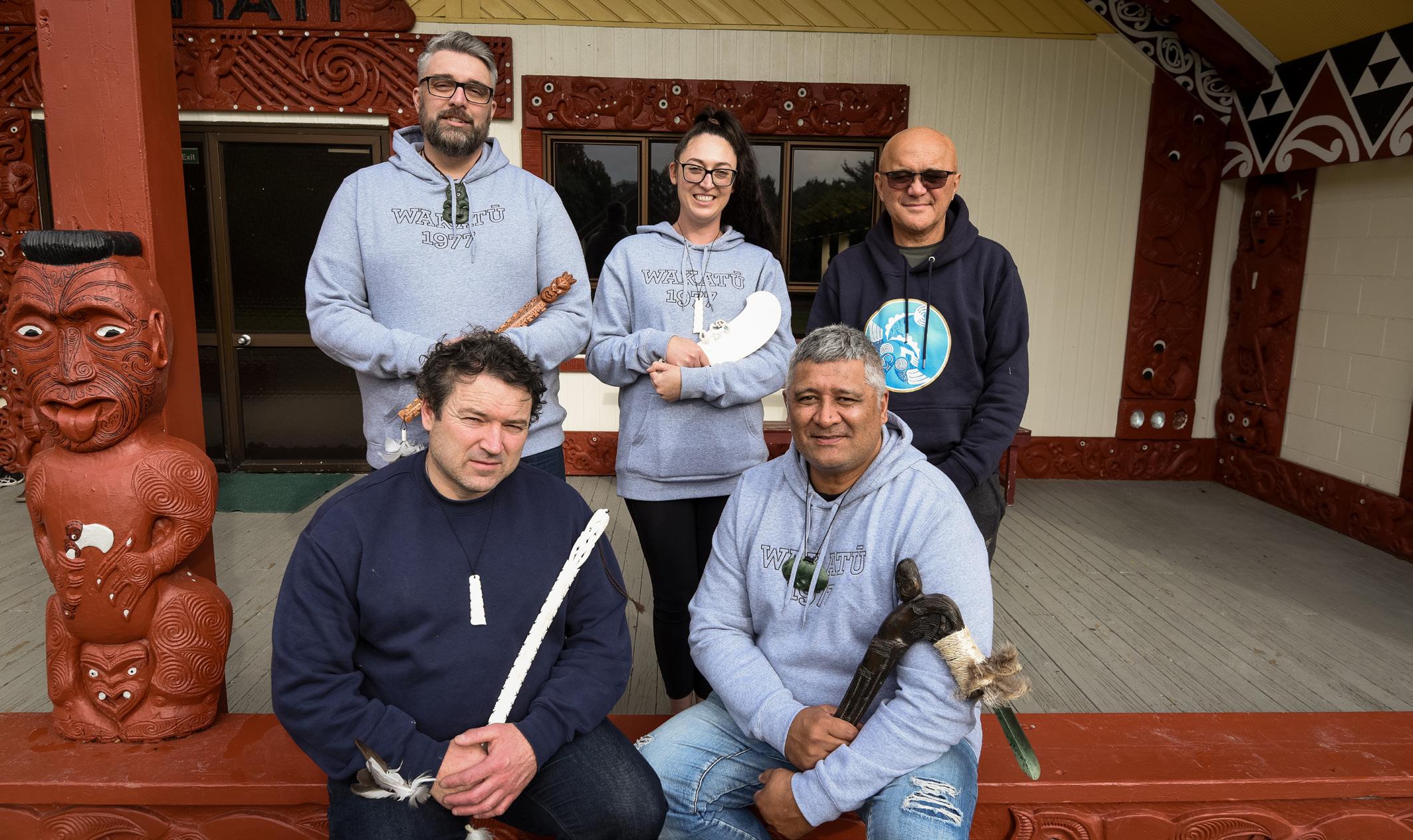
My tip for learning our language is stop being so hard on yourself, you don’t know what you don’t know. Remember, te reo Māori is a journey not a race.
Learning a language is difficult, learning your own language isn’t just about the language itself, it’s our culture, our identity, our history and our future.
TE PUNA || PAGE 5
“Me mihi ka tika ki ngā tini manukura kua whāngai nei i tēnei manu pīrere, kia taea ai te rere ki tua o te ngāhere ki te keokeonga o tēnei mounga, e kīia nei ko Te Reo. Ka nui ngā mihi, ka nui tonu ko te aroha.”
Te Rākau Pakiaka 2023 From top left: Matiu Jennings, Kate Reddock, Te Ahu Rei, Grant Joyce and Brendon Rei. Photo Credit: Melissa Banks
MOETŪ TUUTA
How did your te reo learning journey begin?
My te reo journey began approximately 24 years ago. My Uncle Kēri Stephens inspired me because he had taken up the challenge later on in life. When I became a trustee on the Ngāti Tama board back in 2014 and all the mahi that entails - being on the marae and being asked “Nō hea koe?” and not knowing how to respond and feeling whakamā, that really started my journey. Over the years I have been to Te Ataarangi, NMIT night courses and held my own courses at home. I’ve also completed a reo course through Ngāti Tama and now I am at Te Pūkenga full-time - full immersion and loving it. I’m continuing my journey to inspire myself, to understand. And if I inspire one person - seeing what I’m doing, I’ll be quite happy.
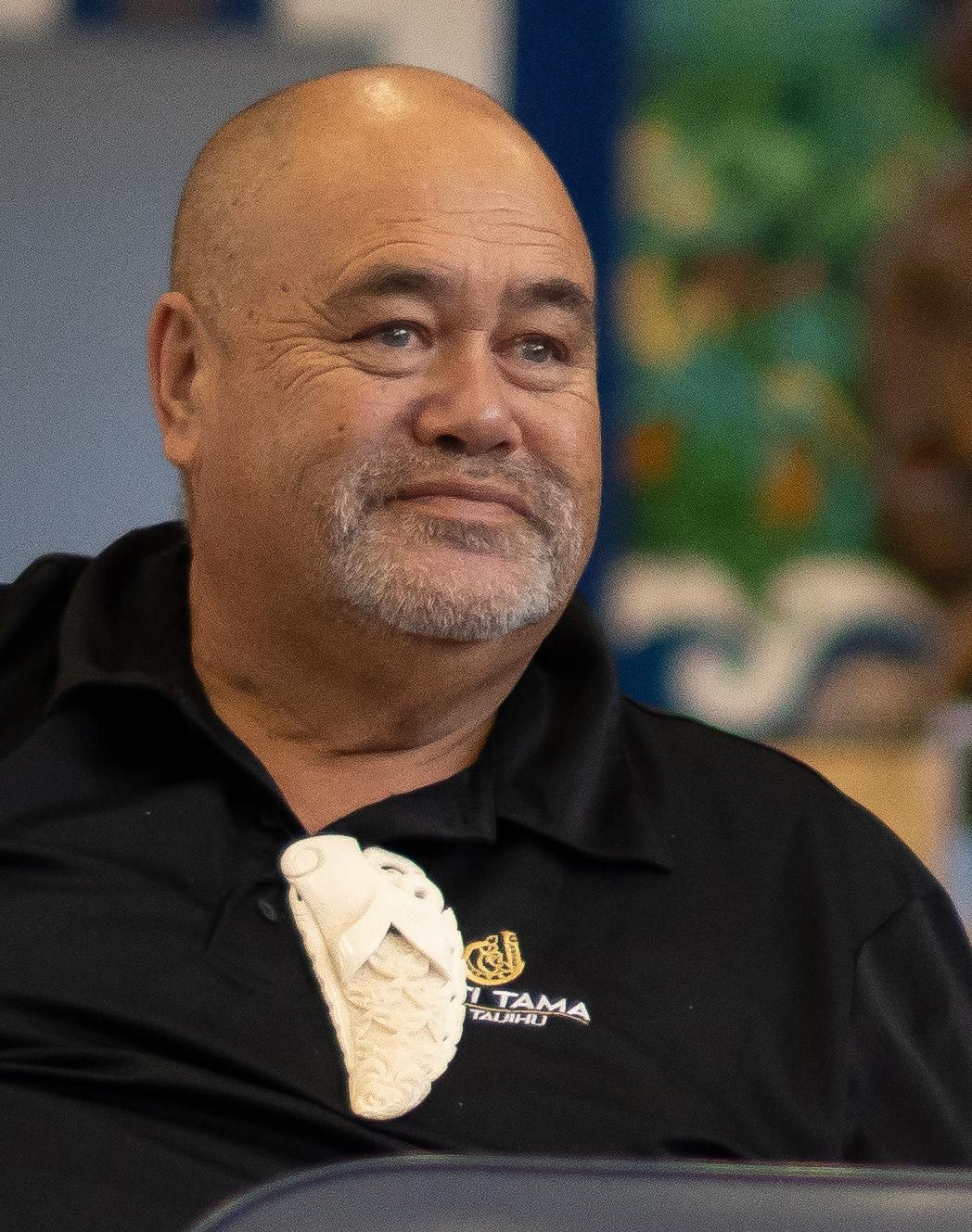
Who has contributed the most to your te reo journey?
There’s a number of people over the years that have inspired me. My uncle Kēri Stephens - just by him giving it a go, one of my kaiako from the past - Hārata Simmons, my mother - she was quite involved with the Whakatū marae and I wish I’d started my journey alot earlier. When I went to school at Nayland Primary around 1964 there was no reo spoken at all. My partner Maureen Graham, she’s helped me with my kupu and pulls me up when I get it wrong, and I like being pulled up because that’s how I learn. But my number one inspiration was definitely being on the Ngāti Tama Board. I took redundancy from work when I was 45 and didn’t know what to do - I started with the Wakapuaka 1B Trust and then the Ngāti Tama Board and that set me on my path. The kaiako that are to come - in the future I’m looking forward to them inspiring me too. My dream is to go to Te Wānanga o Raukawa.
Toitū te kupu, toitū te mana, toitū te whenua.
What have been the most significant challenges in the learning journey for you and your whānau?
It’s not an easy journey at a late age but I’ve never given up on it. Sometimes I’ve lapsed and the reo is forgotten so quickly.but learning later on in life is a challenge, I haven’t got the best memory. Last year, there was an 80 year old lady learning. So the message I tell myself - no matter what age you are, just do it, and if you stop for a while, get back on the waka and don’t give up. Another challenge is not hearing te reo spoken everyday. The more I hear, the more I pick up and sometimes the busyness of life gets in the way. I’ve set myself on the right path by learning full-time, full immersion and I’m learning so much. I wish I’d been doing full immersion a long time back.
Why is the reo important to you, to us?
When Ngāti Tama did the survey, and the feedback came back that the main priority for whānau was speaking Te Reo, that really reinforced the path I wanted to take. With the language comes all the other learnings. Know the language and you’ll pick up so much. I’ll attend as many wānanga as I can - the waiata sessions etc it’s not just about learning the waiata, it’s about being with Tama whānau and the kōrero that goes on behind the scenes. For me it’s not just about speaking reo so much as understanding it and picking up what is being said in hui.
What does ‘Tama tū ki Te Tauihu, Tama ora ki te ao’ mean for you and/or your whānau?
It means everything to me at the moment and has been for a long time. Being a trustee, it started my pathway. And that’s why I’m doing what I’m doing. After the hearings in 2013, I came off the Cultural Board and became an iwi monitor and got more involved in te ao Māori and the taiao which is where my passion lies. I could be doing a million other things but you’ve got to prioritise. I’m on this journey for the rest of my life.
PAGE 6 || TE PUNA
Mataaria Te Ahu
Kui Mataaria was my main motivation for moving from Taranaki to Te Tauihu in 2019. Her name was heard often as children growing up as was Whakapuaka and the Whakatū Inc. but little else. Hence my decision to move south to find out more for myself and my immediate and extended whānau.
Hūria Mātenga and our kuia Mēri Mākarini were half-sisters.
They shared the same mother, Wikitōria Tātana Te Keha. Wikitōria had an earlier liaison with Capt. Fritz of Bremen, a German whaler and owner of the ship Juliana. They had a daughter called Mēri Mākarini (Mary Magdalene). Her second husband was Wī Kātene Te Pūoho (Te Manu) to whom she had Hūria. Mēri married Te Waari Tahana Rerengaio and they had three daughters, Mataaria, Mere and Ani Kaitawa.
(NEE TE WAARI)
Mataaria married Te Ahu o Rākeiora Te Rei and Mere married Niu Tīreni Tāpuke. Ani gave birth to a son Taare Te Waari but died in childbirth. She is buried at the Haua cemetery at Whakapuaka.
Mataaria, Te Ahu and the children lived at Whakapuaka as did his parents Ngāhui Te Rei and his wife Tiripa Wauwau of Ngāti Koata. As a result of the unrest at Whakapuaka, Mataaria and Te Ahu moved their whānau back to live at Waiokura Pā in Manaia, South Taranaki. Our kuia Te Whakahāwea, said that Hūria visited Manaia with the intention of getting them to return to Whakapuaka, however, to no avail.
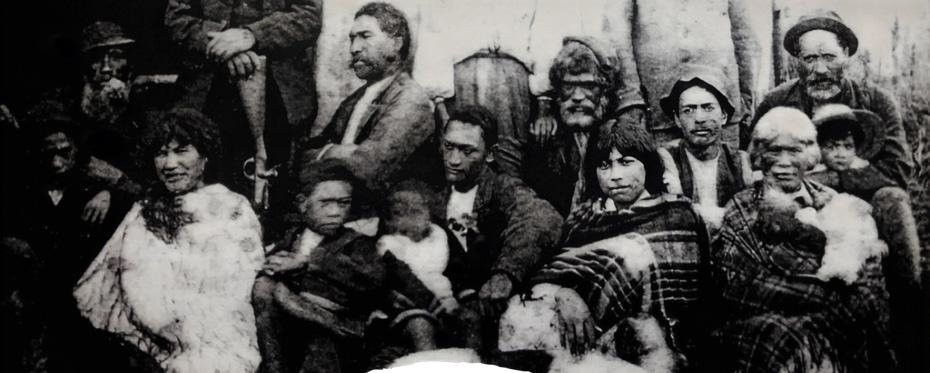
E moe rā koutou i te moengaroa, tē whakaarahia, e moe, e au ai te moe.

Mataaria and Te Ahu had four children, Te Ahu Mokemoke, Te Whakahāwea, Te Amohau and Whio. Whio died when he was about 10 years of age. They lived at Te Waiokura Pā in Manaia, South Taranaki. Mere and Niu Tīreni settled near Whaitara in North Taranaki.
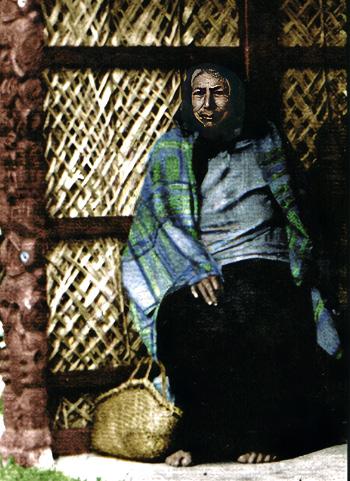
Meri Mākarini
Mataaria Te Waari
Te Ahu Mokemoke Rei
Tamanui Rei

Te Waari Tahana Rerengaio Hūria Mātenga = Hēmi Mātenga
Te Ahu o Rākeiora Te Rei
Apihaka Kipa
Ritihia Eynon
Te Ahu Rei (te kaituhi)
Whakapapa
HE KŌRERO TŪPUNA
Written by Te Ahu Rei
To my knowledge, this photo was taken at Whakapuaka in the mid to late 1890’s before Mataaria and her whānau, centre, returned to live in Manaia. Hūria (Mātenga) is seated to the left of Te Ahu. To the right of Mataaria is her kuia and mother of Hūria, Wikitōria Te Amohau Te Keha. Directly behind her is Ngāhui Te Rei, father of Te Ahu. He is said to be holding Taare Te Waari, son of Ani Kaitawa. He was sent back to Te Tauihu as a young man and betrothed to Titiraukura Meihana. They became the progenitors of the Ward-Holmes whānau in Te Tauihu today. Many of the descendants of Mataaria and Mere still reside in Taranaki today.
Te Whakahāwea Rei = Tamanui Whakaneke Amohau Rei = Hare Wī Katene
= = = =
Capt. Fritz = Wikitōria Te Keha = Wī Kātene Te Pūoho
Te Ahu Mokemoke Rei (also known as Tīreni)
Hūria Mātenga
Te Ahu o Rākeiora Te Rei Mataaria Te Ahu
Wikitōria Te Amohau Te Keha
TE PUNA || PAGE 7
Ngāhui Te Rei (holding Taare Te Waari)
Water Conservation Order
Waikoropupū, Waikoropupū
Pupū ake te whenua
Pupū ake ko ngā waiora
Waikoropupū
Ngā puna wai o Tākaka
Ngā puna roimata wairua
Waikoropupū, Waikoropupū
Effervescent waters!
Effervescent waters!
Springing from beneath the earth
Life sustaining waters
Life source of the community
A tribute to those who have gone before
Effervescent waters!
Effervescent waters!
On Friday 22nd September 2023, The Minister for the Environment David Parker announced the gazettal of a Water Conservation Order (‘WCO’) serving the long-term protection for Te Waikoropupū Springs and the Wharepapa Arthur Marble Aquifer, to take legal effect from 19 October 2023.
The announcement follows decades of struggle and an application and appeal process seeking its on-going protection and formal recognition of values that inform future council Resource Management regulation and planning.




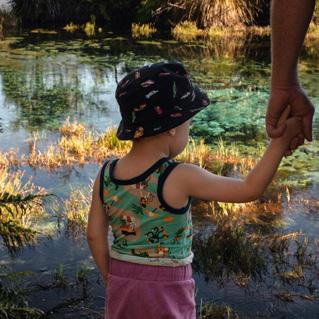
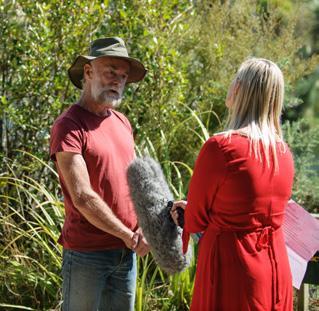
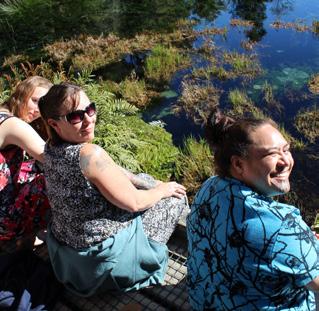

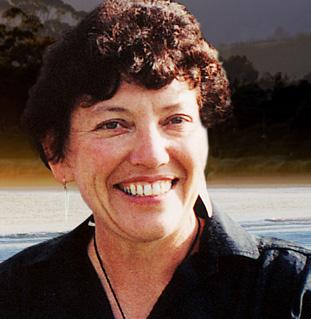



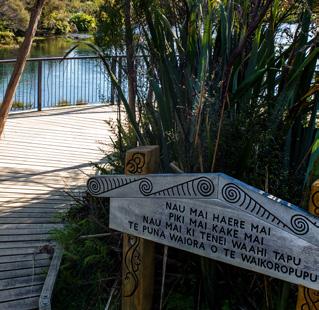




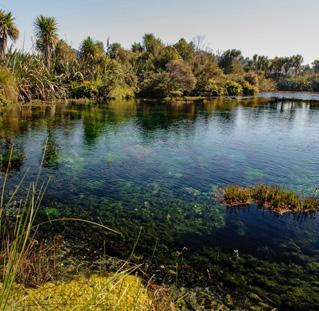
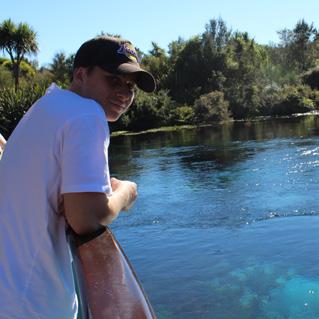





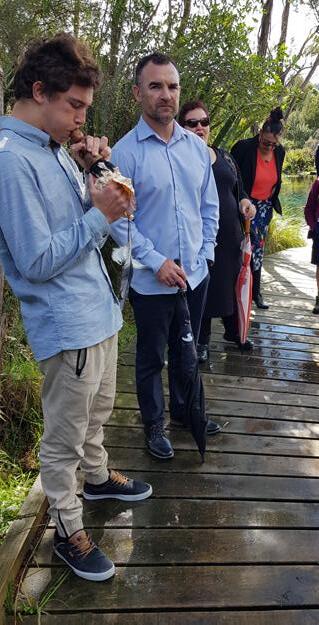
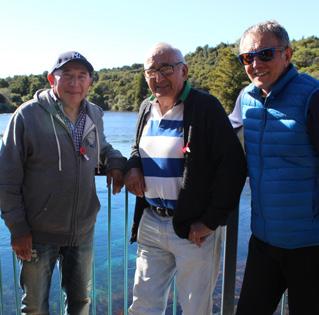
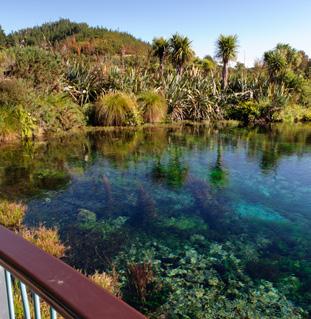
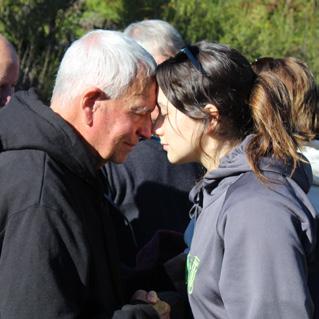
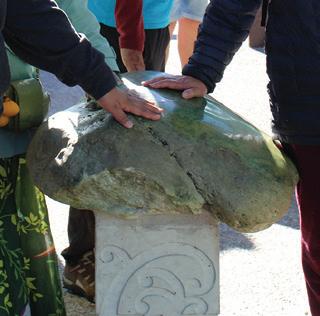
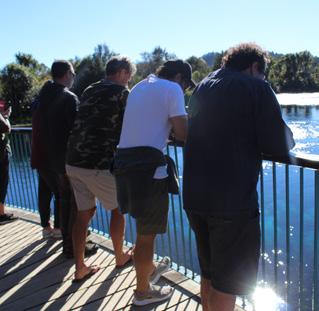
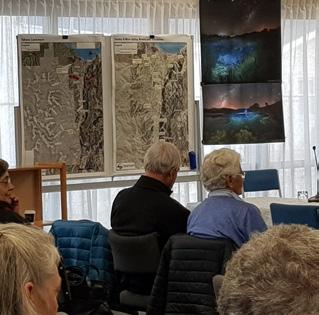

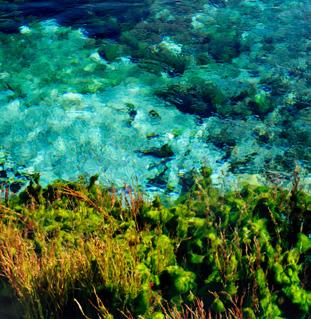
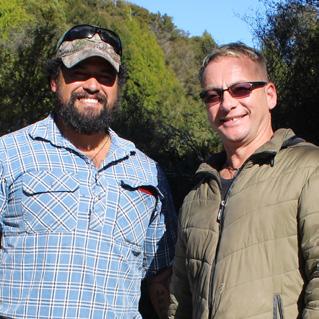
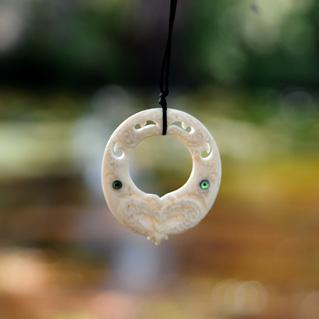
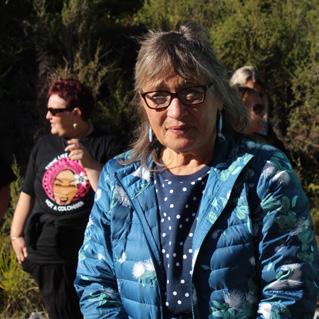
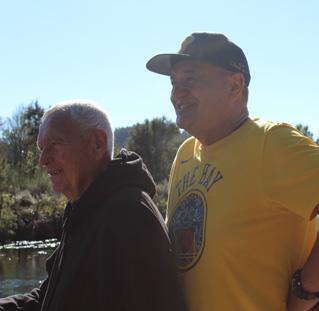
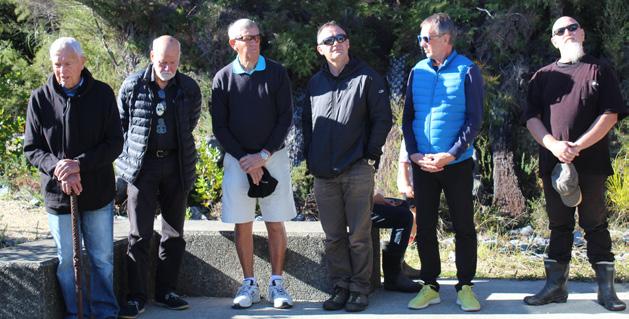
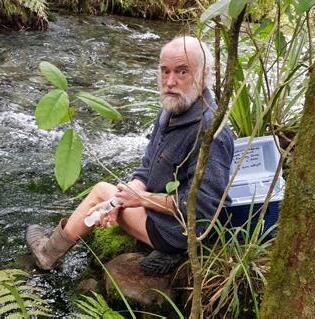

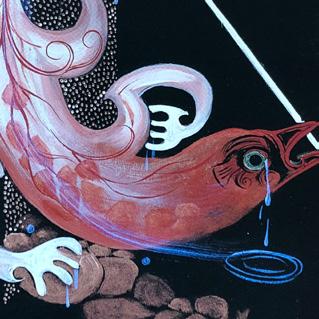
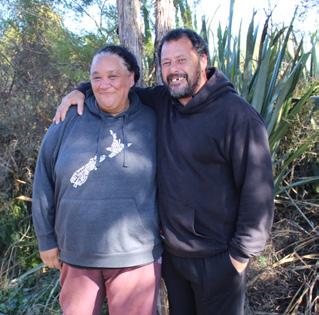


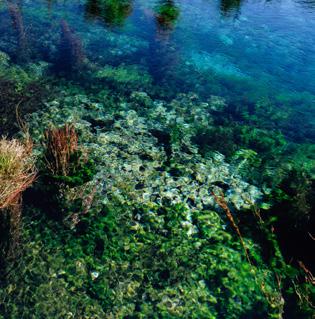
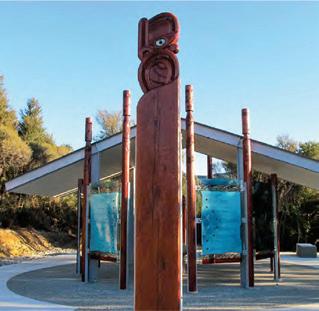
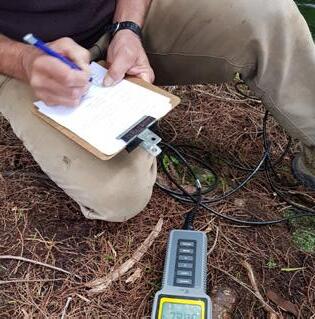
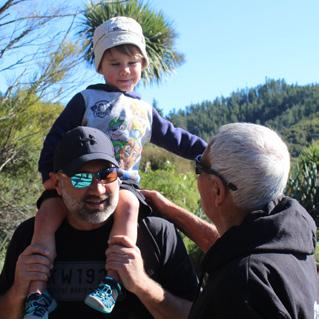
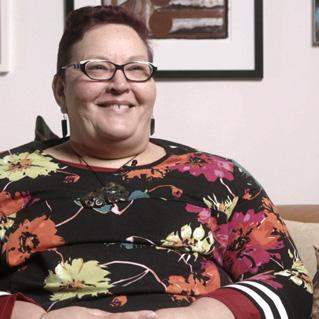
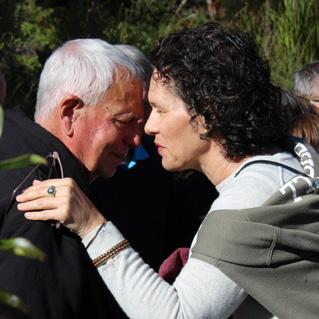




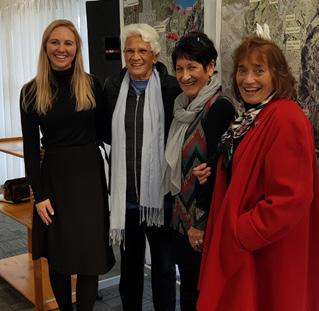
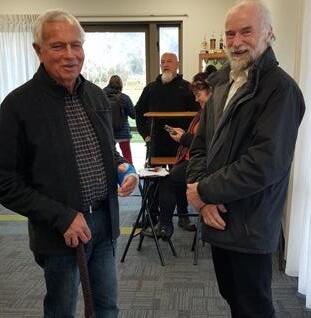
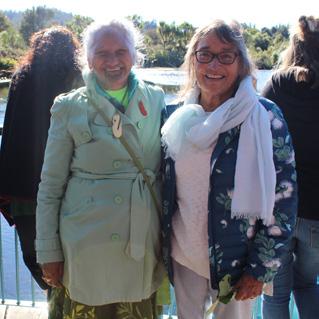
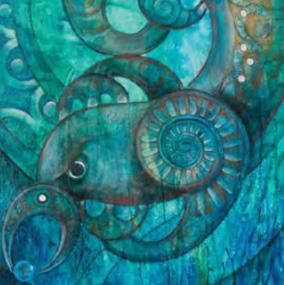


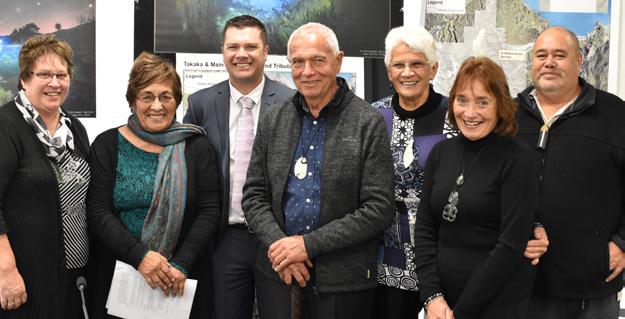
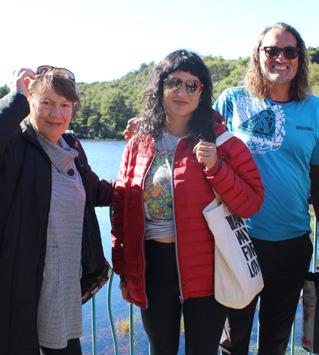

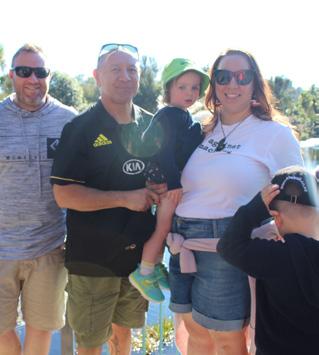
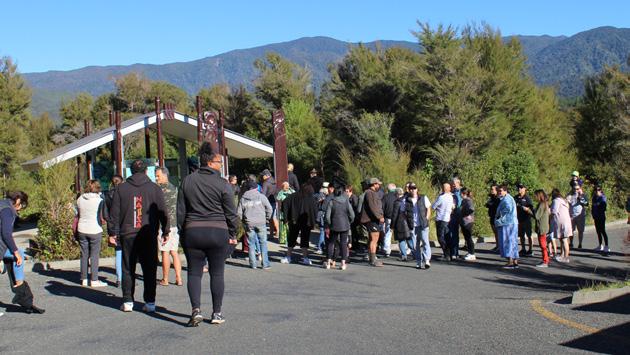
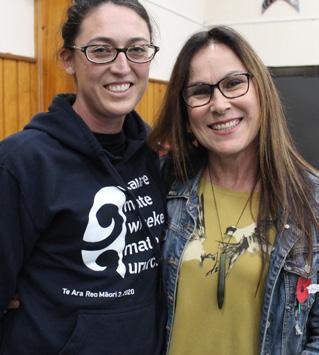
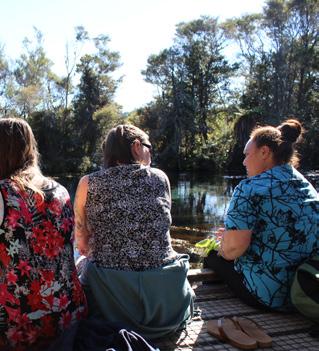

REFERENCE: NTWT FACEBOOK POST
Ngā mihi to all those involved, it’s been a long journey and we’re pleased with the government’s decision that will ensure Te Waikoropupū is preserved for generations to come.
THE EVOLUTION OF A WATER CONSERVATION ORDER FOR TE WAIKOROPUPŪ
The Application for a water conservation order to protect Te Waikoropupū Springs was commenced in 2013, and formally accepted by the Minister in 2017. The Application was made jointly by the Trustees of Ngāti Tama Ki Te Waipounamu Trust and Andrew Yuill, a local resident of Golden Bay and advocate for the Springs’ protection. Their objective was to protect the culturally significant Wāhi tapū and outstanding freshwater system for the descendants of Ngāti Tama and the communities of New Zealand. The application process however, was underpinned by a much longer history, focussed on monitoring of the Springs’ water quality. This work was primarily carried out by community members and Friends of Golden Bay Inc. (FOGB), which revealed a concerning progressive increase of potentially harmful nitrate-nitrogen (NO3-N) in the system. For Ngāti Tama, this level of degradation was a matter that directly impacted tikanga responsibilities for Te Waikoropupū and became one of the key issues seeking resolution. During this time, over 2003 submissions were received from the public (with over 95% in support). Consequently, a Special Tribunal appointed by the Minister conducted a hearing in Golden Bay in 2018, and subsequently recommended that a WCO be made, in March 2020. As Co-Applicants, Ngāti Tama supported the filing of a submission to the Environment Court, alongside TDC and various other parties (including local farmers and Save our Springs Aotearoa New Zealand Inc (‘SOS’), instigating a further inquiry. Since then, members of our board and management team, legal advisors (Anderson Lloyd) and Andrew Yuill have led the application process, recommending the establishment of the order for the ongoing protection and enhancement of Te Waikoropupū Springs and contributing waters.
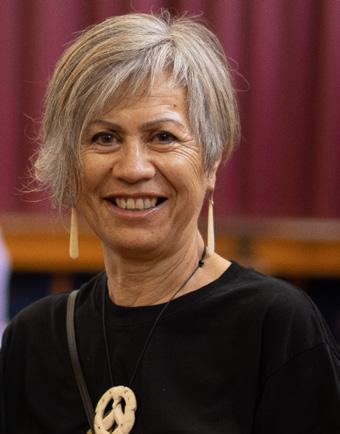
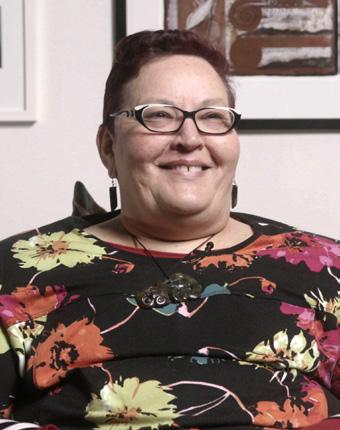
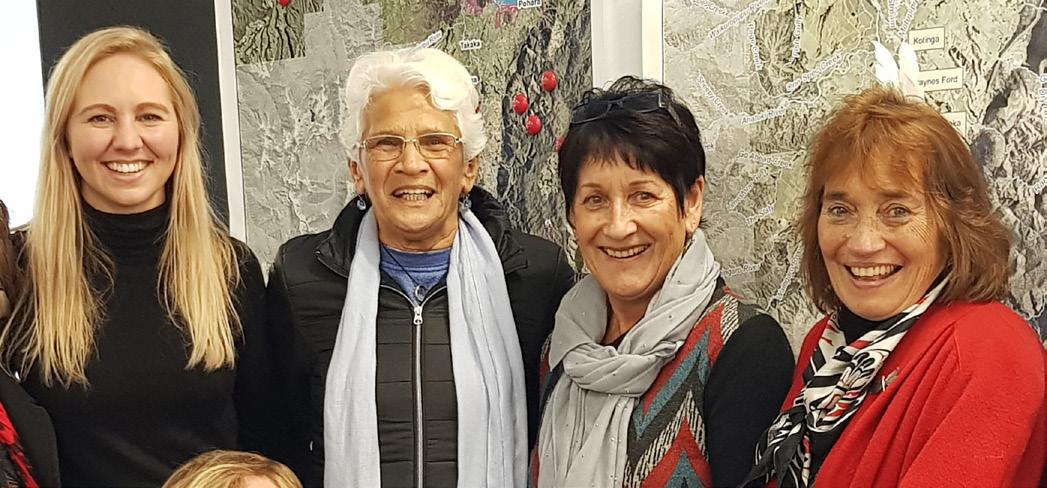
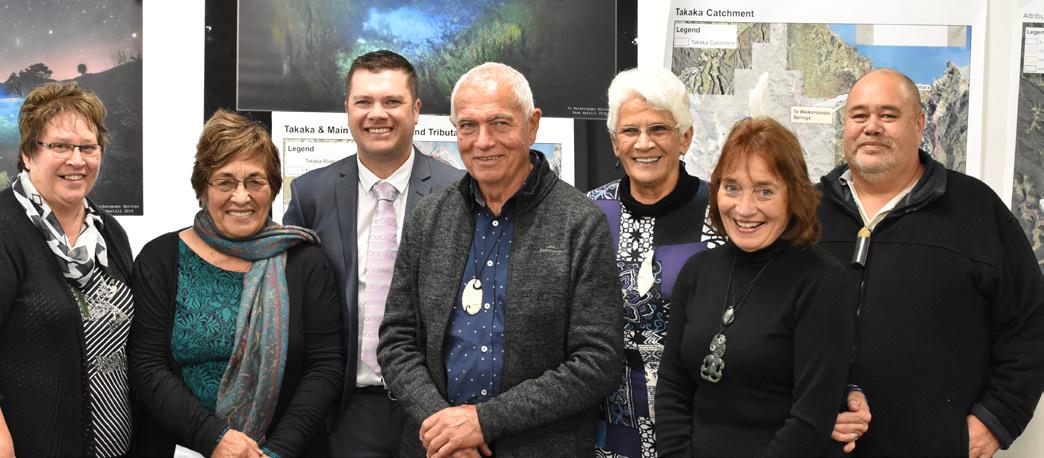
The Environment Court’s Decision recommending the Order represents a seminal decision in freshwater and water conservation order law for Aotearoa. Minister Parker’s announcement as to the impending legal effect of the Order, and its passing into secondary legislation by the House, represents the final step in concluding years of litigation.
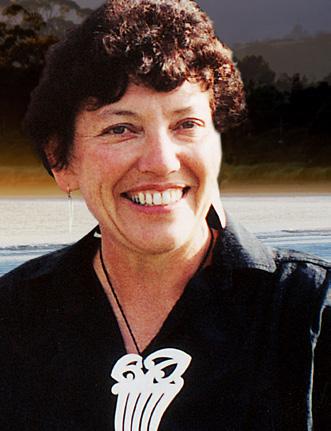
WHAT IS A WATER CONSERVATION ORDER? (WCO)
In legal terms, a WCO is an Order in Council made by the Executive on the recommendation of the Minister for the Environment (Minister). It is a form of secondary legislation which can prescribe restrictions or prohibitions on the exercise of a regional council’s powers under s30(1) (e) and (f) RMA (relating to freshwater quality and quantity). As a unitary authority, Tasman District Council (TDC) exercises those powers within the Tasman District. The regional policy statement and relevant regional plan(s) must not be inconsistent with a WCO. Where relevant, a WCO is a statutory instrument to which regard is given in the consideration of resource consent applications. A WCO is the highest form of protective instrument for freshwater under the RMA, with the ability to give targeted direction for the protection of recognised outstanding values.
There are currently 15 water conservation orders applying to Aotearoa freshwater bodies, however this will be the first in respect of a subterranean system, and the first in respect of which mana whenua was a co-applicant.
TE WAIKOROPUPŪ AND ITS WATER SYSTEMS
Te Waikoropupū Springs are part of the Tākaka catchment and are just to the northwest of Tākaka, Mohua/Golden Bay in Tasman District. The Wharepapa Arthur Marble Aquifer is part of a highly complex and vast karst hydrogeological artesian system that, along with the Tākaka River and its tributaries, feeds the Springs. For Ngāti Tama ki te Tauihu, they are one of the most sacred places in Mohua (Golden Bay). They are a registered wāhi tapu, and taonga tuku iho. The exceptional clarity of the Springs’ bubbling waters is renowned internationally and connotes what the Environment Court determined to be ‘outstanding spiritual qualities’.
Te Waikoropupū are the largest freshwater springs in the southern hemisphere, and hold significant and rare scientific and ecological values, including being listed as a Water of National Importance for biodiversity. The water is some of the clearest in the world (approaching over 80m visibility).
By contrast, the aquifer that supplies Te Waikoropupū is almost unknown yet is crucial in creating the remarkable qualities of the water seen at surface level. For this reason it is included in the WCO which mana whenua was a co-applicant.
PAGE 10 || TE PUNA
The first WCO hearing in Tākaka 2017.
Top: From left - Wikitoria Ward-Holmes, Mairangi Reiher, Tāmati Waaka, John Ward-Holmes, Lauralee Duff, Makere Chapman, Moetū Tuuta.
Middle: From left - Rosie Hill, Lauralee Duff, Margie Little, Makere Chapman.
Left: Janice Manson, Leanne Manson, Kura Stafford
THE ENVIRONMENT COURT’S
FINDINGS
The Environment Court’s Report significantly advances the available jurisprudence on the making of water conservation orders, their purpose, and potential extent of restrictions on councils. In particular, the Court made evidential findings that:
• The waters of Te Waikoropupū Springs are natural state waters, as Te Puna Waiora, in accordance with tikanga Māori; the Springs and Wharepapa Arthur Marble Aquifer have outstanding values;
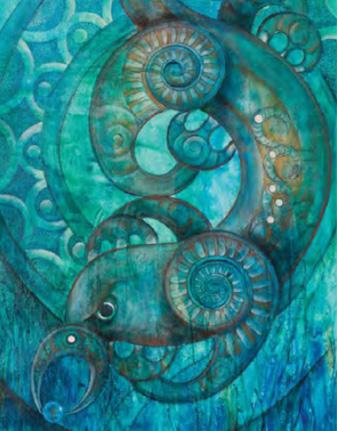
• That natural state of the Springs and those outstanding values are at significant risk from human-induced pollution (particularly increasing levels of nitrate nitrogen NO3-N).
• Farming activities in the Tākaka Valley Floor contribute to approximately 75% of all NO3-N reaching Te Waikoropupū, or approximately three times more than all other sources combined;
• Since 2005, there has been an increase in NO3-N loads leached from the Valley Floor of around 30 tN/y in lower flow periods and possibly 70 to 85 tN/y in higher flow periods; Ultimately, the Court found there was a need for an effective and robust WCO to preserve the Springs’ natural state as far as possible and sustain and protect the outstanding values of the Springs and the Wharepapa Arthur Marble Aquifer. Significantly, the WCO sets a number of specific contaminant limits including to ‘hold the line’ for no further degradation, and a target improvement state for NO3-N to be achieved by 2038 in order to ‘get back to’ pre-2017 levels recorded. The WCO also includes concepts for adaptive management, and cultural health index monitoring, and is overall a significantly more targeted and detailed instrument than any existing WCO.
WHAT HAPPENS NEXT?
The Tasman District Council (TDC) is well underway with work for the review of the operative Tasman Regional Policy Statement 2001 (‘TRPS’) and Tasman Resource Management Plan (‘TRMP’) intended to give effect to the National Policy Statement for Freshwater Management. The review is to produce a replacement/combined policy statement and plan to be called Aorere ki uta Aorere ki tai – Tasman Environment Plan (‘TEP’). The TEP must set limits which accord with this WCO, including the target attribute states for improving nitratenitrogen concentrations.
It will be for TDC to determine what reductions must be achieved by particular activities through the TEP process, with community and iwi input, to achieve the specified reduction in NO3-N concentrations in the Springs. Importantly, that discretion is governed by the purpose of the WCO including the overarching duty for the protection of the Springs. A stepped further reduction programme for NO3-N will likely be needed in the TEP to be implemented progressively in the event of non-compliance with the limits of the WCO, or in the event that trends from 2030 onwards indicate that compliance is unlikely to be achieved.
The Court commented that “One necessary set of ingredients for the success of the WCO concerns relationships. That is both as between Manawhenua and this taonga and as between Manawhenua, as kaitiaki, and TDC in their exercise of powers... Inevitably, if the Springs are to be sustained as Te Puna Waiora and their outstanding values to remain protected, much will rely on good will and other endeavours beyond the parameters of a WCO”. Furthermore, the Court drew on available tools under the RMA to the attention of the Minister, including the ability for the Minster to make grants or loans to assist in achieving the purpose of the Act. This was particularly in light of its findings that: ‘Te Waikoropupū has been rendered at significant risk in a context of longstanding inadequate monitoring and inadequate catchment management by TDC. If the outstanding values of these waters are to be protected, that approach to monitoring must change significantly. The necessary monitoring and other work for the effective implementation of the WCO can be expected to involve significant resourcing and expenditure.’ Both Ngāti Tama and TDC provided statements in support of the need for adequate funding in order to implement cultural health monitoring and western-science based monitoring in the future, which the Court commends to the Minister for consideration.
FOR MORE INFORMATION
• For more historical information check out the Waikoropupū resource click here
• For the report and recommendation to the Minister for the making of a Water Conservation Order for Te Puna Waiora o Te Waikoropupū and Wharepapa Arthur Marble Aquifer click here or go to the following website: https://www.environmentcourt.govt.nz/assets/ Documents/Decisions/2023-07-28-WCO-FinalReport-Recommendation.pdf
Huriawa - kaitiaki of Te Waikoropupū Springs
TE PUNA || PAGE 11
Artist - Robin Slow.
Taranaki Maunga - He tupua, He tangata
DRAFTED FROM AN ARTICLE WRITTEN BY CRAIG ASHWORTH
Hundreds attended the ceremony at Ōwae Marae in Waitara on 1st September 2023 to witness the Crown formally acknowledge the legal personhood of Taranaki Maunga and agree to a set of arrangements that recognise the connection of Ngā Iwi o Taranaki through opportunities to participate in setting the management framework of the national park.
Our CEO, Hemi Sundgren, who was appointed as a negotiator 6 years ago, said that ‘our tupuna exhausted every avenue available to them since the 1860’s to have the confiscation of the mountain investigated...from armed conflict, non-violent action and protest, letters, petitions and deputations to Parliament and of course... negotiation. Our investigations found evidence of countless deputations to Ministers offices and over 260 petitions to Parliament seeking recourse over the confiscation of our tupuna maunga and surrounding lands, so it stands that the importance of the redress deed, Te Ruruku Pūtakerongo, reflected our intention to weave the foundations for ongoing reconciliation and provide a pathway for our people to re-engage with their tupuna maunga, for this generation and those to come’.
The Treaty negotiations minister Andrew Little said Te Ruruku Pūtakerongo was the 100th deed to be signed under the Waitangi Tribunal Act and the final deed for historical claims in Taranaki.

“This is not to say that the Crown’s work in Taranaki is done, but it leaves us with a question of what next?”
“The responsibility to care for this most special place rests with both Treaty partners. We will work alongside each other in good faith to achieve the best outcomes for the maunga.”
At the request of iwi, the Crown’s apology for taking the maunga will be given at an agreed future date.
But Little acknowledged the Crown had cause “immeasurable harm over many decades to ngā iwi o Taranaki and to your tūpuna” by its “grave failures” to uphold the Treaty of Waitangi.
“In 1865 the Crown committed one of most grievous Treaty breaches in this country’s history when it confiscated 1.2 million acres of land including Taranaki Maunga to punish those who had taken up arms to protect their lands.”
The Crown broke a promise to return some of the land and instead created a forest reserve, then the national park and “banned practices that the tangata whenua of Taranaki had carried out for centuries including resource-gathering and the interment of the dead.”
Te Ruruku Pūtakerongo recognises the peaks of the national park as ancestral mountains and they jointly become a legal person, Te Kāhui Tupua, which will own itself.
“A representative entity made up of both Crown and iwi appointees to be known as Te Tōpuni Kōkōrangi will be established to act in the best interest of Te Kāhui Tupua,” said Little.
He said values reflecting the cultural, spiritual, ancestral and historical relationships between iwi and Te Kāhui Tupua would be set in law to govern the national park, which would be renamed Te Papa-Kura-o-Taranaki.
Although the Department of Conservation would retain day-to-day management “everything that happens within Te Papa-Kura-o-Taranaki will be guided by these values.”
PAGE 12 || TE PUNA
The Crown and iwi have both expressed hope for a better future in signing the redress arrangements for the confiscation of Taranaki Maunga .
Taranaki Māori Trust Board, Photo credits: Tania Niwa Photography
Management plans will need approval from both the conservation minister and Te Tōpuni Ngārahu, a group of representatives from all eight iwi of Taranaki.
“Nothing in these arrangements displace or diminish the role of individual iwi or hapū in relation to Te Kāhui Tupua. Those bonds are unshakable and my hope is that they will be reinforced as you reconnect with your tupuna maunga.”
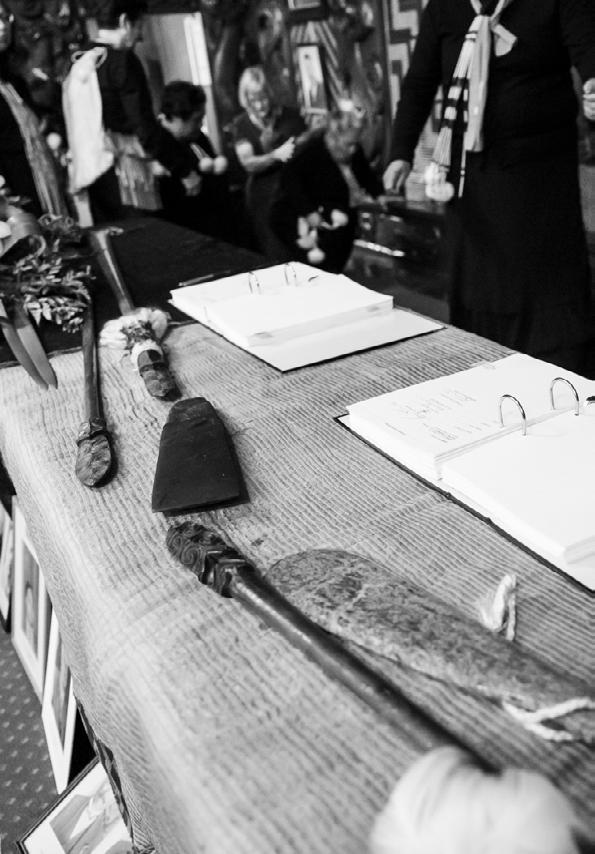
The Minister of Conservation Willow-Jean Prime promised that iwi would play “a leading role in the future of their tupuna maunga.”
“A role they will no longer to have to fight for… no longer seeking or needing to challenge but building a new way of thinking and working.”
“We will all see and begin to understand Taranaki maunga the way ngā iwi o Taranaki have always seen him… as his own identity, a living being and ancestor, and a central part of your whakapapa.”
In the pōwhiri for the Crown, those who began the fight for the maunga redress but died without seeing it achieved were remembered by speakers including Rukutai Wātene of Ngāti Ruanui.




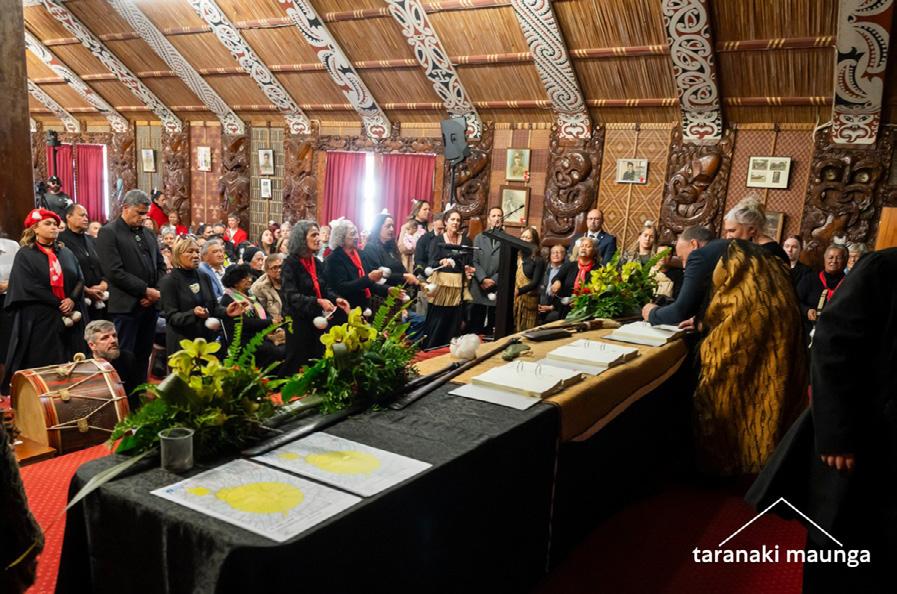
“Kia hoki anō ngā whakaaro ki a rātou mā kua mene atu ki te po. Nā rātou te tono, nā rātou te tīmatanga o tēnei whakaaro.”
Wātene said the maunga had been lost to Māori since 1865 – yet its waters still flowed, still persisted, and so did the iwi of Taranaki.
“E koropupū ana a rongo i ngā wā katoa. E kore e mimiti, kei te rere tonu te wai o tō tātou maunga ki te ngutu awa.”
TE PUNA || PAGE 13
“Nō reira, pērā i ngā iwi o Taranaki, kei te tū tonu ināianei, kei raro i tō tātou maunga tītōhea.”
AHUMAHI | DEVELOP OPPORTUNITIES TO LIVE AND WORK IN TE TAUIHU
KA URUORA
Ka Uruora is a collective iwi charitable organisation offering a programme of housing and integrated services to support whānau members achieve financial independence and improve wellbeing.
Ka Uruora began in Taranaki (where it commenced) and has grown it’s presence across the motu in parts of central Waikato, Hauraki and Te Tauihu. There are currently 4 iwi partners in Te Tauihu with others currently in the process of reviewing their involvement. Iwi partners include, Te Ātiawa, Rangitāne, Ngāti Rārua and Ngāti Tama.
Our goals are to support iwi aspirations to deliver housing for whānau by:


• facilitating the delivery of supporting education, savings and other services / support to empower whānau members move up the housing continuum and achieve financial independence and improve their wellbeing
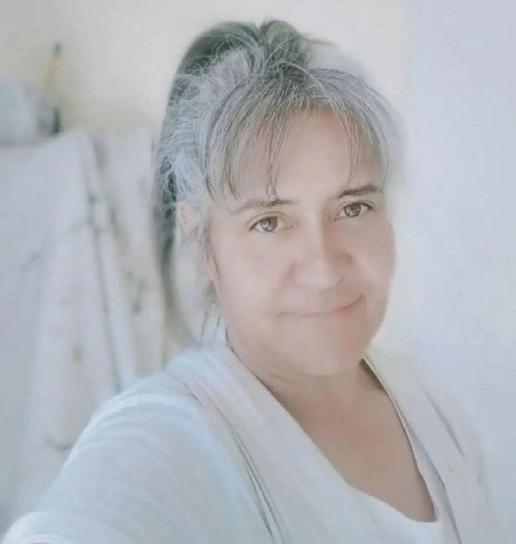
• facilitating access to funding to underwrite iwi delivery of affordable housing through its partnerships with the Crown and other funding partners
• overseeing and supporting the delivery of a mixed continuum of affordable housing solutions in iwi projects, including Affordable Rental, Community / social rental, together with Progressive Home Ownership
• working with best-in-class service partners to offer a leading best-in class Māori-focused approach to meet the needs of its iwi members.
UPDATE TO SEPTEMBER 2023 –KA URUORA TE TAUIHU
• Kai Whakakōkiri | Recruitment - The team have been successful in securing funding from the Rātā Foundation and Westpac Crown Innovation Fund to enable on-going operational delivery.
This has included the recruitment of two new local Pou Tūhono | Iwi Navigators who will work with whānau across the whole region, from Wairau to Mohua.

Debra-Lee Wilkie (Te Ātiawa, Ngāti Tama and Ngāti Rārua) and Quilla Kiore (of Ngāti Maniapoto) were appointed in April and are currently working on a plan to empower respective iwi and community groups to support their whānau.
TE URU AHUPŪTEA | FINANCIAL LITERACY PROGRAMS FOR WHĀNAU




Learn the steps you’ll need to take to own your first home. Budgeting, mortgages, deposits and lawyers can all seem overwhelming and out of reach, but with the right advice and some hard work, you might find that you’re closer to achieving your dream of owning a home than you thought.
Financial education is the first step to access our Ka Uruora housing opportunities. Our Financial Education wānanga cover everything from budgeting to mortgage applications. The following elements will be covered throughout the programme (see table left).
The team is currently planning the delivery of these wānanga to commence on 10 September and 13 September. Sign up now so you are ready when the right opportunity comes along. If you or your whānau are interested in attending please register your interest here by emailing Jasmine at: whanau@ngati-tama.iwi.nz
Options Where to start and what it all means Money Systems Setting goals and managing money Plan for the unexpected Protecting what’s important including insurance, wills and trusts Spending Money What influences us, our attitudes and behaviours Debts and your rights Ways to reduce debt Looking Ahead Making a plan,
Housing
identifying barriers and putting your plan into action
budget
tool
achieve
Smart
and investing, including KiwiSaver and HomeStart grants Free It won’t cost you anything to take part in Sorted Kainga Ora ?
Money Plans Using a
as a
to
your goals Save
Saving
Left: Debra-Lee Wilkie (Te Ātiawa, Ngāti Tama and Ngāti Rārua)
PAGE 14 || TE PUNA STRATEGIC POU
Right: Quilla Kiore (of Ngāti Maniapoto)

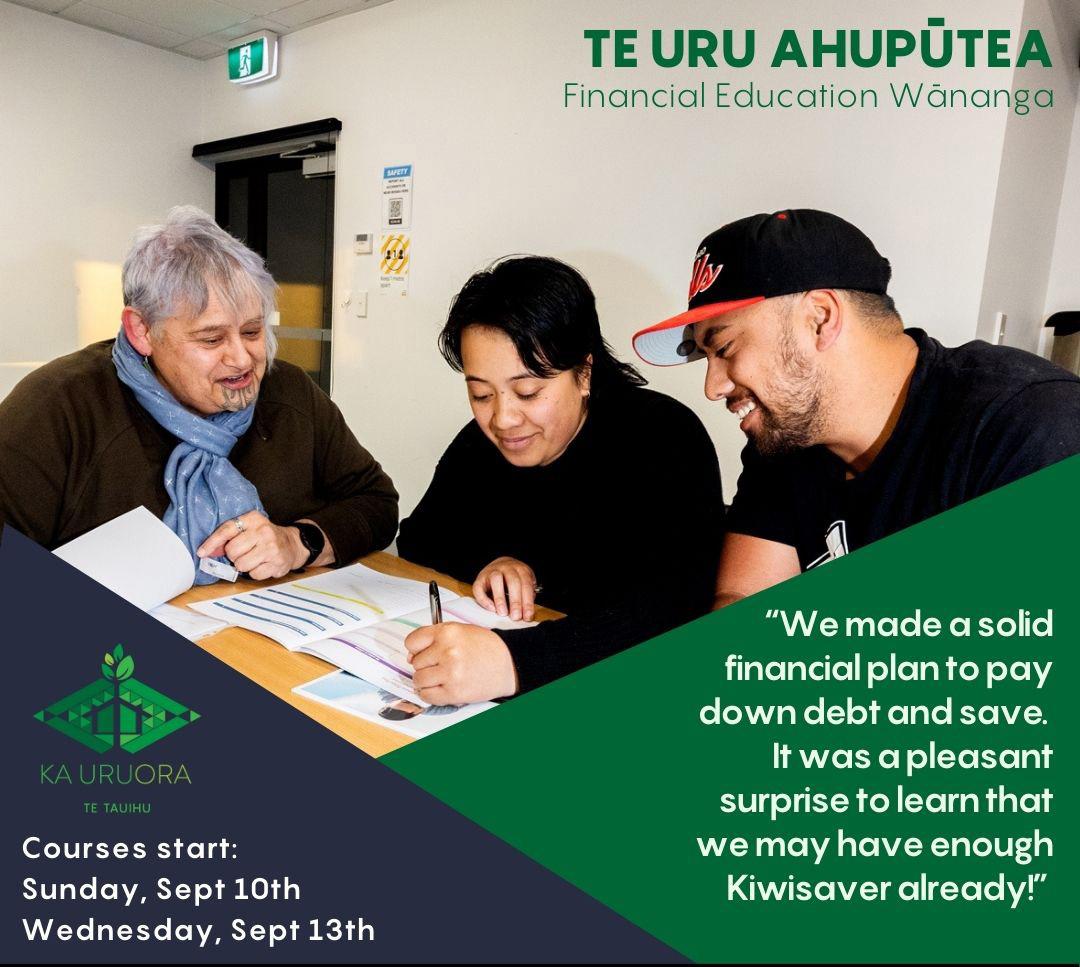
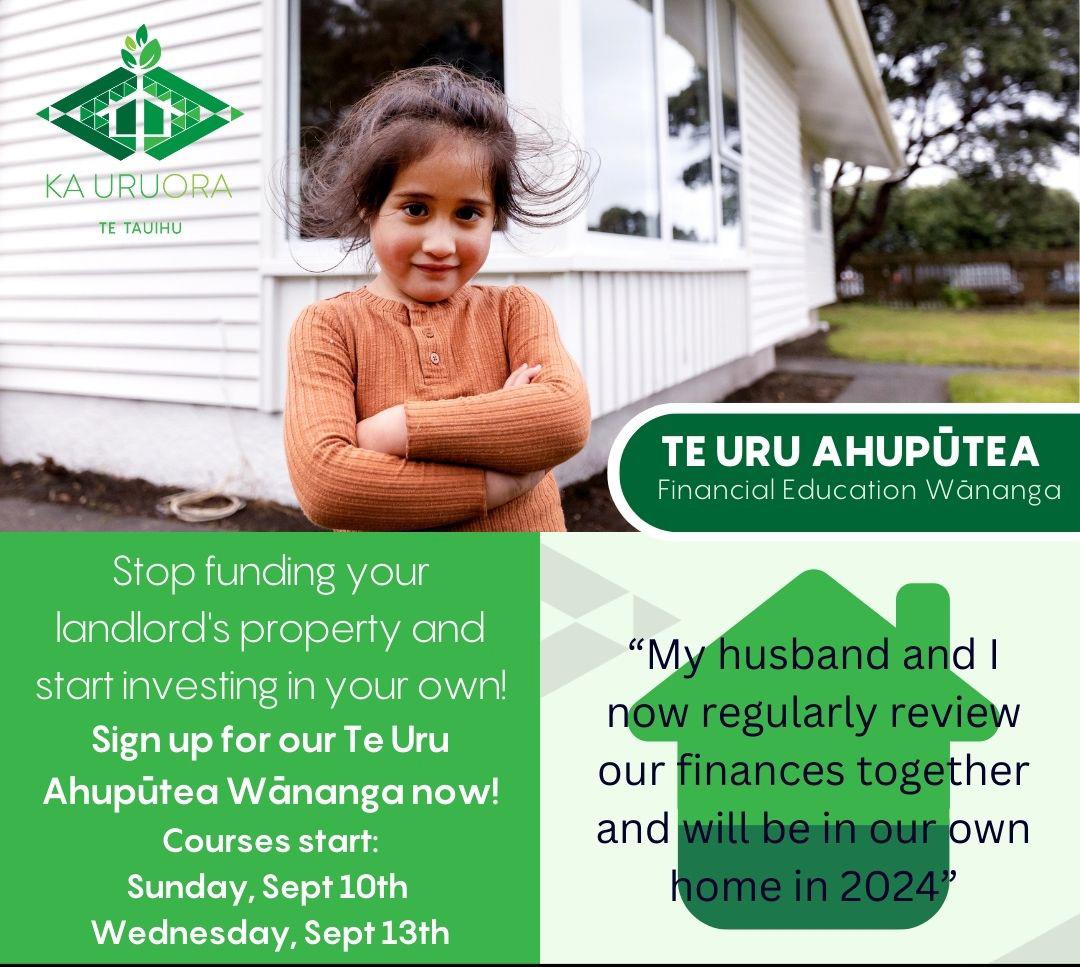
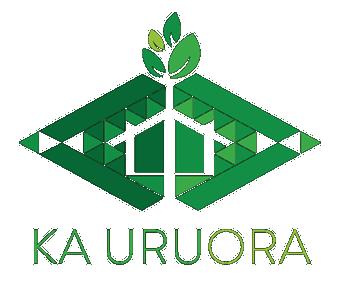


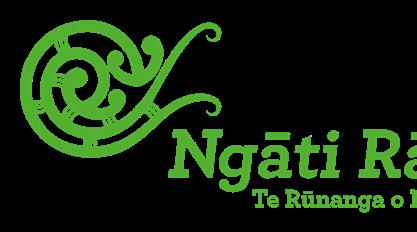
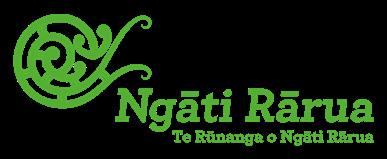


REGISTER YOUR INTEREST https://kauruora.nz/sorted-kainga-ora/ TE URU AHUPŪTEA Financial Education Wānanga SUNDAY SEPTEMBER 10TH and WEDNESDAY SEPTEMBER 13TH CONTACT Quilla Kiore 027-249-3627 Debra-Lee Wilkie 022-300-9244
Making the Tenths Whole
AN UPDATE ON STAFFORD V ATTORNEY-GENERAL - THE CASE AGAINST THE CROWN
What’s it all about?
This case is a private law case against the Crown. It’s led by Kaumātua Rore Stafford on behalf of the customary land owners of the Nelson Tenths’ land, which includes all Ngāti Tama members. It seeks to remedy Crown breaches of trust law in relation to the Nelson Tenths’ Reserves lands, which are located across Whakatū, Tasman and Mohua. The case has been running for 14 years and is getting closer to a conclusion.
The next stage of the litigation against the Crown is underway now in the Wellington High Court as part of a 10-week trial. Following a win in the Supreme Court in 2017, where the Court found that the Crown owes legal duties to the descendants (ngā uri) of the Nelson Tenths Reserves, the parties were directed back to the High Court to determine:
• Remedies available to restore the descendants to the position they would have been in, had the Nelson Tenths agreement been fulfilled by the Crown trustee – this is land in Whakatū, Tasman and Mohua, as well as compensation for land which the Crown no longer holds – the redress is significant;
• The extent of the Crown’s breaches with respect to the Nelson Tenths Trust; and
• Any defences the Crown may wish to argue.
Over the course of the 10-week hearing, evidence has been presented from expert customary witnesses on important cultural and other sites in Western Te Tauihu. The case has also been supported by Dr Vince O’Malley, who presented extensive historical evidence on the Crown’s breaches in relation to the Nelson Tenths and cultural lands, and Dr Madi Williams, who presented evidence on the extent of ownership, use and occupation of important whenua. Economic and valuation evidence has also been presented quantifying the value of losses to the customary land owners, since the formation of the Nelson Tenths’ Trust in 1845. To find out more go to the website, which contains fact sheets, articles, videos and other information on the case Te Here-ā-Nuku | Making the Tenths Whole website: https://tehereanuku.nz/

What’s next?
The High Court’s decision is expected in early-mid 2024. The collective of Tainui Taranaki iwi entities, including Ngāti Tama have been working together on this kaupapa with Matua Rore Stafford and his team, and have provided statements in support of the resolution of the proceedings against the Crown. While the resolution of these proceedings is aimed at the descendants of the Nelson Tenths trust (the beneficiaries) it has the potential to benefit all whānau, hapū and iwi in Te Tauihu as well as our wider community. Wakatū, in its capacity as current-day trustee of the Nelson Tenths, continues to fund the litigation and all related work, as well as supporting Matua Rore.
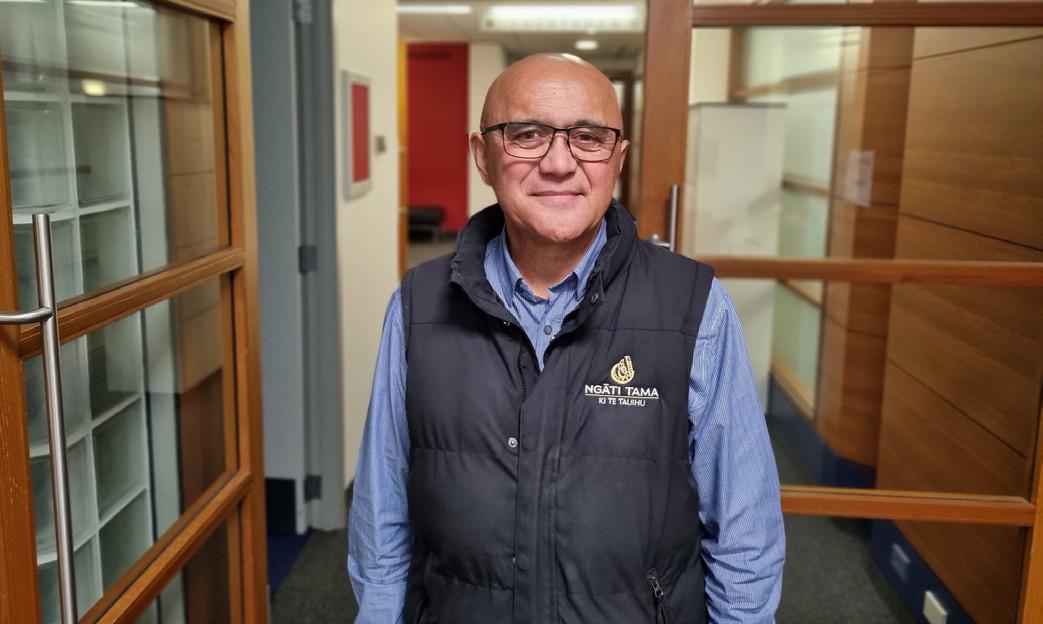
Once the decision is delivered by the High Court in 2024, further work will take place to develop the model for receiving the remedies sought. The principles underpinning the model include that any redress is collectively held and managed by all of the descendants.
What’s the significance for Ngāti Tama?
Given that all Ngāti Tama members will be part of the new model as a result of their whakapapa to the Nelson Tenths Reserves and cultural lands, this is an important kaupapa. We will continue to provide regular updates. Below is an image of Te Ahu Rei, with an explanation of his connection to the Tenths (please click on link), taken during the week he attended High Court in Wellington to support the presentation of evidence.
Images courtesy of Wakatū Incorporation. Photo credit: Melissa Banks
PAGE 16 || TE PUNA
Te
https://www.facebook.com/photo/?fbid=163054250184620& set=a.127804247042954
Ahu Rei - connection to the Tenths
AHUWHENUA | ENHANCE OUR SIGNIFICANT LANDS AND WATERWAYS

WAKAPUAKA TAIĀPURE AND HOROIRANGI MARINE RESERVE MAPPING PROJECT
Exciting things are happening in Wakapuaka. Ngāti Tama have partnered with Te Papa Atawhai, Nelson City Council, LINZ, Fisheries NZ, Port Nelson and NIWA to map the marine habitats of Wakapuaka and Horoirangi. Late in 2022, LINZ contractors scanned the sea with a multi-beam sounder. This piece of equipment is expensive to run, and scans the sea floor collecting lots of data such as hardness, aspect and roughness. From these layers of data, we can identify likely areas where habitat forming plants and animals might be present on the sea floor. These species might be sponges, mussels, corals, sea weeds or scallops to name a few. We know very little about marine habitats and to know where these things are will help us to protect and regenerate the area.
Now that we have the data, the fun work begins! We need to see what those interesting areas we’ve found actually look like. We do this by dropping instruments such as cameras and sediment
grabs down to see what we can see. The partners are looking for some keen whānau members to help us with this mahi. If you are passionate about the moana and think you have what it takes to spend days at sea deploying instruments, we have an opportunity for you. This paid role will take a number of weeks, and is your chance to be involved in cutting edge marine research. While undertaking the research, you are also logging commercial sea time and learning boat skills along the way!
If boating is not your thing and computing is, we will have a lot of videos to analyse afterwards. Full training will be given and you get to analyse the underwater world from the comfort of your computer screen.
This kaupapa is just the start, and we are looking to scale up to cover all of the special places in Te Tai o Aorere through the Kotahitanga mo te Taiao Alliance. So getting a foot in the door now could potentially lead to bigger and better things.
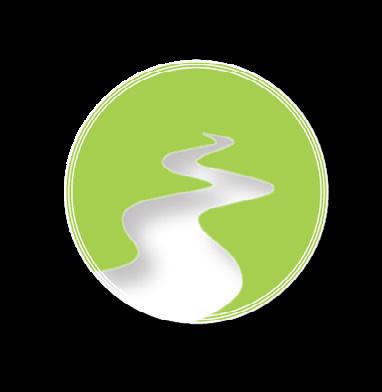
If you are interested in learning more about this opportunity, please contact Taiao Manager Dayveen:
taiao@ngati-tama.iwi.nz
OUR VALUES
part of our Ngāti Tama genealogy
Whakapapa Wai is
Kaitiakitanga
A responsibiliy to ensure Wai is respected and protected for today and for the future of our generations.
Mauri
NGĀTI
HĀ Ā NGĀTI TAMA
Ensuring the mauri of our natural resources is protected and enhanced for the health and wellbeing of natural resources overtime. Tikanga and Kawa Ngāti Tama Tikanga and Kawa will guide the use and management of our natural resources.
TAMA WAI
TE PUNA || PAGE 17 STRATEGIC POU
TE MANA O TE WAI
Wai is a taonga
that we need to protect and maintain.
WĀNANGA SUMMARY REPORT
Prepared by Dayveen Stephens - Pou Taiao
In relation to Te Wai Hā a Ngāti Tama Our Wai strategy, we are engaging with you to ensure we bring our whānau on the journey to design and implement our Wai strategy. It is fundamentlly important we ensure our whānau are kept informed of our progress and have an open door approach for any feedback that is imperative to the development of our strategy.
Contained in this report are two elements which pertain to our progress and how we would like your views to shape our next steps;
1. Whānau Feedback from past wānanga
2. Survey to gain your feedback to help shape the whānau views based on:
• Vision aspirations
• Conceptual values for Wai and
• Guiding Statements
Once we receive your feedback in response to the survey, this in turn will inform the design and implementation of our strategy. We thank you for your engagement in this journey and know this is only the start for us now and for our future uri of Ngāti Tama.
TE WAI HĀ A NGĀTI TAMAOUR WAI STRATEGY WHĀNAU FEEDBACK
In December last year we conducted a survey for whānau with the purpose of gaining your insights around understanding and knowledge around Wai;
1. Wai Māori 2. Stormwater 3. Wastewater
Over 70% of the whānau insights wanted more information and suggested they were delivered through wānanga. After listening to the whānau we planned out the year and decided to give oppohold wānanga for our whānau. This year we held three wānanga for whānau
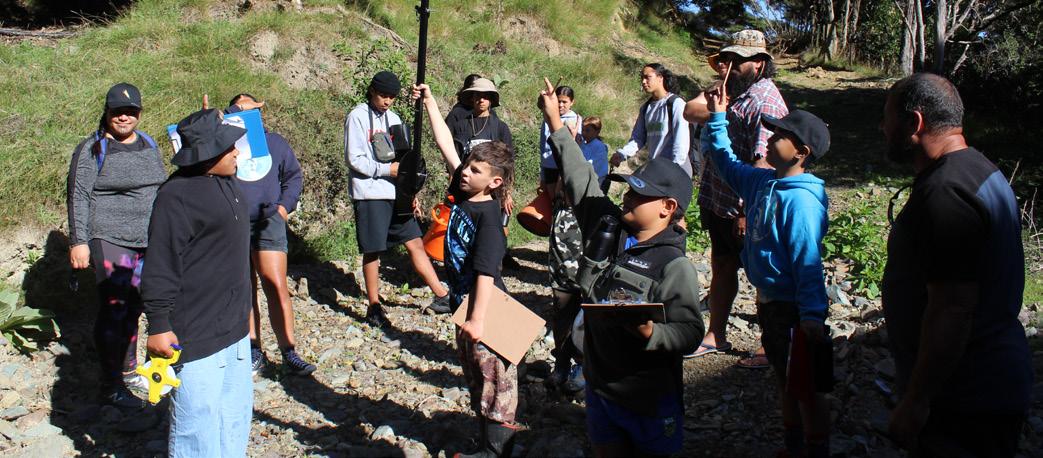
• Motueka Awa
• Waireka ki Wakapuaka Rangatahi Wānanga
• Wastewater Wānanga
• Puanga | Matariki
All communications regarding the wānanga were sent out via our social media platform Facebook and via our Ngāti Tama Whānau App. If you have any feedback relating to improving our communications process please let us know.
MOTUEKA AWA - 28 JANUARY 2023
The objective for this wānanga was based on the concept of Ki uta Ki Tai from Mountains to the Sea. As the Motueka Awa is a significant taonga to our whānau of Ngāti Tama the wānanga was aligned to the timing of our Hui a tau. Whānau were engaged via site visit to certa in sites of the Motueka Awa and some whānau had the opportunity of travelling to one of the sources of the Motueka Awa Maungakura.
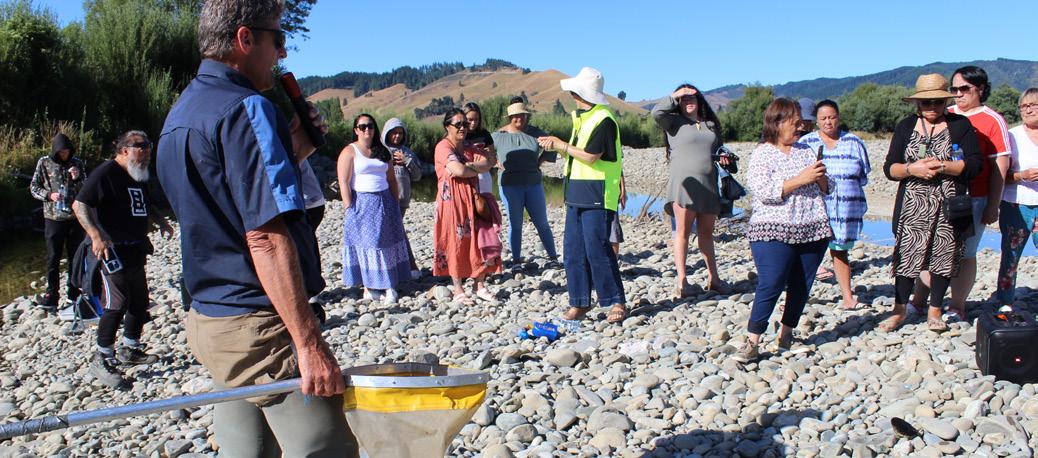
Approx numbers in attendance: 90
Feedback received;
• Very Informative
• A good opportunity to find out more about our Awa
• Was good to see all the whānau at this hui
• The Council staff were very knowledgeable, we need to be like that so we can teach our own
WAIREKA KI WAKAPUAKA RANGATAHI WĀNANGA - 11 MARCH 2023
Incorporating our rangatahi voice into our strategies is key to ensuring our aspirations are carried through into the next generation(s). Approx numbers in attendance: 25
“Wakapuaka is a nice place, be good to build a papakāinga and a Kura and Whare Wānanga out here”
“I found some baby eels in the river”

“Learning about the different species in the awa”
“It was cool to follow the Awa from the source to the estuary”
FEEDBACK RECEIVED
PAGE 18 || TE PUNA
Right top: Whānau at Waireka ki Wakapuaka Rangatahi Wānanga Right bottom: Whānau at Motueka Awa
WASTEWATER WANANGA13 JULY 2023

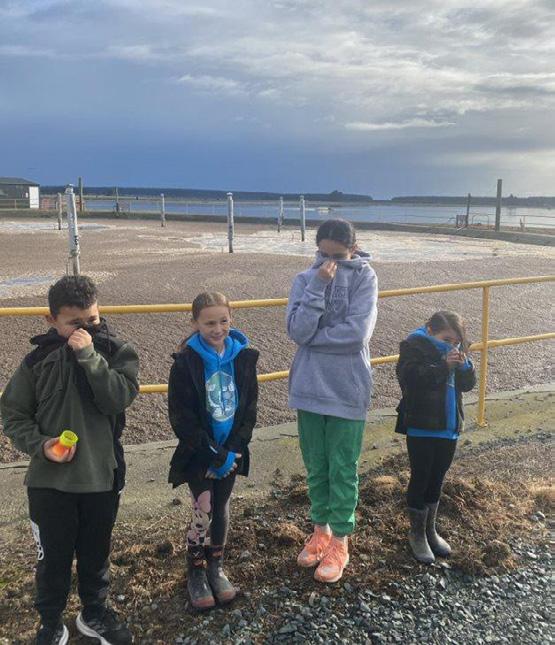

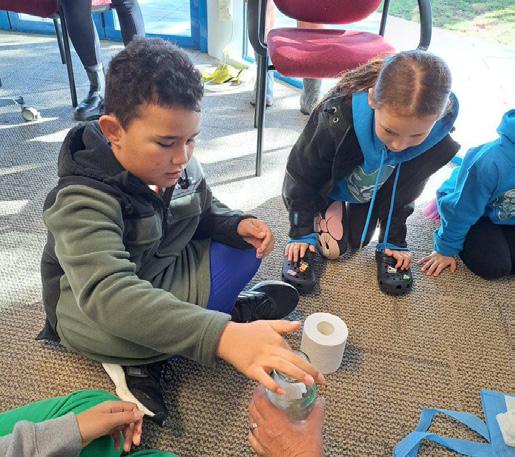
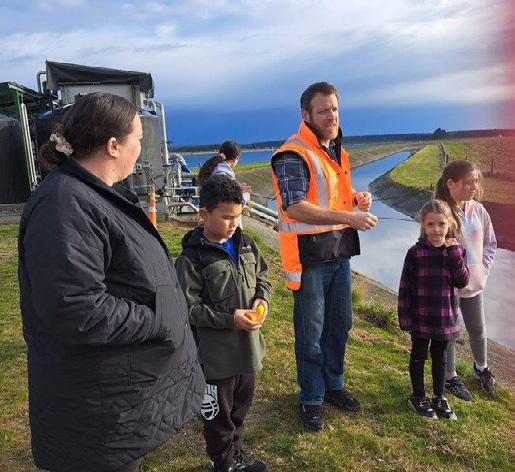
From the survey whānau had a limited understanding on what is wastewater and how it is treated. With our relationship with local Councils, Ngāti Tama and Tasman District Council alongside Nelson Regional Sewerage Business Unit a joint wānanga was held for our whānau. We incorporated a workshop at the Council buildings and also had a site visit to Bell Island Wastewater Treatment Plant.
Approx numbers in attendance: 10
“Why is it being discharged into our Moana?”
WHAT’S THAT SMELL?
Anaerobic decomposition of organic compoundsA natural by-product of anaerobic digestion is hydrogen sulfide (H2S), which gives off a strong, nauseating smell.

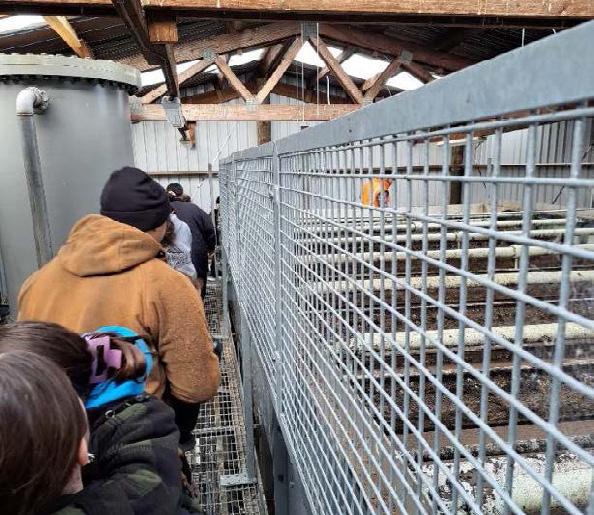
FEEDBACK RECEIVED
PUANGA/MATARIKI15
Ngāti Tama celebrated Puanga at Te Uma in Motueka this year. As part of our genealogy the way in which Wai is connected throughout Te Ao Māori and related directly through Matariki and in our case as whānau who originate from Tokomaru Waka, Puanga the importance of understanding the connection of Wai to our celestial beings is fundamental to our holistic view of Te Ao.
Approx numbers in attendance: 40

TE PUNA || PAGE 19
From left: Brad Nixon (NRSBU) talking about the discharge section of the process. 2. Whānau been shown inside part of the Wastewater Treatment Plan on Bell Island. 3. Our whānau conducting experiment with TDC staff. 4. Bell Island Wastewater Treatment Plant in the background of 1 of the Oxidation Ponds.
Below: Te Ahu Rei leading waiata at Te Uma during the hāngī breakfast.
JULY 2023
“It’s smelly here.”
“Thats a lot of rubbish that get put down the toilets.”
“I wouldn’t want to get kaimoana out of there?”
“I never realised how our wastewater gets treated and the process it takes before being discharged”
“It’s good to know biosolids can be used to fertilise forestry land”
TE KŪKŪWAI O WAKAPUAKA 30 AUGUST 2023
Ngāti Tama invited students from Te Kura Kaupapa Māori o Tuia te Matangi to a site visit at Te Kūkūwai o Wakapuaka to learn and gauge an understanding of the ecosystems of the coastal wetland alongside Olya Abbot from The Nature Conservancy.
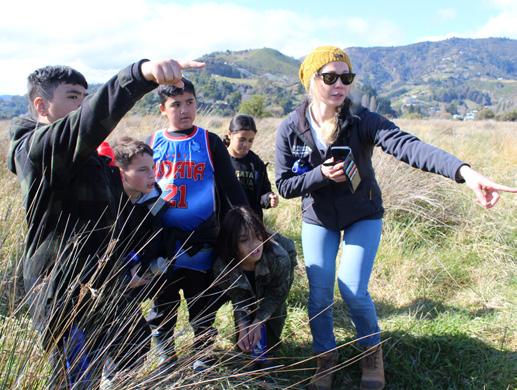
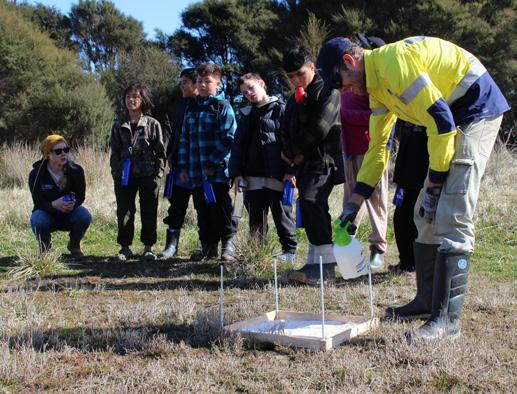

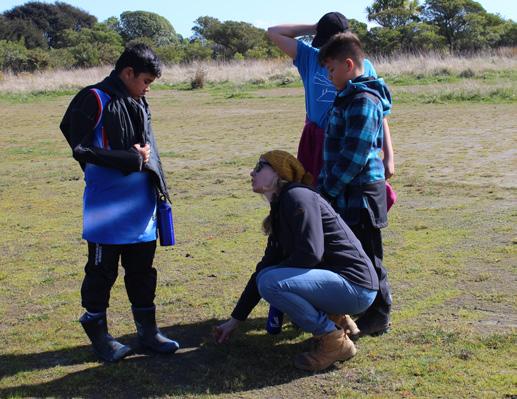


Treena Shee, Pouako was excited for her students to learn about different aspects of the Taiao and how these learnings would be enriched with a Mātauranga Māori lens. Particularly, around the climatic changes Te Ao is going through and understanding why this is happening was a highlight of the visit.
Our Pou Taiao, Dayveen Stephens was super excited to have the next generation being part of this project.
WHAT IS BLUE CARBON ABOUT?
Reducing greenhouse gas emissions and restoring wetland’s carbon storage capacity.
The carbon stored in coastal ecosystems – is of growing interest among scientists and policymakers worldwide as a critical climate change mitigation and adaptation tool. Mangroves, seagrasses, and saltmarshes line vast coastlines globally, absorbing and storing carbon at concentrations up to five times greater than terrestrial forests. This ‘blue carbon’ can remain in the sediment for hundreds to thousands of years, making it one of the longest-term natural solutions to climate change. Coastal ecosystems also provide coastal protection, flood mitigation, trap sediment and nutrients, and provide fish habitat, nursery areas, and critical areas for migrating shorebirds.
Coastal wetlands are globally vulnerable to agricultural and coastal development, leading to greenhouse gas emissions, biodiversity, amenity, and resilience loss, and limiting their potential as carbon sinks. Given the current sea level rise projections, the survival of remaining coastal habitats is increasingly endangered, and coastal wetlands are predicted to migrate inland.
The Nature Conservancy (TNC) is looking for practical solutions to the dual crises of climate change and biodiversity loss by investing in research and mapping, running pilot projects, and providing policy advice on blue carbon.
Reducing greenhouse gas emissions from degraded wetlands and restoring a wetland’s carbon storage capacity (as well as its natural habitat and biodiversity) generates carbon credits which can have a tradeable value on the voluntary carbon market in New Zealand.
Blue carbon restoration principles can be applied to a range of sites, including degraded or modified land that was previously a coastal wetland. Restoration works can involve simply restoring tidal flows or may require more advanced intervention and engineering.
TNC is working with the Cawthron Institute, GNS Science, Manaaki Whenua Landcare Research and Pattle Delamore Partners to carry out fieldwork and modelling investigations so that TNC can assess the suitability of a range of sites for blue carbon credits under a voluntary carbon credit scheme.
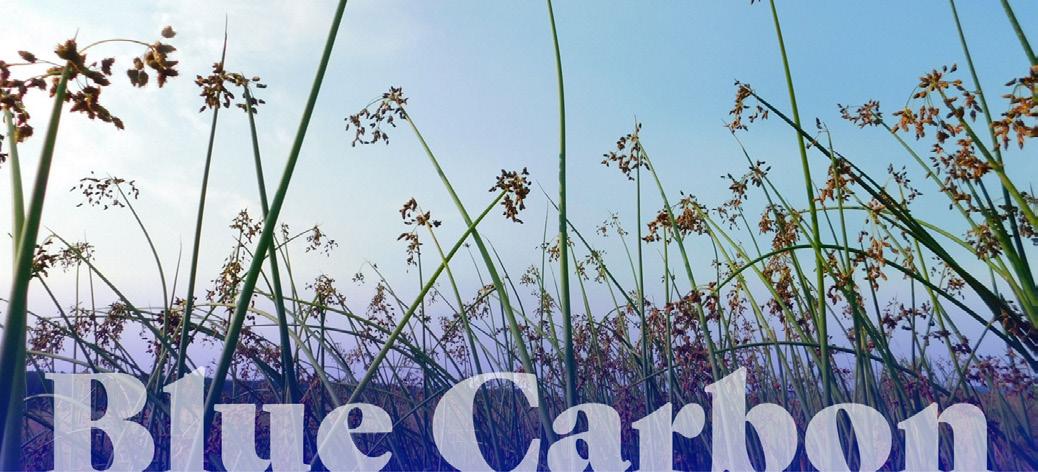
WAKAPUAKA ESTUARY COURT CASE
DELAWARE BAY ESTUARY
Date: Monday 9th October 2023
Location: Nelson District Court, 200 Bridge St, Nelson.
Start Time: 9.30am
Presiding Judge: Judge Steven
PAGE 20 || TE PUNA
Olya Abbot from The Nature Conservancy, kaimahi from the Cawthron Institute and Treena Shee with her akonga, out in the Taiao learning about different aspects of climate change.
The Wakapuaka Estuary court case is to take place on Monday 9th October at the Nelson District Court. Whānau wanting to support this kaupapa or ask any pātai about the proceedings can email Dayveen Stephens at: taiao@ngati-tama.iwi.nz
AFFORDABLE WATER REFORMS
How did we get here?
In October 2021, the Government announced its plan to reform Aotearoa New Zealand’s Three Waters infrastructure system. This followed a period of time where the Government had made the case for change.
Click here to read about the Governments 3 Waters review.
WEB ADDRESS: https://www.dia.govt.nz/Three-waters-review
What was the case for change?
The Government commissioned a range of advice to understand the challenges that Aotearoa New Zealand faces in terms of its water infrastructure. These reports, which were supported by economic modelling, suggested that the cost of ensuring that our water infrastructure is fit-for purpose and future proofed would cost in the range of $120 billion and $185 billion nationally, over and above already planned investment, in the next 30 years.
In considering this, the Government formed a view that the continuation of ownership and management of the three waters assets and services (which are currently predominantly owned and delivered by local councils) would be better placed under a new water services entity. Without change, the costs to households for improving water infrastructure will be unaffordable for most New Zealanders.
New Affordable Water Reforms
In April 2023, the Government, following engagement with the local government sector, transitioned the 3 waters programme into a newly formed programme called Affordable Water Reforms. The newly formed Affordable Water Reforms agreed to establish 10 new regionally led entities, as opposed to the broader 4 entity led structure, placing the governance of water systems more into regions. These reforms proposed the following outcomes;
• safe, reliable drinking water
• regionally led and publicly owned water entities
• better environmental performance of wastewater and stormwater services
• efficient, sustainable, resilient and accountable multi-regional water and sewage services
• making it affordable for future generations
Click here to read about this plan.
WEB ADDRESS:
https://www.waterservicesreform.govt.nz/
The changes to the 3 waters programme and new Affordable Waters Programme are set out in the table on the following page.
RESOURCE MANAGEMENT REFORMS
In 2019 the Government appointed an expert panel to review the Resource Management Act (RMA) and consider whether it was achieving what it set out to do. The panel published its comprehensive review in July 2020.
In February 2021, the Government announced it would repeal the RMA and enact new legislation based on the recommendations of the panel.
The three proposed Acts were:
• The Natural and Built Environment Act (NBA), as the main replacement for the RMA, to protect and restore the environment while enabling development
• The Spatial Planning Act (SPA), to support the development of long-term regional spatial strategies (RSS) to help coordinate and integrate decisions made under relevant legislation
• The Climate Adaptation Act (CAA), to address complex issues associated with managed retreat.
The Natural and Built Environment and the Spatial Planning Bills were introduced to Parliament on 15 November 2022 and enacted into law on 24 August 2023. The Climate Adaptation Bill will be introduced to Parliament at a later date. Some changes apply immediately. However, most will come into effect over the next 8-10 years, and at different times in different regions. Many parts of the Resource Management Act 1991 (the RMA) will remain in place until then.
In terms of our role in the region, we are currently working on a collective exercise with councils to scope out the potential opportunities of becoming an early tranche region that sets out and informs some of the elements proposed for implementation in the new legislation. For information and detail on the reforms go to the following link.
A new resource management system for Aotearoa
New Zealand | Ministry for the Environment.
WEB ADDRESS: https://environment.govt.nz/what-government-is-doing/ areas-of-work/rma/resource-management-systemreform/a-new-resource-management-system-foraotearoa-new-zealand/
TE PUNA || PAGE 21
Establishment date
Four WSE’s
Ten WSE’s WSE boundaries closely based on New Zealand’s 16 regional councils and unitary authorities
All four WSEs fully operational by 1 July 2024
Staggered approach to the WSEs becoming fully operational, rather than all ten WSEs going live at once.
New WSEs will begin to be stood up from early 2025, and will all operate by 1 July 2026
Governance structure
Each WSE has a professional competency and skills-based board, appointed by its RRG
Regional Representative Group No requirement for each territorial authority owner to appoint a territorial authority representative to the RRG
Each territorial authority owner appoints one territorial authority representative to the RRG (except in the case of Auckland Council, which will appoint three RRG representatives)
Mana whenua involvement
Equal number of representatives from territorial authority owners and mana whenua on each entity’s RRG
The RRG appoints the independent skills-based board and sets expectations for how the entity is to be run but is not involved in the dayto-day governance and operation of the WSEs
WSEs would be subject to economic regulation (i.e. information disclosure, quality and price regulation) in a phased manner, with the Commerce Commission as the regulator
For Te Tauihu, we will become part of a regional entity called Entity H. A Regional Representative Group will be stood up with an equitable split of representation across council and iwi.
Regional Representative Groups (RRGs) are a partnership between Council and iwi. RRG’s have no role in the day to day governance and operation of Water Service Entities. The primary role of the RRG for each region is to:
• appoint the professional board
• to set expectations of how the entity is run that reflect the needs of communities.
• monitor and hold the board to account for meeting those expectations
NEXT STEPS
Our Management team are currently involved in a collective iwi/ council working group to plan and set clear expectations that
reflect our partnership to deliver on future arrangements. Key aspects to this work include:
• Partnership with Government Agencies Work with central government to support the establishment phases the new Entity H in Te Tauihu, including work to inform and implement of the new legislation
• Establishment of Te Tauihu RRG: work in partnership to establish the council/ iwi RRG in accordance with Government timeframes , including an appointment process and criteria for the appointment of professional directors to the WSE
• Water Service Entity (WSE): establish a Water Services Entity (WSE) that will have all regional water assets transferred to it. Agree an extensive, highly complex workplan for the successful transition.
ISSUE THREE WATERS REFORM AFFORDABLE WATER REFORM
Number of Water Services Entities (WSE’s)
services covered Drinking water, wastewater, and stormwater No change
Water
No change
No change
Economic regulation
No change PAGE 22 || TE PUNA
AHUORA | EXPLORE OPTIONS TO SUPPORT WHĀNAU WELLBEING AND INDEPENDENCE
GRANTS AND SCHOLARSHIPS
KOROWAI O PARA PARA SCHOLARSHIP
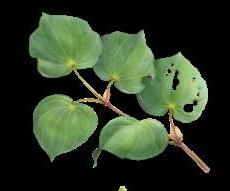
It symbolises the mighty maunga, Parapara, providing protection for John as he worked tirelessly to restore mātauranga to ensure tohora practices continue, the paepae at Onetahua Marae is maintained along with the mana of Te Waikoropupū Springs is upheld.
Last year the Ngāti Tama ki Te Waipounamu Trust Board carried out a review to continue to support whānau wellbeing and independence. As a result of the review, a framework was built to underpin our grants inspired by our values. We are committed to:

1. Providing whānau with long term tools for financial education, planning and navigator services.
2. Assisting Rangatahi with their education journeys.
3. Uplifting the wairua of our whānau by assisting with hauora grants.
4. Supporting our whānau to help with costs associated with raising their whānau and encouraging members to attend Tama events.
The above framework has prompted some new initiatives for example the establishment of a new grant – Tama Tū – which is aimed at supporting our whānau who are experiencing hardship. It has also initiated the development of a network of navigator services across the motu we can refer whānau onto to provide additional and ongoing support.
SCHOLARSHIP AWARDED
At the 2023 Hui-Ā-Tau in Motueka, we were very excited to award our first John Mitchell Scholarship to Kelsea Elkington who is studying a Bachelor of Health Sciences majoring in Māori and Indigenous Health.
It is great to be able to support our tertiary learners in the scholarship space. These scholarships will be awarded annually. We have recently awarded the Te Korowai o Parapara Scholarship dedicated to John Ward-Holmes to Harina Rinaha Rūpāpera.
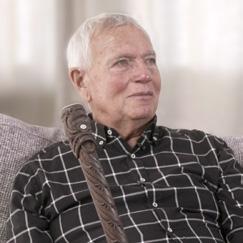
17/08/1946 – 17/04/2022
E aku nui, e aku rahi, aku whakatamarahi ki te rangi. Tangihia ngā mate. Haere okioki atu ki tua o Paerau, ki te huinga o te kahurangi
Ngā Tai o Tokomaru e, karanga mai
Ngā Tau o Tokomaru, maranga mai
Ngā uri o Ngāti Tama,
Ka hoki mai te wairua katoa
Tēnā tātou katoa i te ao e hora nei
Ko Horoirangi te maunga
Ko Maheipuku te pā
Ko Aorere te moana
Ko Wakapuaka te kāinga
Ko Paremata Te Wahapiro te tupuna
Ko Harina Rinaha Rūpāpera tōku īngoa
I am a descendant of Wī Kātene Tipo and Harani Te Kairangi who begat Te Rangiira Wī Kātene. My beautiful kuia was named Grace Huria, after Huria Matenga. I am here because of my whakapapa, and that is what I work for. I am a passionate practitioner of indigenous knowledge, deeply focused on oranga tonutanga. I have come from a journey of learning and healing to understand the space I navigate today.
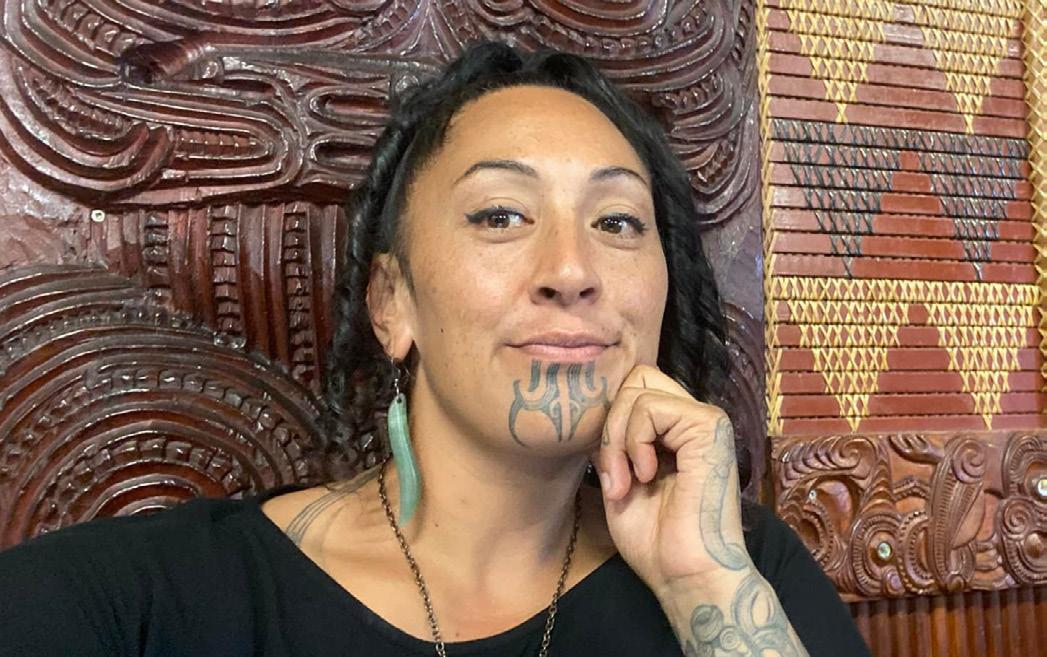
THIS SCHOLARSHIP IS TO HONOUR THE MEMORY OF John Ward-Holmes
TE PUNA || PAGE 23 STRATEGIC POU
HARINA RINAHA RŪPĀPERA
After having a powerful child Hāpai i te Rangi, at a young age I found myself living a life of re-connection experiences and exploring many realms of current issues many Māori face today. That journey became healing and at a later date, I completed a Bachelor of Teaching and a Diploma of Māori Education. The academic education path taught me many different life lessons and encouraged me to pursue and complete a Masters of Applied Indigenous knowledge with a focus on Cultural practices enhancing well being.
I explored tūpuna principles and kawa atua, through the work I do as a cultural whale harvester.
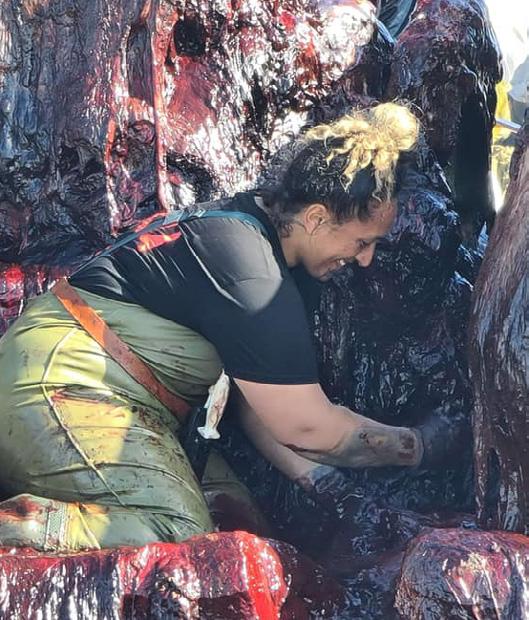
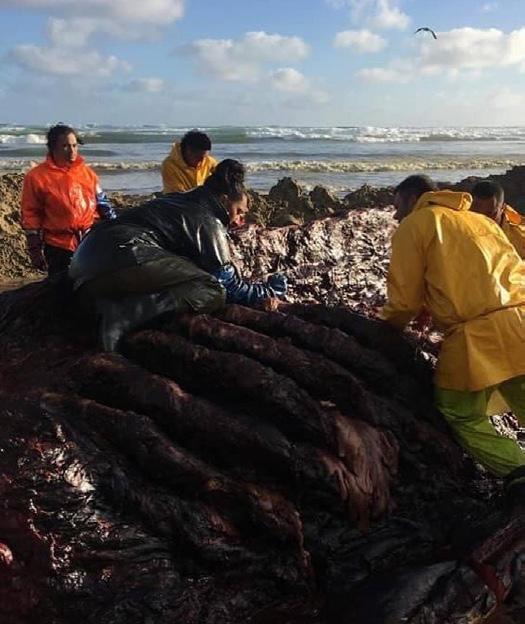
I am currently working full time in Te Arawa, for Te Arawa Lakes Trust as a community connector within the Tarawera Lakes Systems collective, Te Ora o Tarawera. I am also passionate about and have been leading the Te Arawa Environmental Youth Initiative for 5 years and a hapū native species study. I am so thankful and absolutely grateful for the scholarship I have received from my iwi, Ngāti Tama. As a proud Ngāti Tama descendant who is still on a journey of re-connection,
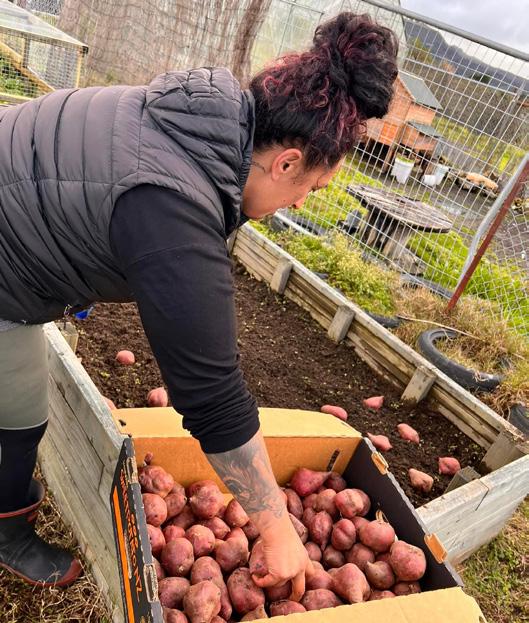
this financial support will help me along the way to completing my Doctorate of Philosophy. I have another year to complete my work and I plan on sharing the knowledge I gather with my many iwi. I have been aligning my thesis with an oriori by Enoka Te Pakaru, called Pōpō. I have been exploring different climate māra with geothermal in the Te Whakarewarewa village and a volcanic ash based earth field study Māra (garden) that uses a plastic polytene cover to keep crops moist without using water, at Te Puea orchard. Parts of my work involves a strong focus on Kūmara Cultivations aligned with Maramataka to inform resilient climate change strategy. I am more than happy to share the work and knowledge gained, with our people and I hope to one day utilise my expertise and skills to further our iwi through education, justice, economic development, social research, health and cultural practices.
E kore e mutu ngā mihi ki ōku whakapapa, tōku whakairatanga me ōku karangatanga maha, I whai waahi au ki te māramatanga me te matatautanga o ōku whenua.

Mauri Ora. Harina.
BOBBI WARD-HOLMES
Written by Waari Ward-Holmes
Our granddaughter Bobbi was born and schooled in Paris and after much discussion and having received a small scholarship to McGill University in Montreal, Canada it was decided she should do a B Com degree at McGill. A deciding factor being the extensive free French Health system is provided by the Quebec Government to French citizens.

Her mother is Dutch and English speaking and she also received 6 hours additional tuition each week in English whilst attending High School. They spoke English at home so she had no problems with attending an English speaking university, French being her primary language. She managed to get some part time work but help she received from the Ngāti Tama tertiary education grant was also very gratefully received and was also a Wakatū Scholarship winner. Bobbi completed her B Com in strategic planning in December and graduated last month.
Last Canadian summer Bobbi was accepted by Cognizant, a major world-wide IT consulting company to do a 12 week internship with their Montreal branch. Upon completing her degree she was offered full time employment starting
in February. One of her first jobs has been to work with Cognizant’s marketing people presenting to about 100 students with Aston Martin engineers and managers during Formula 1 week in Montreal. Cognizant being one of the main sponsors of Aston Martin who via Ferdinand Alonso were 2nd last weekend. She was rewarded with tickets to the paddock throughout the week and met their drivers.
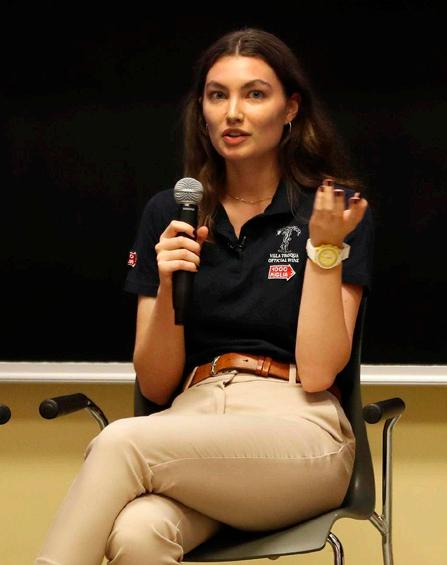 From left: Geothermal Tāpapa Māra, in Te Whakarewarewatanga o te Ope Taua a Wāhiao 2. Harina Rupapera, ploughing Te Māra o Ihiōpua, her PHD Field trial at Te Puea Orchard. Tokerau, a Sperm whale that washed up in Doubtless Bay in 2018 Te Aroha Pūmau (Photo credit Sylvia Wano), one of two Humpback whales that stranded along Te one Rangatira, Ripiro in 2018.
From left: Geothermal Tāpapa Māra, in Te Whakarewarewatanga o te Ope Taua a Wāhiao 2. Harina Rupapera, ploughing Te Māra o Ihiōpua, her PHD Field trial at Te Puea Orchard. Tokerau, a Sperm whale that washed up in Doubtless Bay in 2018 Te Aroha Pūmau (Photo credit Sylvia Wano), one of two Humpback whales that stranded along Te one Rangatira, Ripiro in 2018.
PAGE 24 || TE PUNA
Left - Bobbi graduating Above - Bobbi (photo from the Aston Martin F1 website).
SPORTING PROFILE
JOSH AND GUS OLLIVER Written by
Sarah Sparks
Dynamic duo Ngāti Tama rangatahi, Joshua (18) and Angus Olliver (20) have been pursuing their shared representative cricket and rugby dream ever since boyhood.
From their Kuia, Trish Sparks (Ngāti Tama) bowling to them in backyard cricket to their Koro, Lyn Sparks, a former rep cheering them on in High School games – their love of cricket has been a whānau affair anchored in whakapapa.
Both boys were capped to play in the Auckland all-Māori team selected by New Zealand Cricket last September which was a proud moment for the siblings on the national stage.
New Zealand Cricket Kaupapa Māori lead, Andrew Tara, was heartened by what he saw during that competition. “It was a pleasure to watch some of Aotearoa’s best Māori talent competing,” he said.
Both were in the Auckland Māori team that played Northern Districts in an inaugural T20 and over 50 match up in October. Fast bowler Gus’ stats were 3-26 that helped clinch the Auckland team the win.
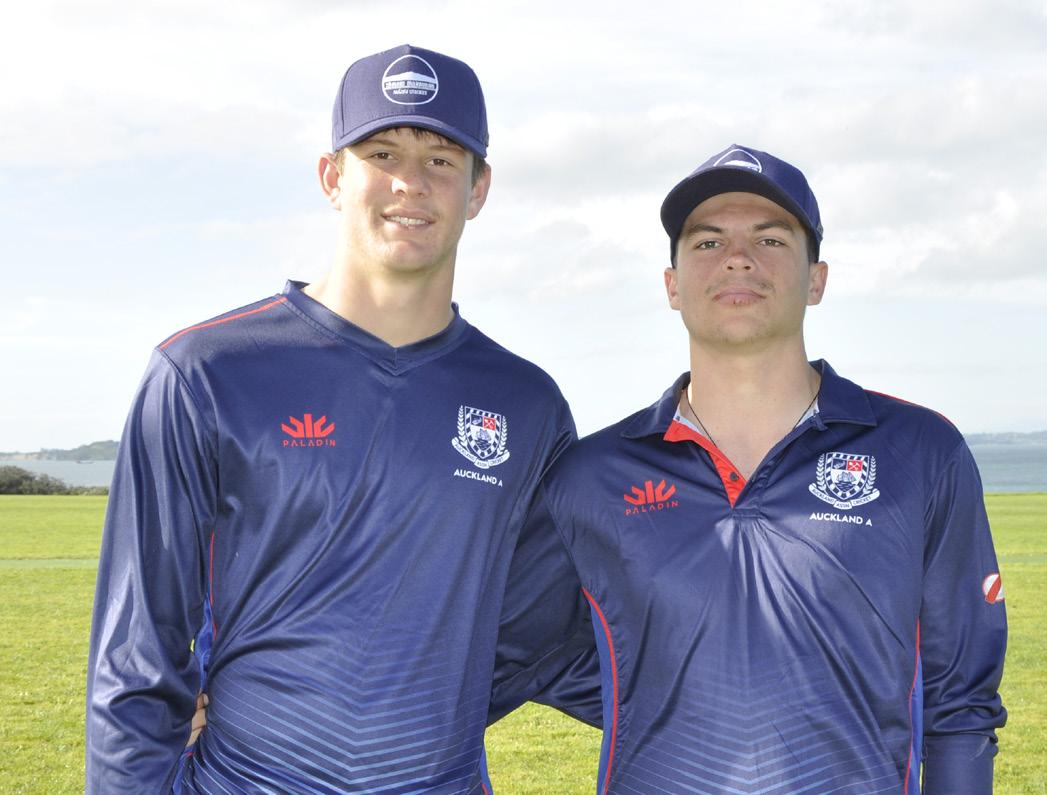
Then in January this year Josh was picked to play for New Zealand Māori in the first ever Rangatahi Cricket Festival in Tāmaki against Pasifika squad of representing the islands of Fiji, Samoa, Tonga, Cook Islands and Niue. They won the competition.
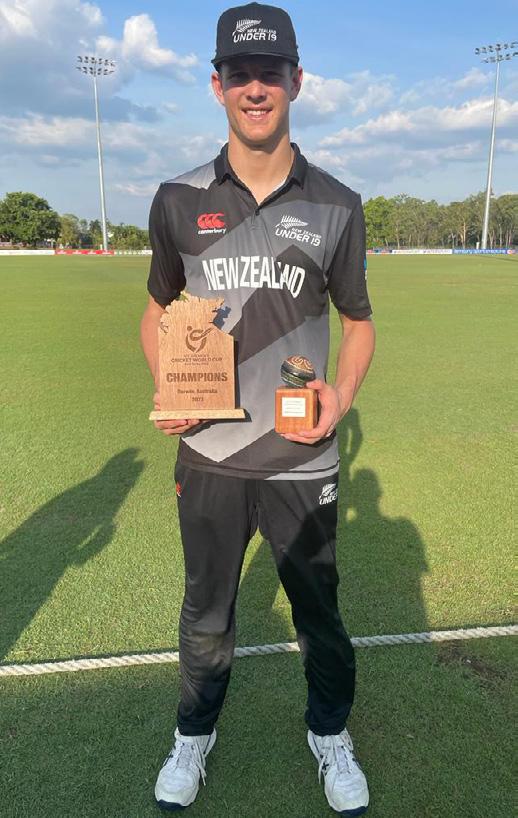
Regionally Josh, was also selected by Auckland Cricket Association to play in the U19 Eastern representative team that’s playing in the District Cricket, Summer 2022/23 season.
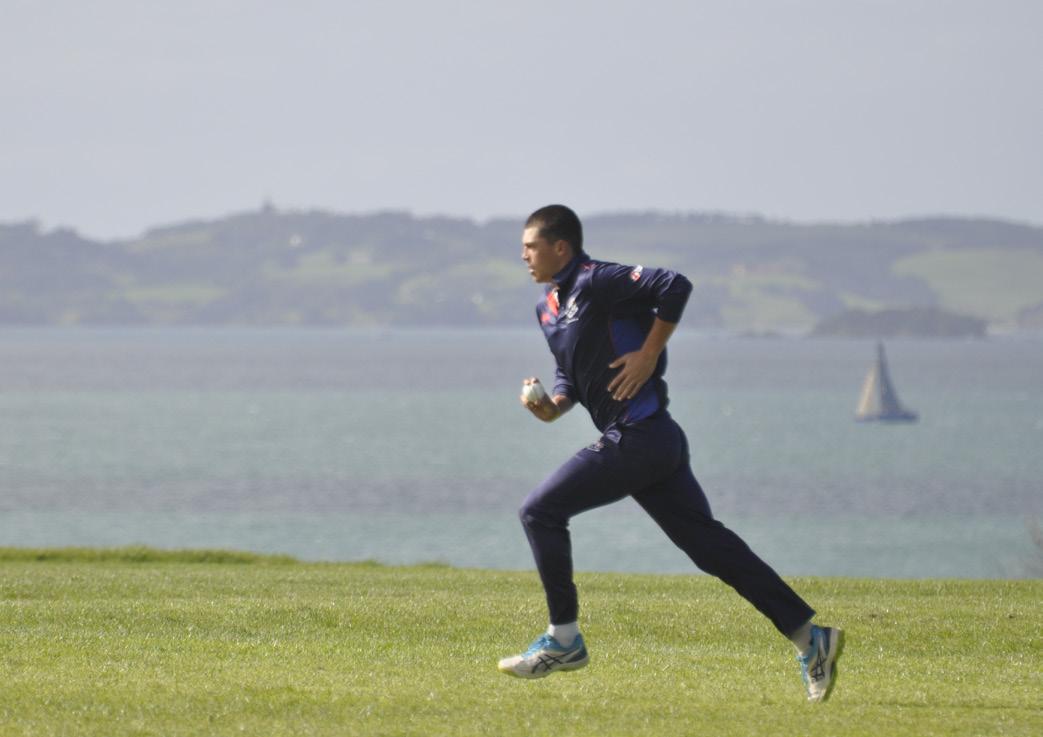
He is also an old Collegian of Kings College and former First XI player for the school. Similarly, his brother Gus played in the First XI for Auckland Grammar and was a former opponent in the annual Kings v Grammar matches.
More recently this season Gus has been doing damage at the crease fast bowling for the Premiere Men’s T20 Grade finalist, the Auckland University Cricket Club.
In May Josh was capped in the New Zealand Under 19 cricket team that went on to win the ICC World Cup Qualifying tournament in Darwin held in June.
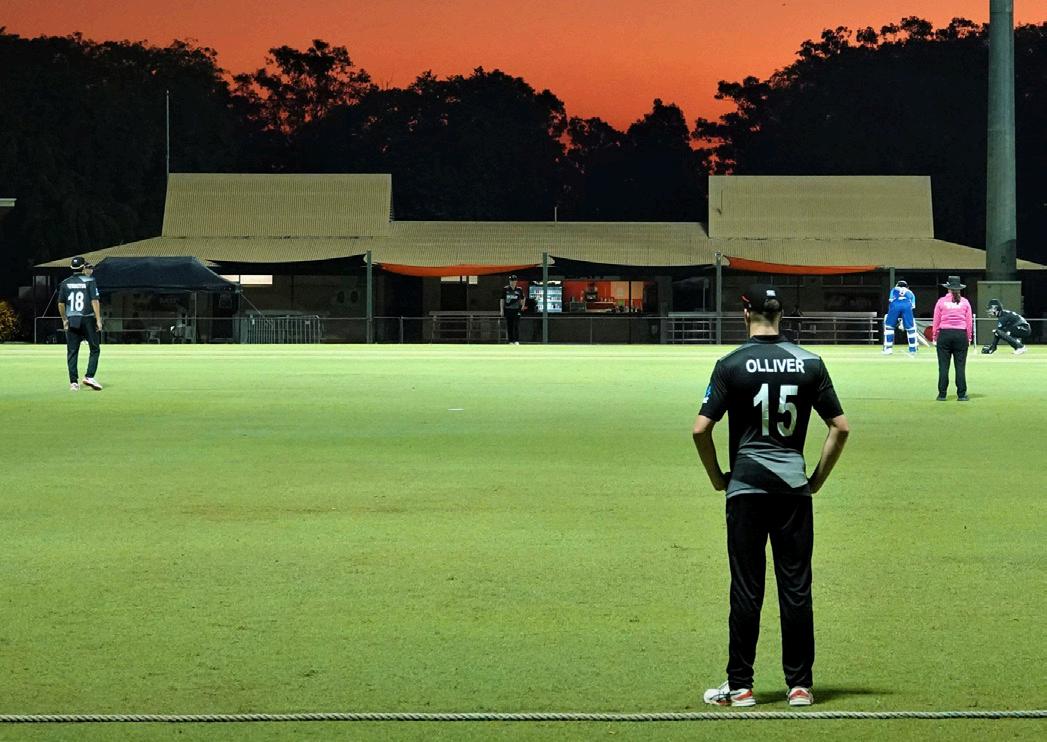
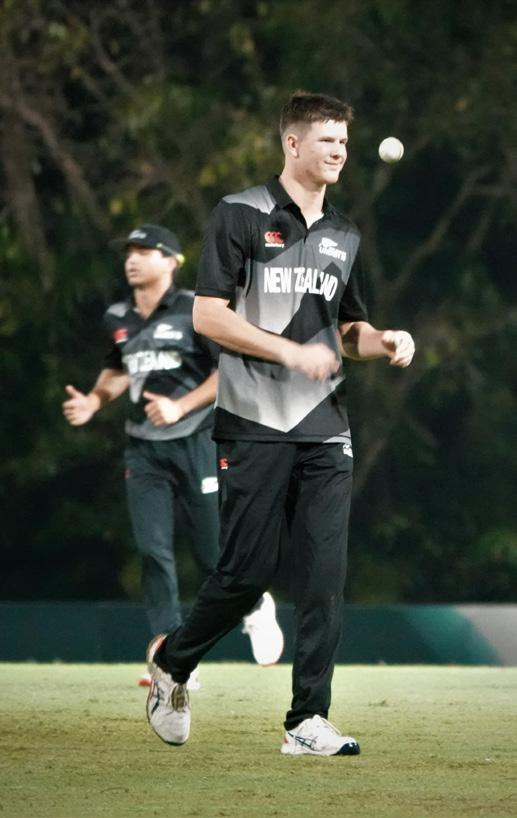
Aside from attending training camps at Lincoln University in the lead up to the U19 World Cup cricket team being named, Josh has played for the Auckland U19 team as lock while studying at Canterbury University.
Big brother Gus is currently playing a stint in the New Zealand Cup in the Under 85kg Rugby Competition converting tries and is also a fellow student at Canterbury University.
TE PUNA || PAGE 25
Left top - Josh in outfield in Darwin, Australia. Left bottom - Gus
Top of page - Josh (left) and Gus (right) – Auckland all-Māori team
Above left: Josh in Darwin at the ICC World Cup qualifying tournament
Above right: Josh bowling in Darwin, Australia.
TE MAUNU STEPHENS

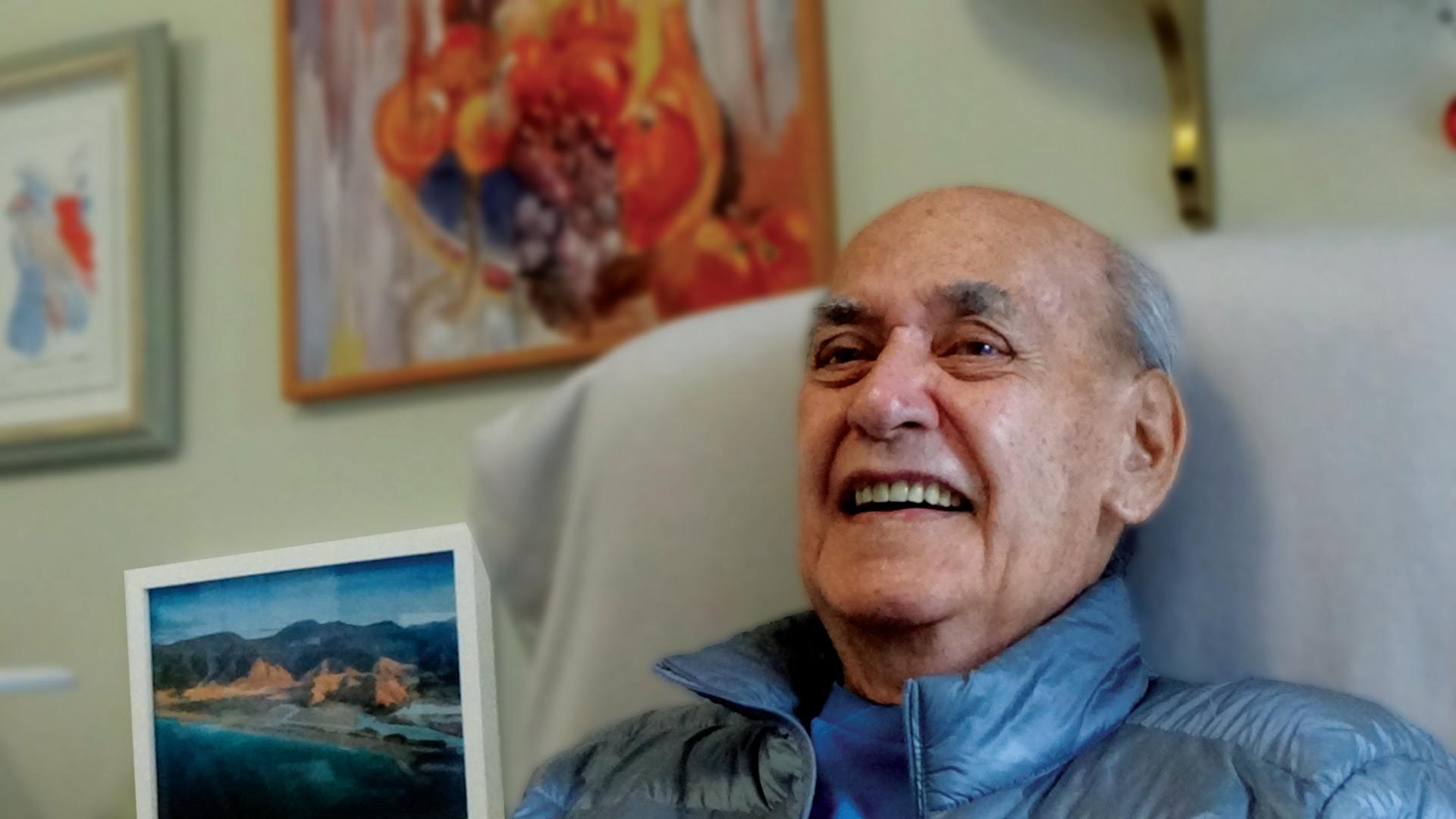
INTERMENT AT MOTUEKA CEMETERY
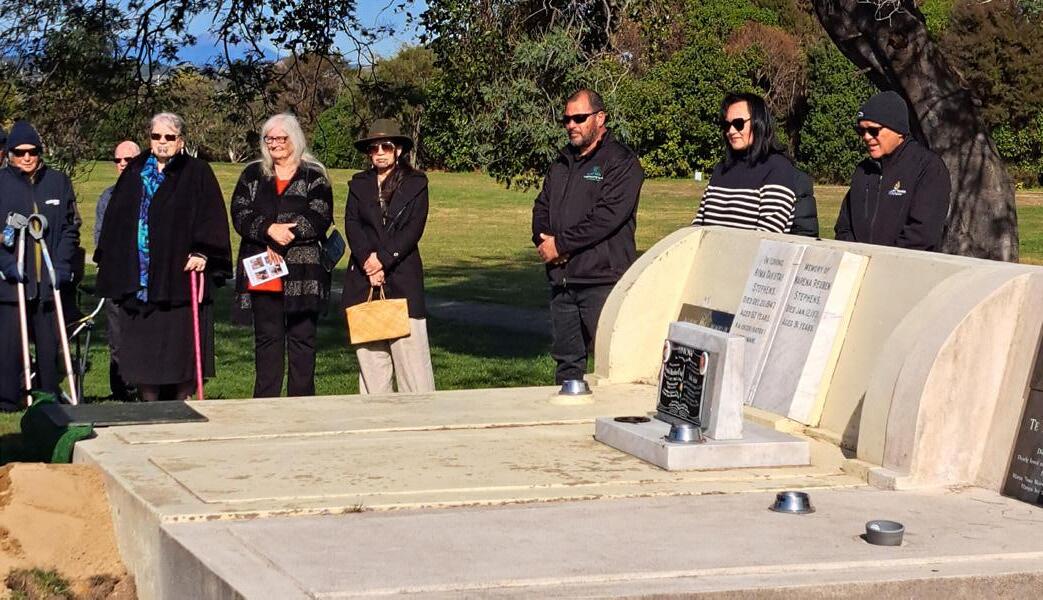
Saturday 29 July 2023
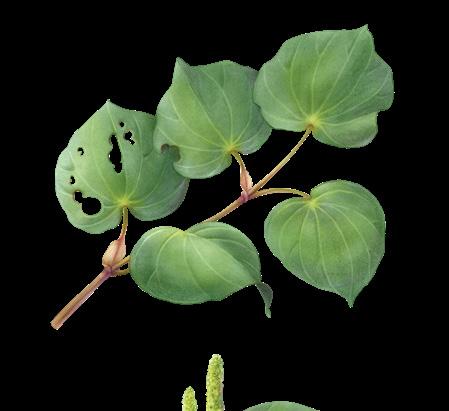
An interment ceremony took place at the Motueka cemetery in late July for the ashes of Te Maunu Stephens who died in Auckland in August. Family and friends witnessed the blessing and oral tributes to Te Maunu. Dayveen and Ānaru travelled to Auckland earlier this year to record his memories of growing up at Wakapuaka for the Ngāti Tama archives.
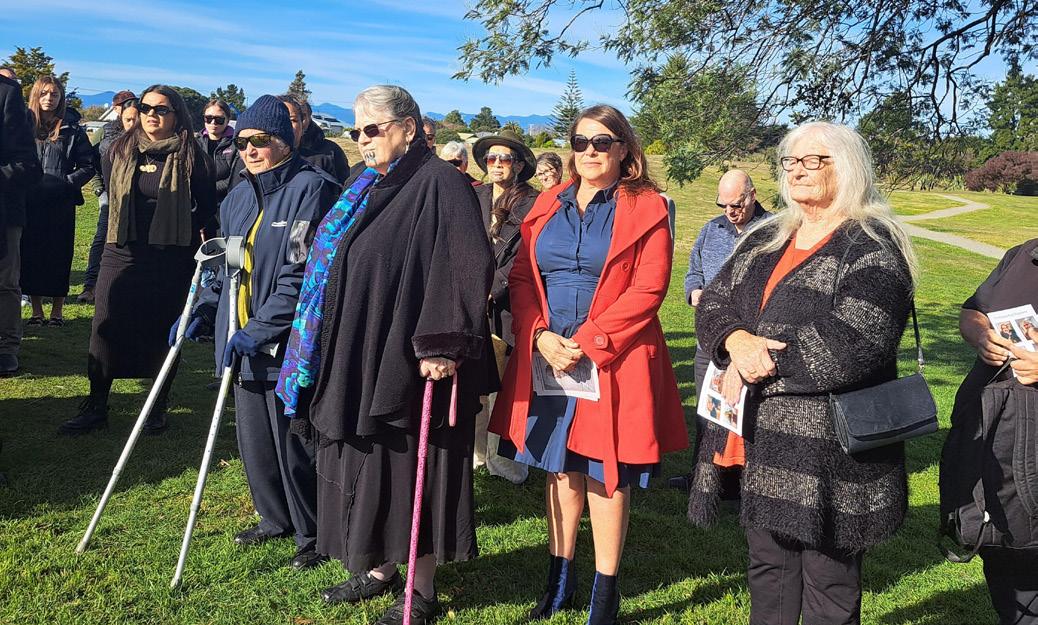
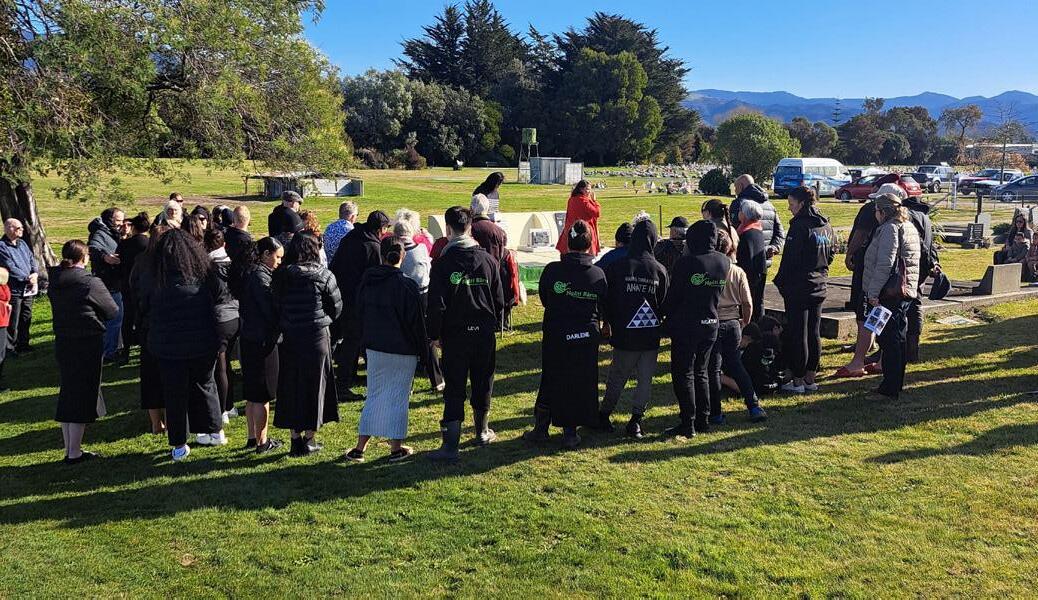
He was buried with his mother Minnie Stephens (nee Wright) of Ngāti Raukawa. His father Reuben Stephens is buried at the Haua urupā at Wakapuaka.
The ceremony concluded with ‘high tea’ and ‘hāngī’ hosted by Rima Piggott and the extended whānau.
PAGE 26 || TE PUNA
Whānau and friends at the interment at Puketutu.
KAWE MATE O TAUA PEGGY (NGĀTAIOMA) WHITTON KI TE PŪKENGA
NMIT, Wednesday 9 August 2023
A contingent of Ngāti Tama office staff supported Aunty Jane du Feu and whānau to take the ‘kawe mate’ of her mum, Taua Peggy (Ngātaioma) Whitton to NMIT at the request of Te Pūkenga staff.
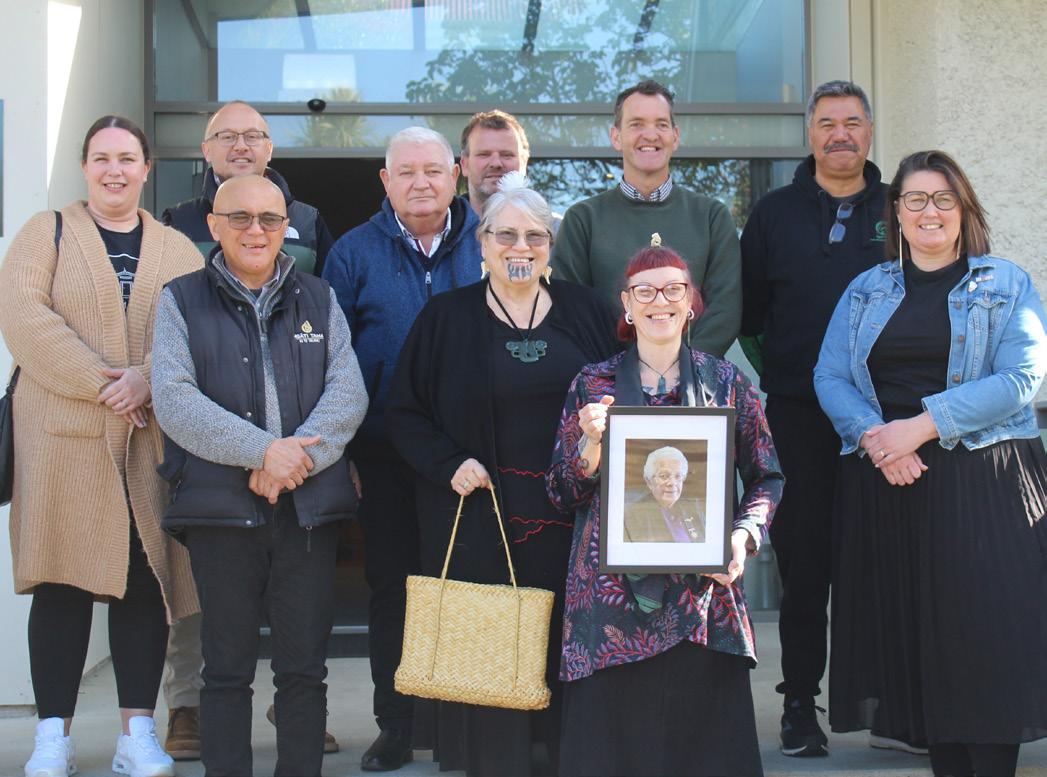
Taua was on the Māori Advisory Committee for NMIT for many years. Aunty Jane explained that the first Māori Language teaching course at NMIT was based on the ‘Te Tohu Mōhiotanga’ programme borrowed from the Taranaki Polytech in the early 1990’s. The kete in the photo is the original kete and resources that came to Te Tauihu from Taranaki to establish the programme. It was the only credited te reo qualification with NZQA at the time.
Many memories were recalled of the past tutors and students who were instrumental in the success of the programme at NMIT. Much has happened since then, including the NMIT becoming one of only thirteen providers selected by the Ministry of Education to teach the ‘Te Ahu o Te Reo’ programme to inspire, and support teachers and staff from early childhood centres to secondary schools. The programme has been running for over a year and has received positive feedback from participants.
PEGGY NGĀTAIOMA WHITTON (NEÉ HORO)
BORN: 30th June 1926
DIED: 2nd February 2023
96 years and 218 days old
IWI: Taranaki Tūturu, Te Ātiawa, Ngāti Tama
• Born in Taranaki in 1926
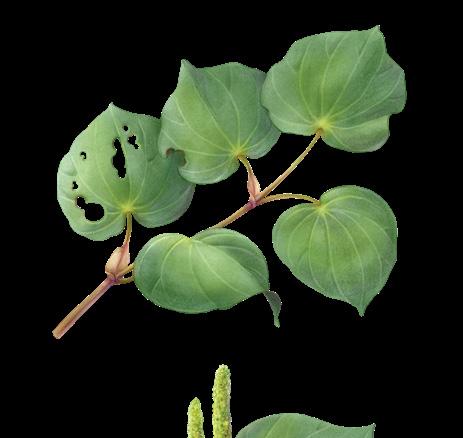
• Moved to Mohua in 1945
• Girl Guides Golden Bay District Commissioner
• Joined St John Ambulance Brigade in 1962became a Lifelong Volunteer
• Championship Lawn Bowler for Tākaka Bowling Club, United Bowling Club (Nelson) and the Ngāwhatu Bowling Club
• Joined the Māori Women’s Welfare League (Te Rōpū Wahine Māori toko i te ora) in 1977 and was the only member living in Mohua
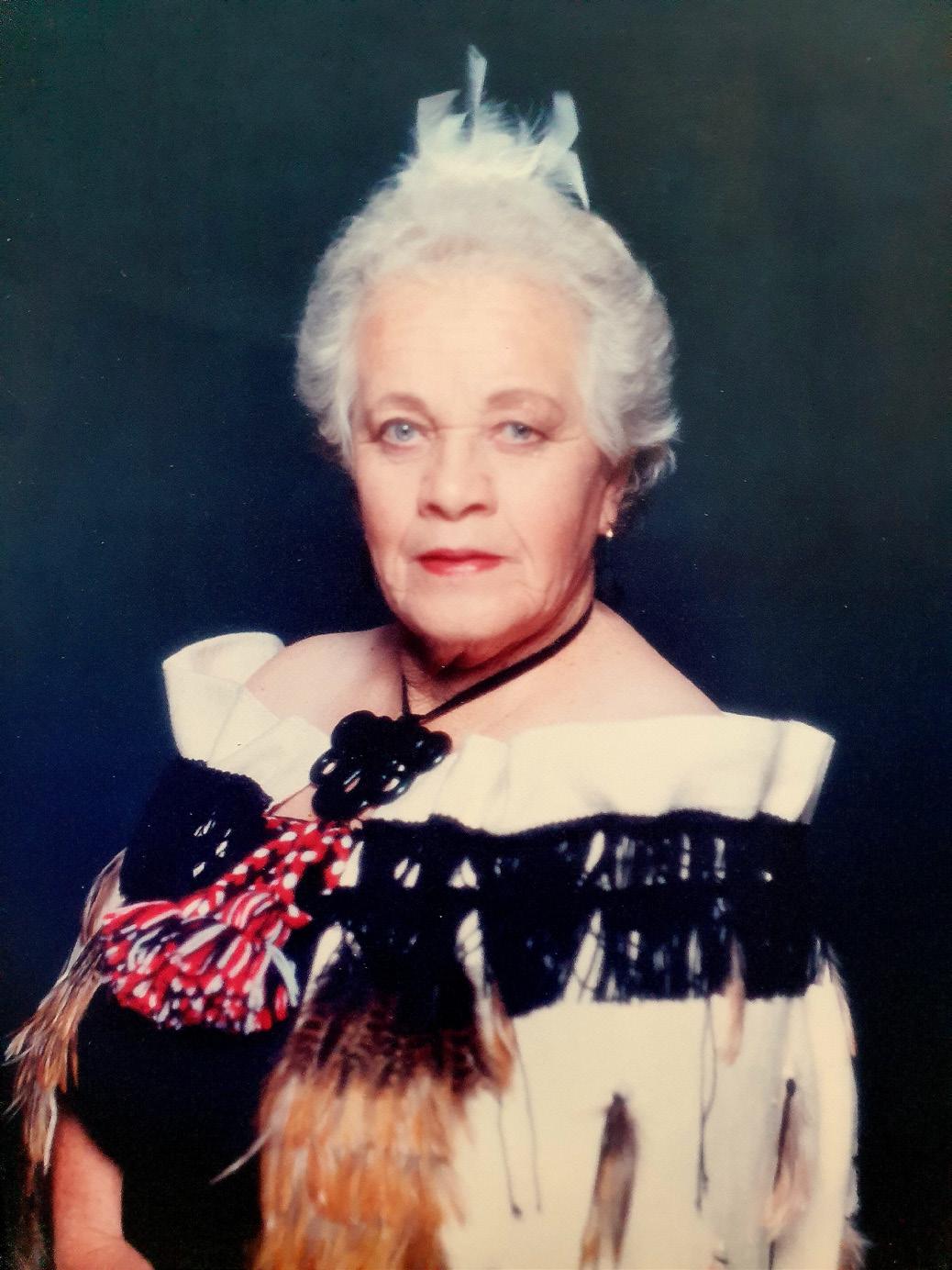
• Moved to Whakatū in 1989
• Became a Life Member of the League
• Kuia for Māori Advisory Committee of Nelson Polytech (NMIT) for several years through the 90’s
The unveiling of Taua Peggy will be held at: Rototai Cemetery, Tākaka
11am, Saturday 3 February 2024 (Waitangi Weekend)
The hākari will be held at Onetahua Marae (following the conclusion of the ceremony)
This photo was taken in 1999 of Taua in her Korowai, Jane Du FeuPeggy’s daughter, made this for her when the Dutch Queen (Beatrice) come over to Aotearoa (she is an Able Tasman descendant), and Taua rowed on the waka (Te Awatea Hou) with her.
TE PUNA || PAGE 27
Ngāti Tama whānau and Te Pūkenga staff gather outside Te Pakohe
WĀNANGA KARAKIA
Onetahua marae - Saturday 5 August 2023
Ngāti Tama staff were invited by MKM (Manawhenua ki Mohua) as part of their taonga project, to facilitate a wānanga to discuss the protocols and procedures around the receipt, handling and cataloguing of taonga currently in their care and in the future.
Participants were encouraged to share their personal aspirations for the wānanga and what they hoped to get from it. The organisers were adamant that this was not a rote learning exercise and that a more holistic approach needed to be considered.
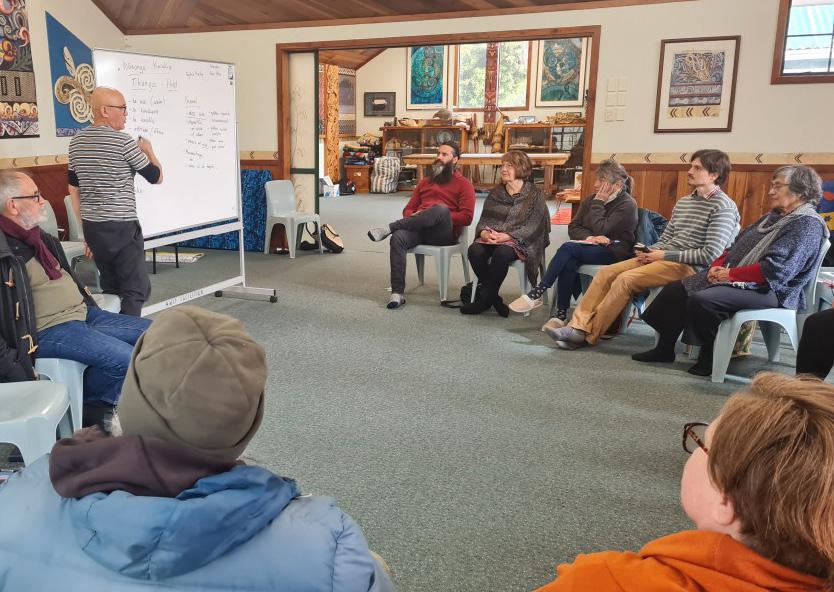
The intention was to elicit from those practitioners present the procedures that were already in place when dealing with taonga, including the use of water, kawakawa leaves and karakia.
The discussions as envisaged produced an organic list that will be developed further into a ‘tool kit’ of protocols to keep people safe. It was agreed that an important component to creating
TE WHAKAREWATANGANEW PLANT AND FOOD RESEARCH VESSEL ‘TUHIATA’ BLESSING
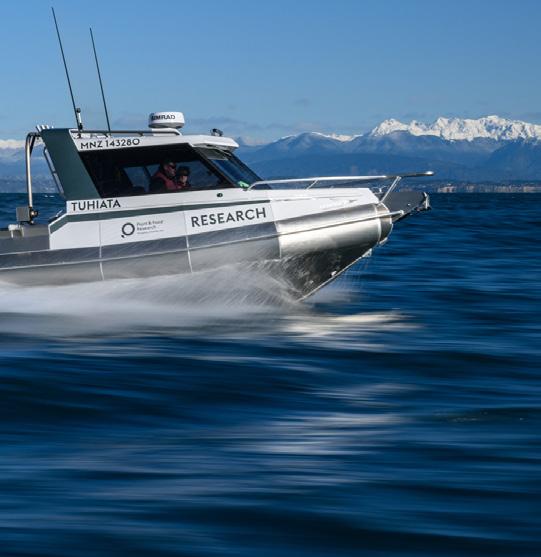
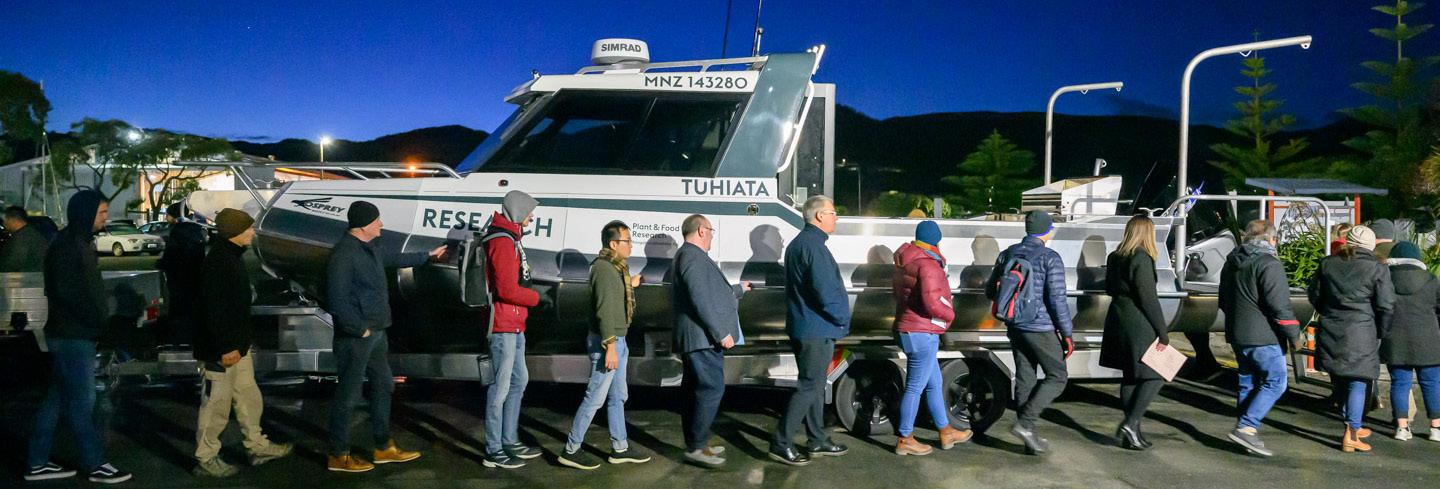
Thursday 3 August 2023
Ngāti Tama staff and iwi reps were invited to assist with the blessing of the new Plant & Food Research vessel at Port Nelson recently. Māori Advisor and Scientist for Plant and Food, Hēmi Cumming collaborated with Hēmi Sundgren to decide upon an appropriate name and the arrangements for the ceremony.
Hēmi Sundgren explained the name ‘Tuhiata’ was chosen as it referred to the first glimpse of light at dawn. He went on to say that it signals the beginning of a new day and presents new ideas and inspiration. Dawn and sunrise are also symbols of transformation and creation, where the unconscious broadens into consciousness.
Approximately thirty staff and dignitaries attended the dawn ceremony including staff from the head office in Auckland. Acknowledgements were made after the ceremony, followed by light refreshments back at the Plant and Food office building.
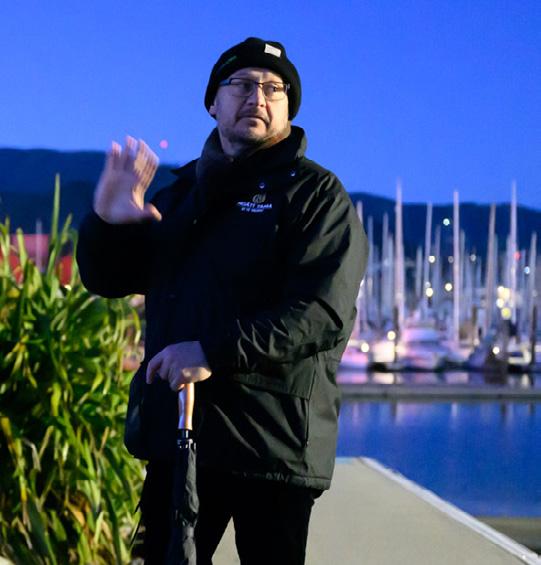
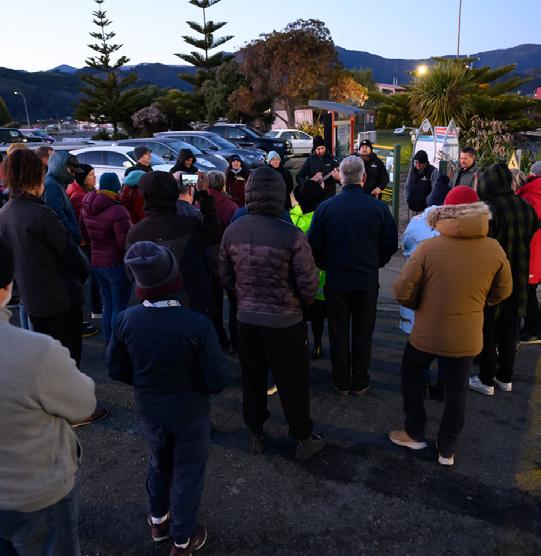
an environment conducive to this important work, was ‘emotional readiness’. That is, all participants needed to be in a certain frame of mind to handle the rigours of working in the spiritual realm. A follow up wānanga will develop these issues further and produce a more hands on pragmatic approach.

NGĀTI TAMA KŌRERO PAGE 28 || TE PUNA
Photo Credit: Craig Robertson (Plant and Food Research)
WAIATA WĀNANGA
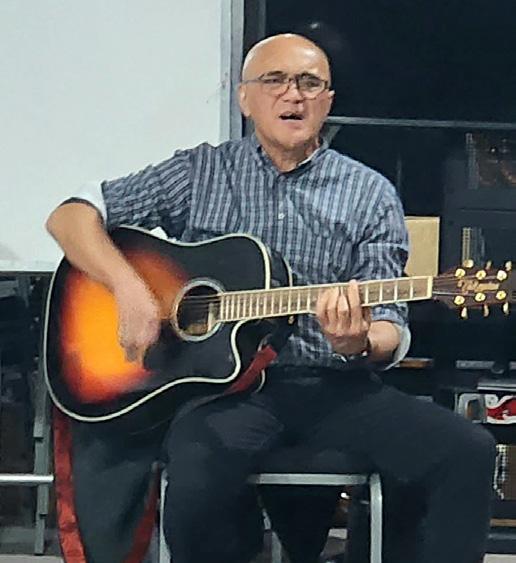
Waikawa marae - Friday 11 and Saturday 12 August 2023
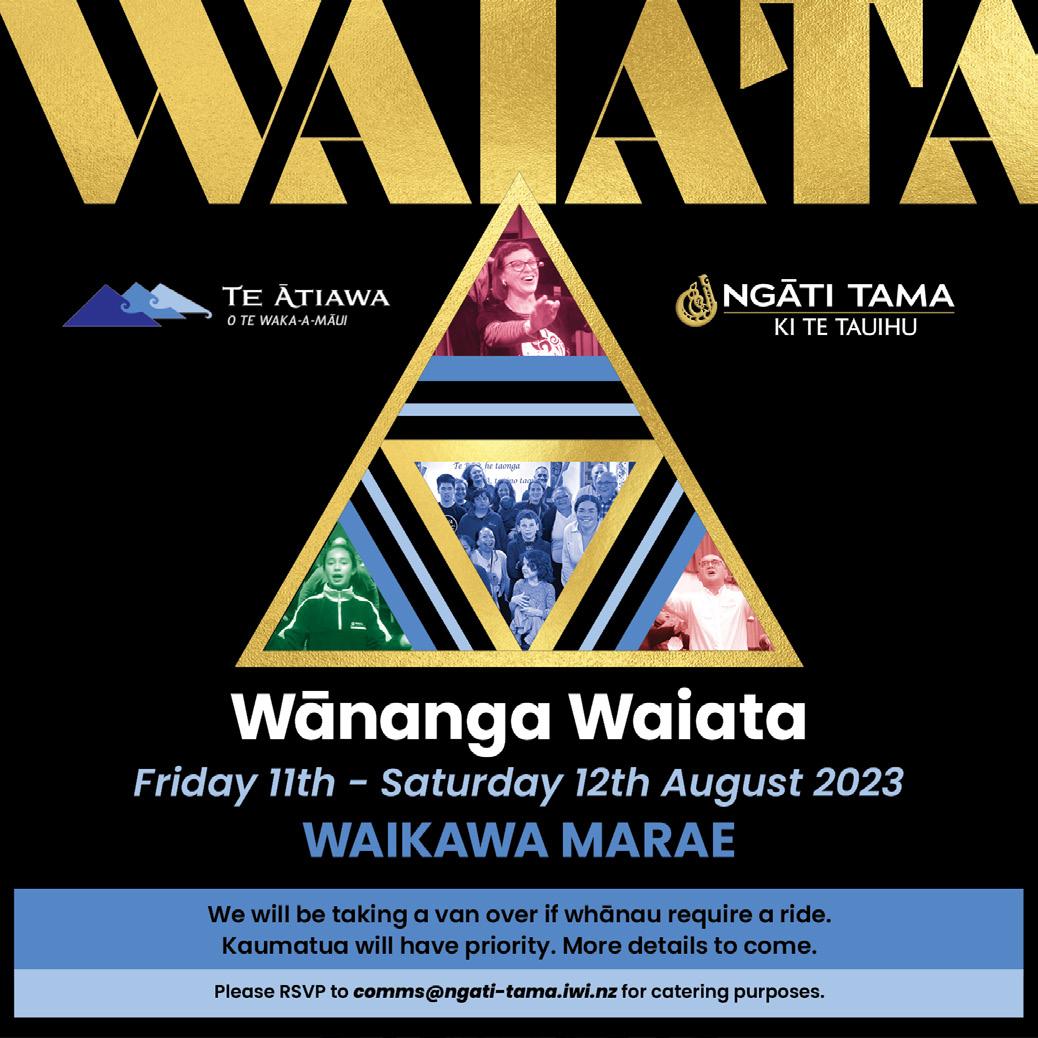
The second wānanga was held at Waikawa marae and hosted by Te Āti Awa with the intention of creating a more homogenous working environment with both iwi of Tokomaru waka.
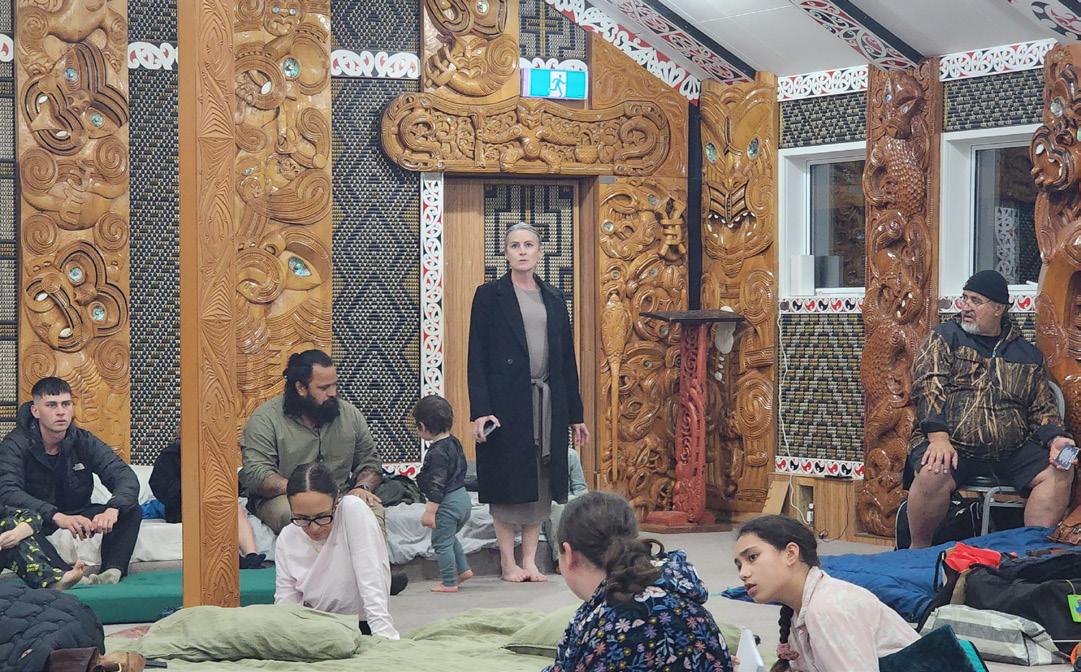


The main focus was on reinforcing the waiata, ‘E rere rā’ from the first wānanga held at Onetahua in June, with the intention of being the supporting item for the Tokomaru representative on the paepae at the pōwhiri for Te Mana Kuratahi to be held at the Trafalgar Centre on Sunday 29 October.
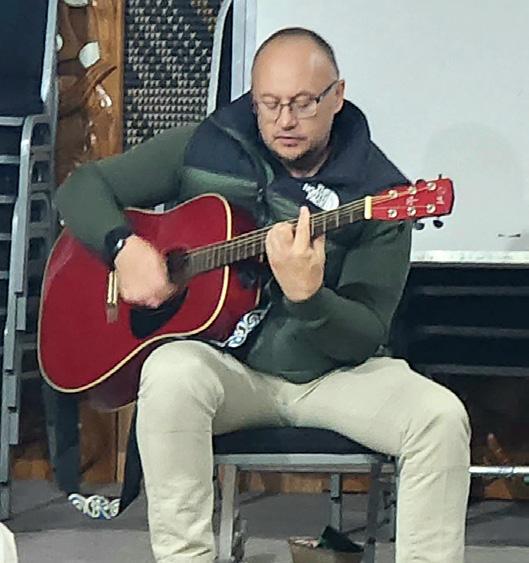
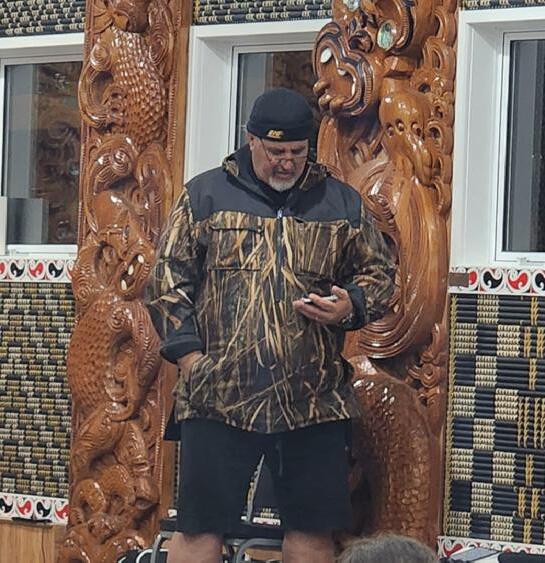
Approximately thirty adults and children attended, with a great representation from Te Āti Awa whānau. We also started learning the karakia, ‘Kī Mai’ as a back-up. It was a great opportunity to spend time with our Te Āti Awa whānau.
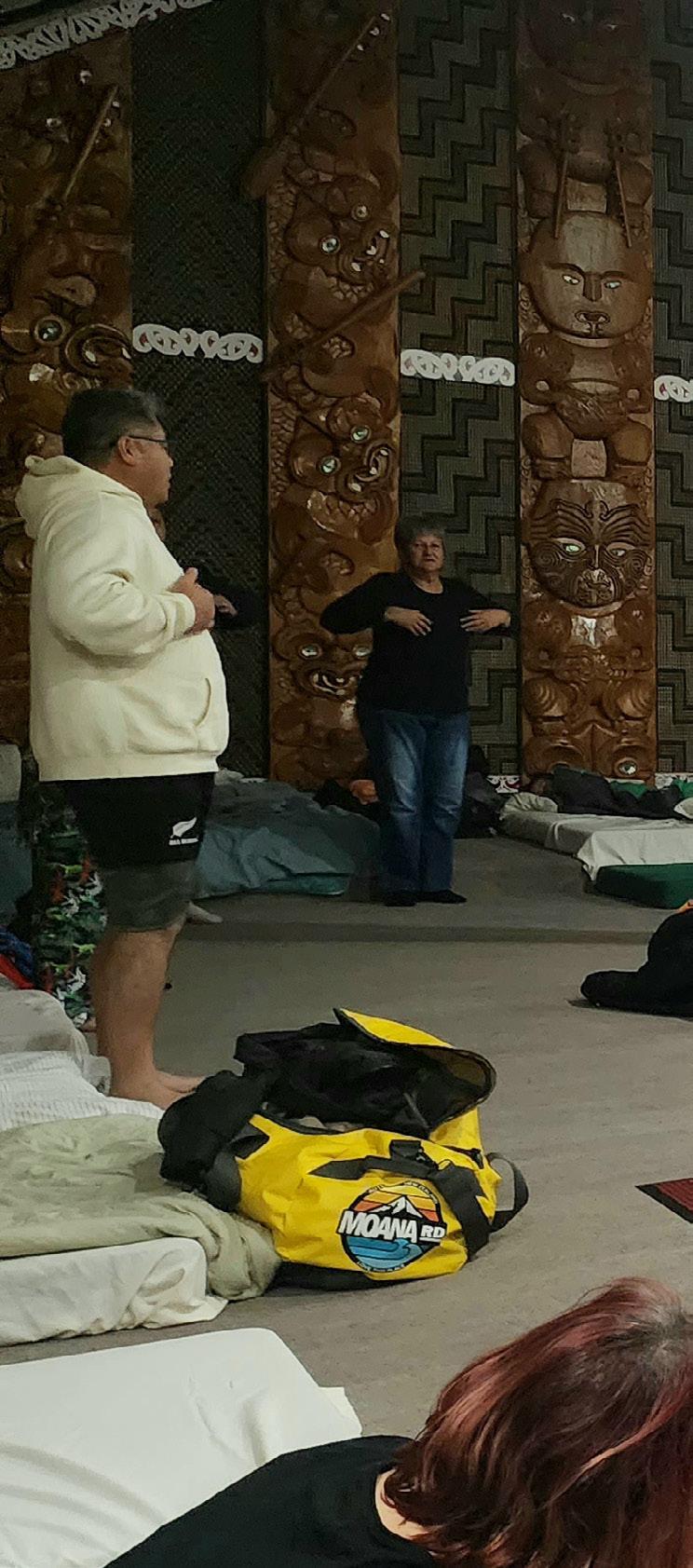
A special thank you to Rachael, Alena, Āmai, Aunty Rita and company for their support during this hui. It was great to have so many kids attend as well. A special mihi to the parents.
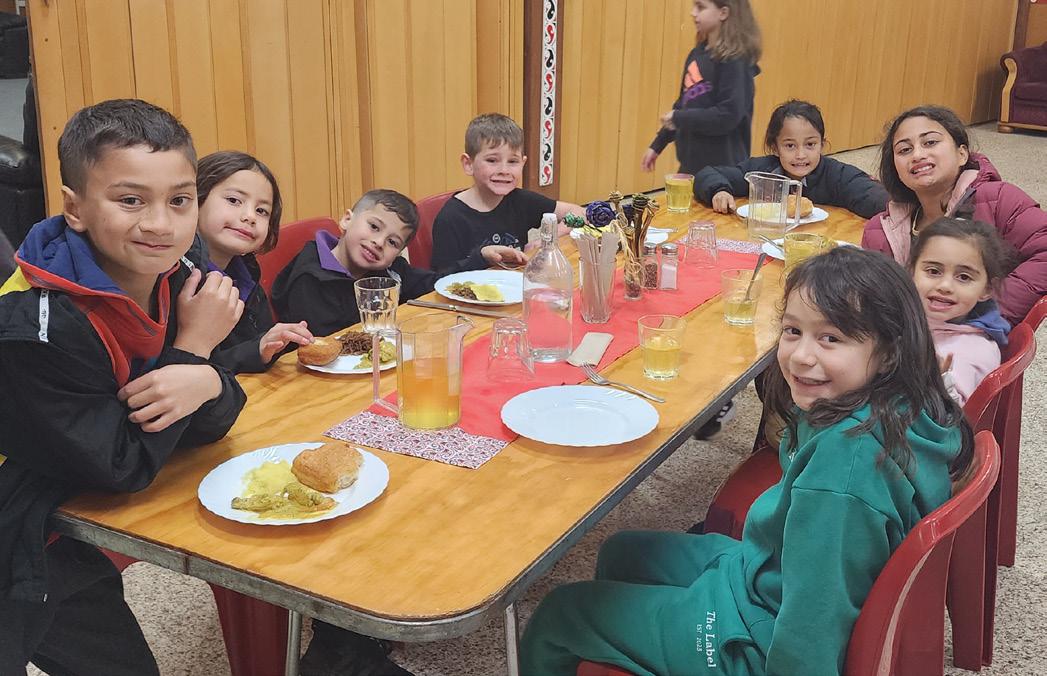 Tēnā koutou, tēnā tātou katoa.
Tēnā koutou, tēnā tātou katoa.
TE PUNA || PAGE 29
Photo credit - Āmai Thompson (Cultural Manager - Te Ātiawa Trust)
PUANGA
Friday 14th July - Saturday 15 July, Motueka

PUANGA KAIRAU 2023
Te Uma (Motueka) - 14-15th July 2023

To celebrate Puanga Kairau 2023 and the national Matariki holiday we began the celebrations with a wānanga at Motueka High School where Pikiora Spooner and Kēri Tākao took workshops on poi making and waiata in preparation for the celebration at Te Uma the following morning. The tamariki were treated to a roller disco at the Motueka Recreation Centre led by Kēri. Fun was had by all, yummy kai and amazing prizes.
The ceremony began at about 6am with a welcome from Barney Thomas and members of NRAIT including Rima Piggott and Robert Stephens.
Kēri led the hautapu ceremony at Te Uma guiding the audience through the process with an ongoing commentary, pointing out the various star constellations, their associations and significance.

A poignant and moving aspect of the ceremony was the farewelling of those who had passed in the last year or so. The ceremony concluded with karakia and waiata.
Those gathered were treated to a hāngī breakfast prepared by Te Pūoho Stephens and his team of supporters including Uncle Tom Matthews, while being serenaded to by the ‘3 T’s (talented Tama team).’
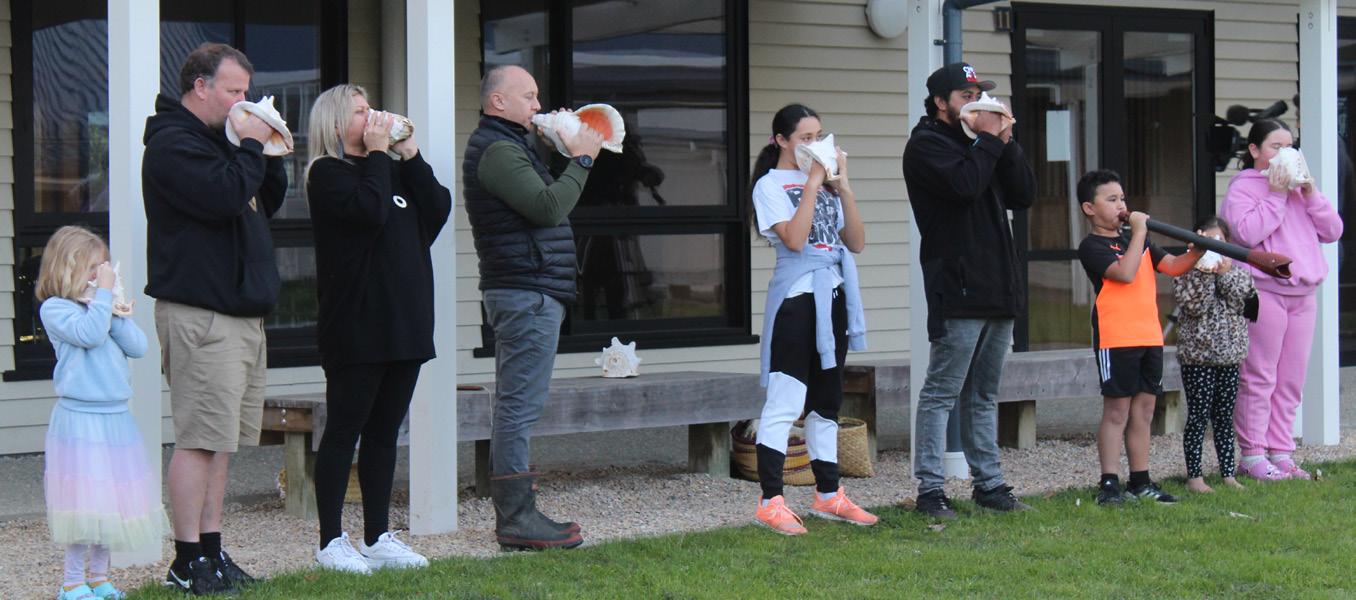
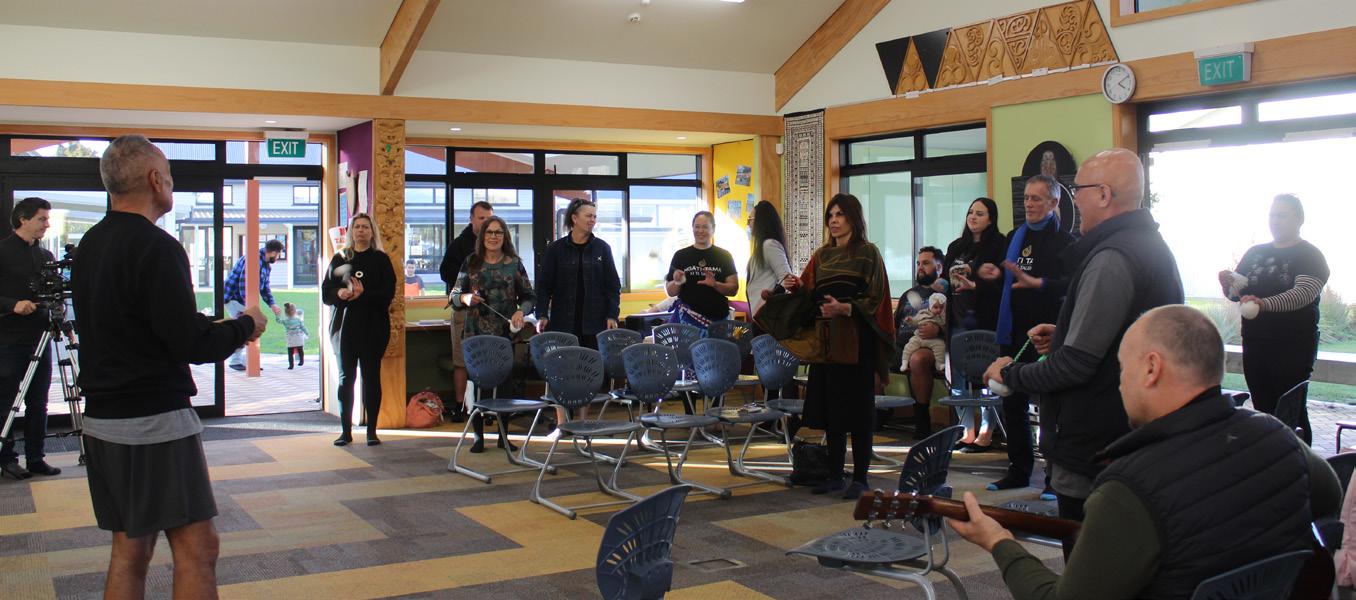
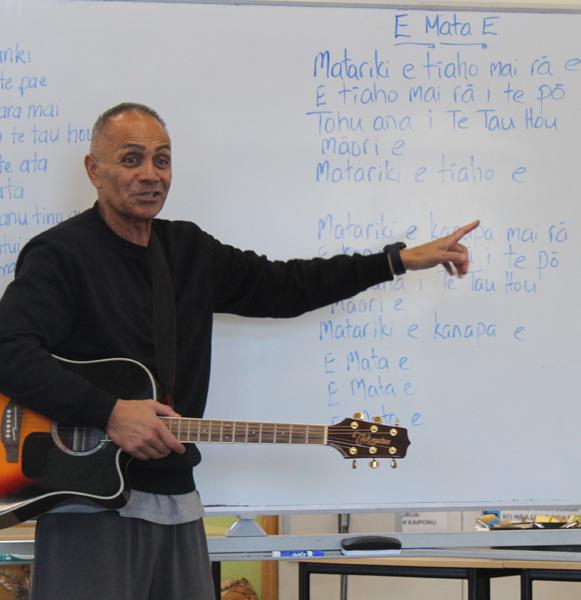
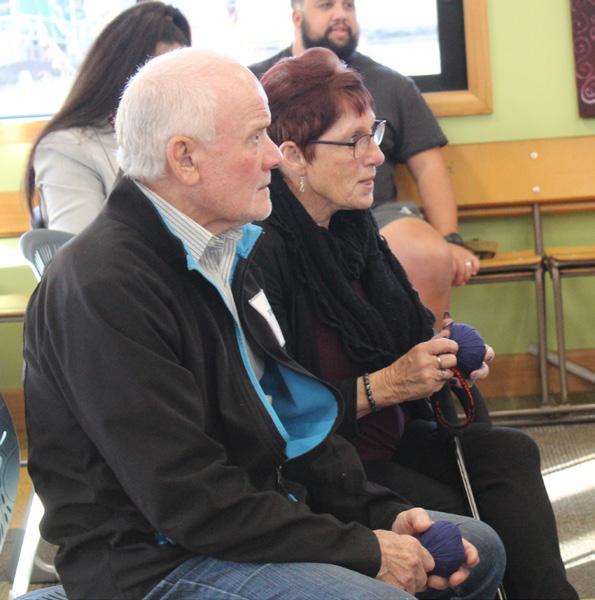

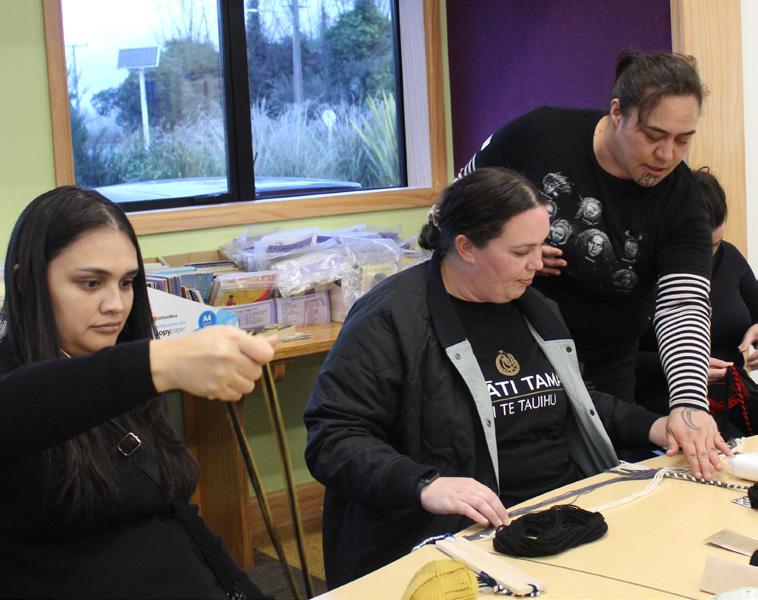
PAGE 30 || TE PUNA
Ngāti Tama whānau at the Matariki Puanga WānangaMotueka, July 2023.
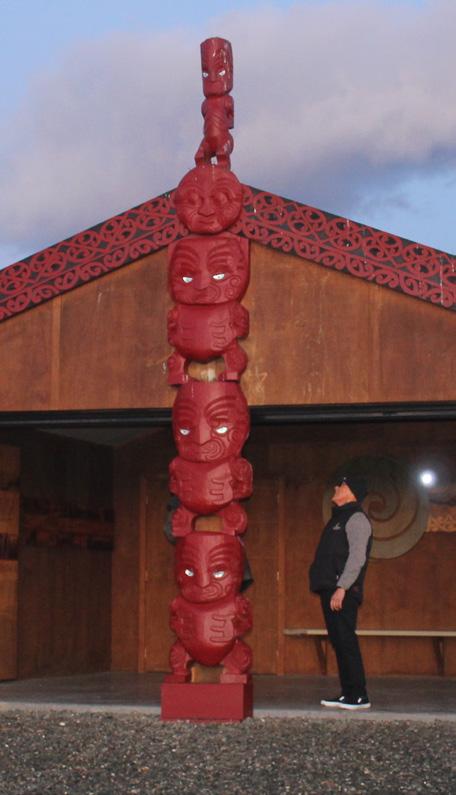
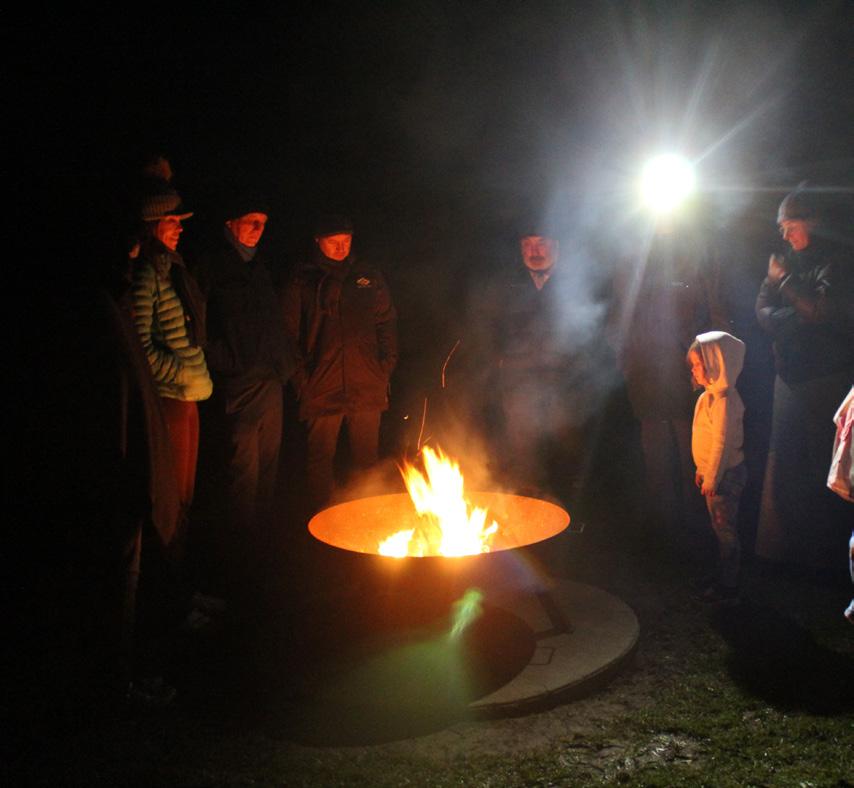
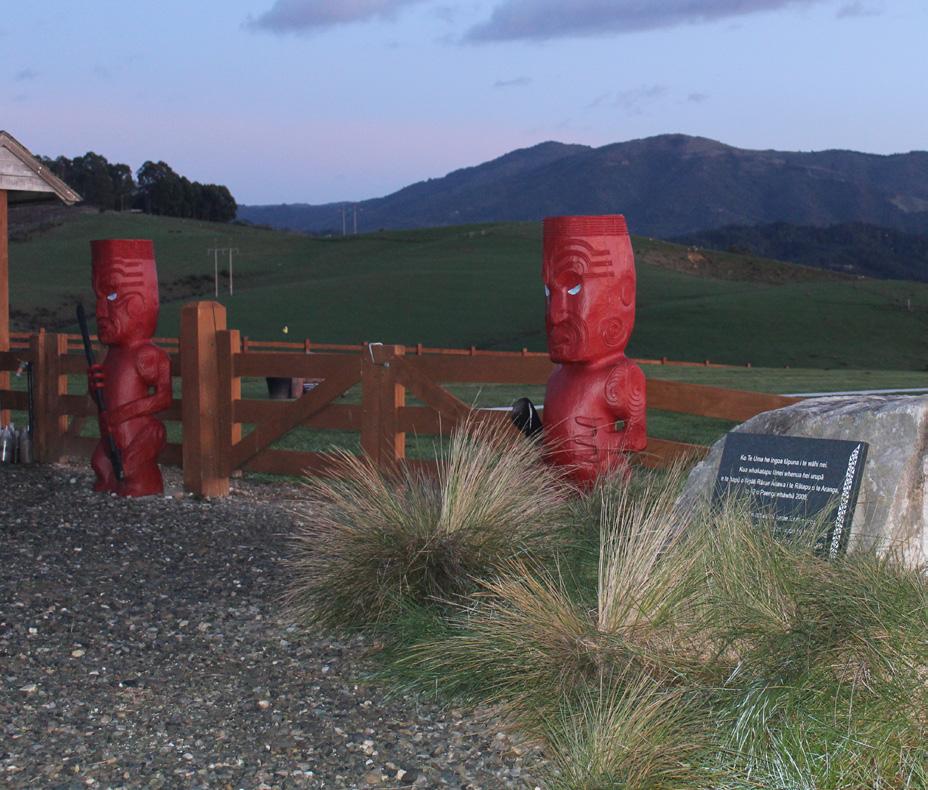
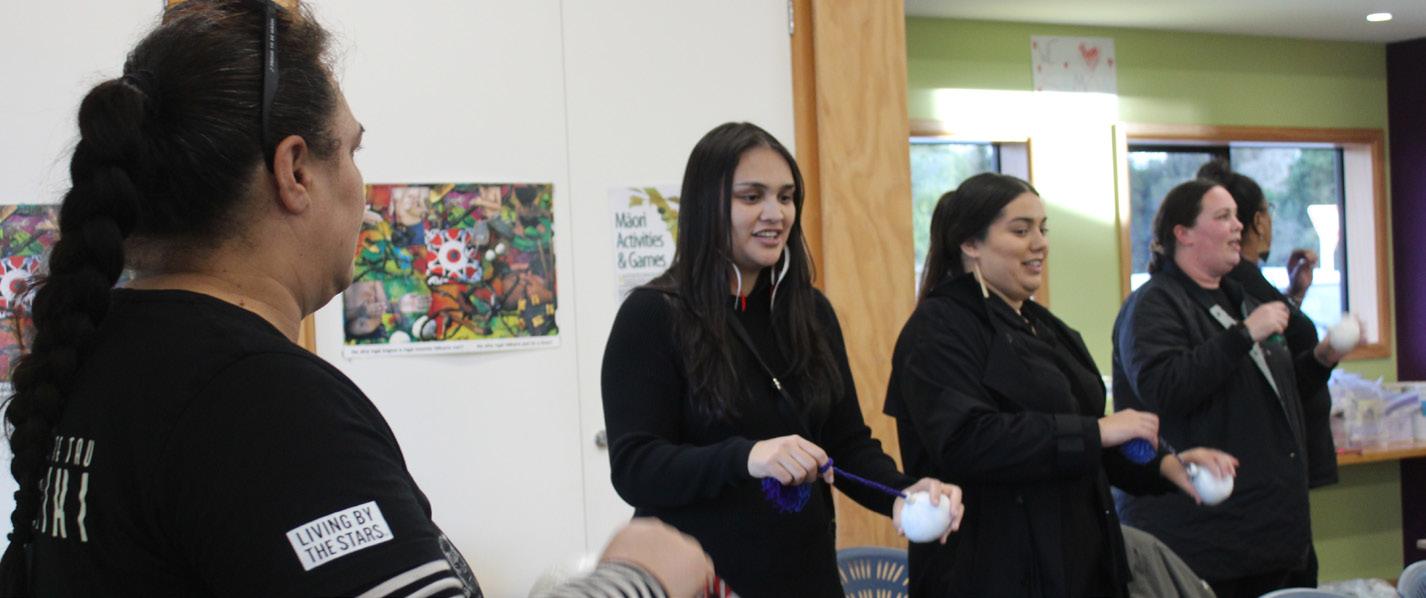
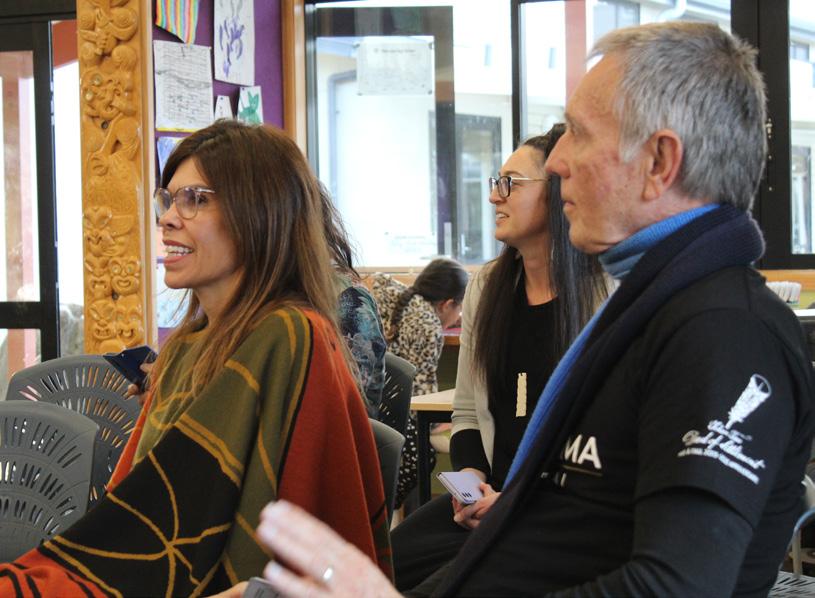
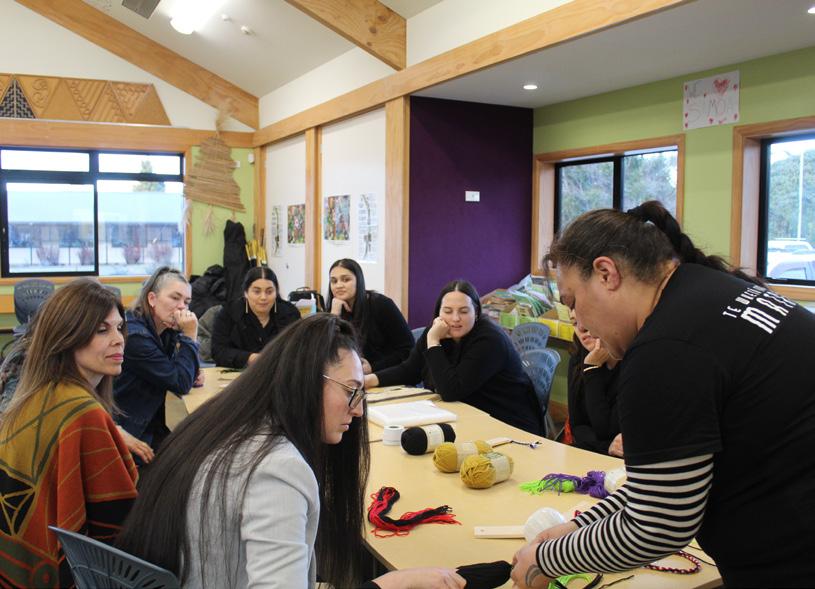


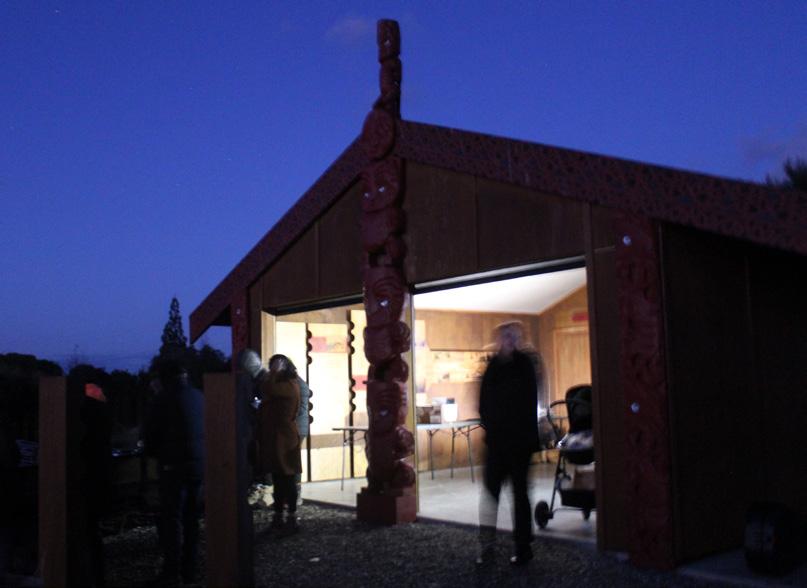

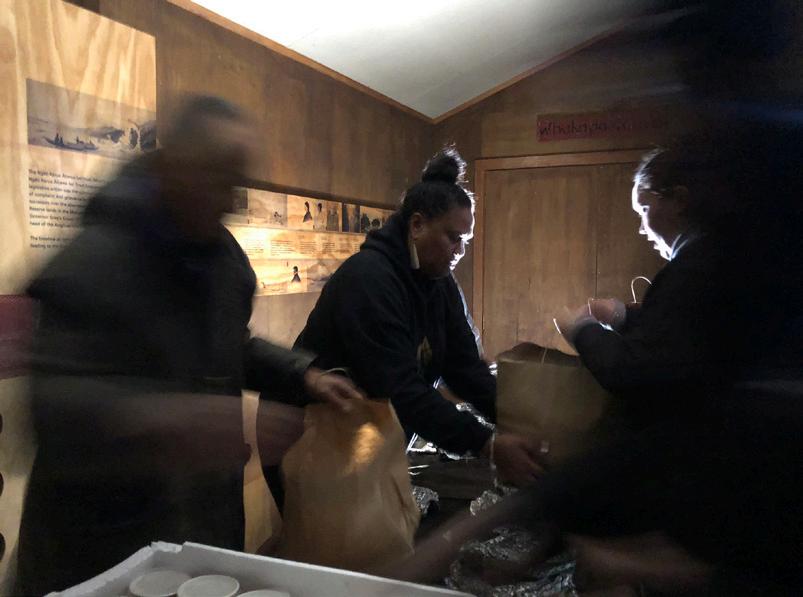
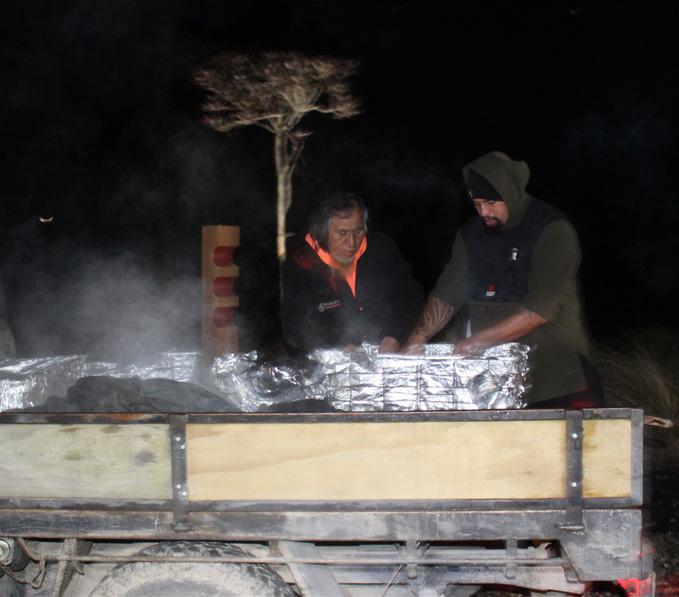

TE PUNA || PAGE 31
NEW APPOINTMENTJENNA NEAME
We would like to take the opportunity to welcome Jenna Neame to our Ngāti Tama whānau team. Jenna is of Ngāti Kuia and Kurahaupō whakapapa and takes on the role as General Manager - Business and Operations for the Trust.
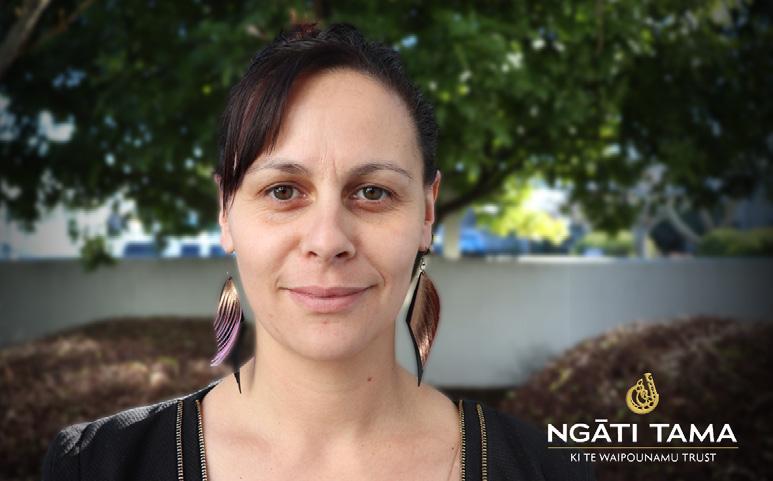
Jenna has over 18 years of experience in the private and public sector, starting her career as a civil engineer, and then leading teams to provide strategic infrastructure and community planning for local government. She was appointed as Acting Chief Operating Officer for the Tasman District Council, a role she held for 12 months. She is currently on the council’s senior leadership team as Kaihautū Māori and has worked extensively with iwi in Te Tauihu. We are looking forward to have Jenna on board and thank you for choosing to be a part of our whānau.
I was born in Motueka and have been there my whole life. I’m very passionate about living here in Te Tauihu with my whānau. Like most people, whānau are everything to me and I’ve chosen to stay close to them.
I enjoy orienteering, the outdoors, horse riding and weaving. Sadly, I don’t have enough time to do anything well so I do as much as I can of everything! My party trick is playing the bagpipes.
My tamariki have ponies so most weekends you will find me running around after them. Otherwise, I am an active relaxer so I am always on the go.

TE MANA KURATAHI 2023 WHAKAARI MATARIKI VICTORY SCHOOL
After several meetings with iwi reps, it was decided that the tikanga applied on the day, will be consistent with that of Whakatū marae and Tainui waka - tau-utu-utu or tū mai, tū atu. All eight iwi will be given the opportunity to speak, however, currently Kurahaupō has three speakers, Tainui will open and close the proceedings with two speakers and Tokomaru will have one speaker, representing both iwi.

‘E rere rā’ has been chosen as the waiata kīnaki, given that it has been the focus of the two wānanga waiata leading up to this event.
The idea of one speaker per waka was mooted, due to the young audience, however, it was decided that each iwi should ultimately make that decision.
The Tokomaru speaker will be supported by the winners of the local Regional Secondary Schools Kapa Haka champions, Ngā Aho Rau, a combination of Nelson Boys and Girls Colleges, tutored by Tom Alesana and Bayley Tava. Their rendition of ‘E rere rā’ won the traditional chant section of the competition.
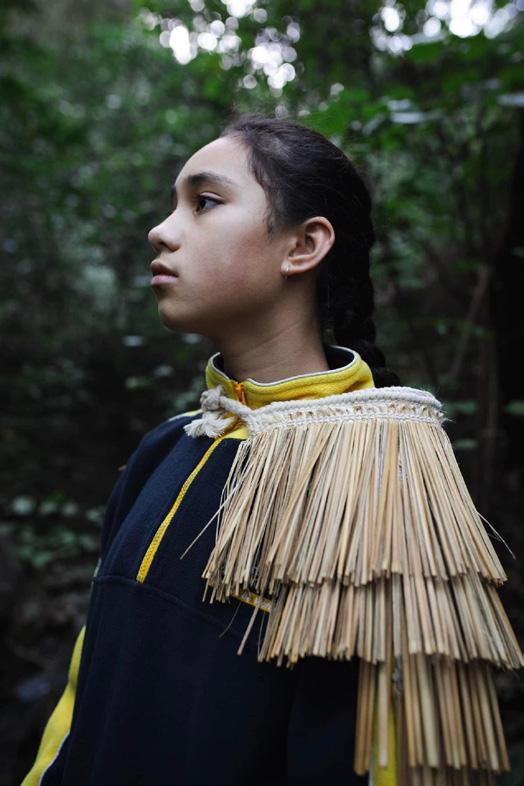
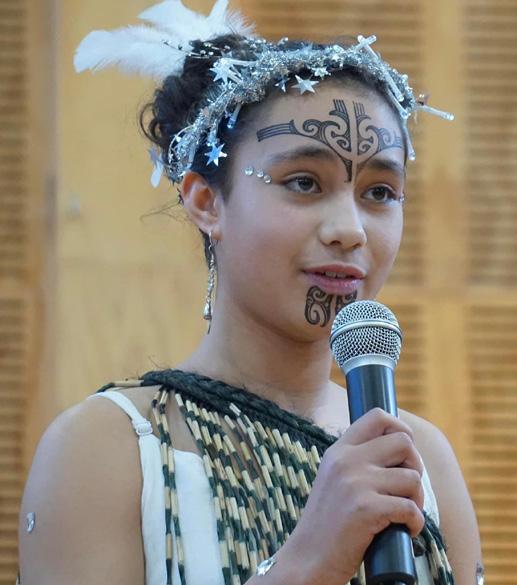
Ngāti Tama staff enjoyed being entertained at the Victory Primary School Whakaari Mataraki held at the Victory Community Centre, Wakatū on Friday 21 July as part of Matariki celebrations.
The eight iwi of Te Tauihu were represented in the play with Eli La’auli representing Ngāti Tama and Iyla La’auli (Ngāti Tama) playing the major role of Matariki. The play told the story of the new school taonga.
On display at the celebration was some incredible photography taken by Naomi Manihera to capture these taonga which were each created by a local artist. The photos represented tamariki from all eight iwi of Te Tauihu and six different continents to reflect the diversity of the school. Iyla was one of these tamariki beautifully captured by Naomi.
Ka pai Eli and Iyla! Great to see our whānau tamariki taking part in such a great kaupapa.
EVENTS AND UPDATES
PAGE 32 || TE PUNA
The National Primary School Kapa Haka competition, Sunday 29th October – Thursday 2nd November 2023
FROM JENNA
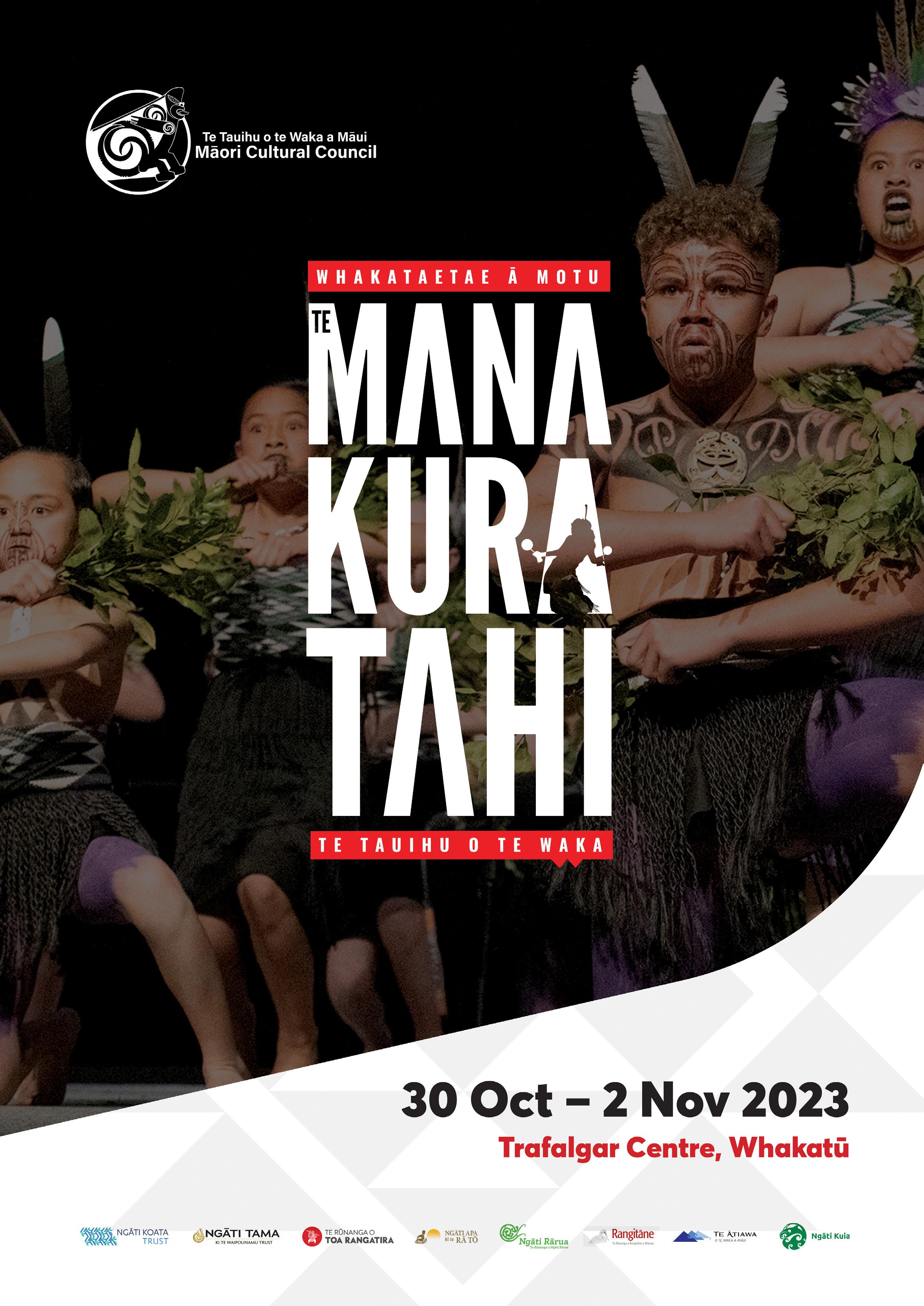
TE RĀKAU PAKIAKA 2023
The third co-hort of students for the Te Rākau Pakiaka programme run by the Whakatū Inc. were welcomed onto Onetahua marae in mid-May for the first of three wānanga regarding ngā hekenga, the migrations from Kāwhia to Te Tauihu over a decade or so, during the early 1800’s.
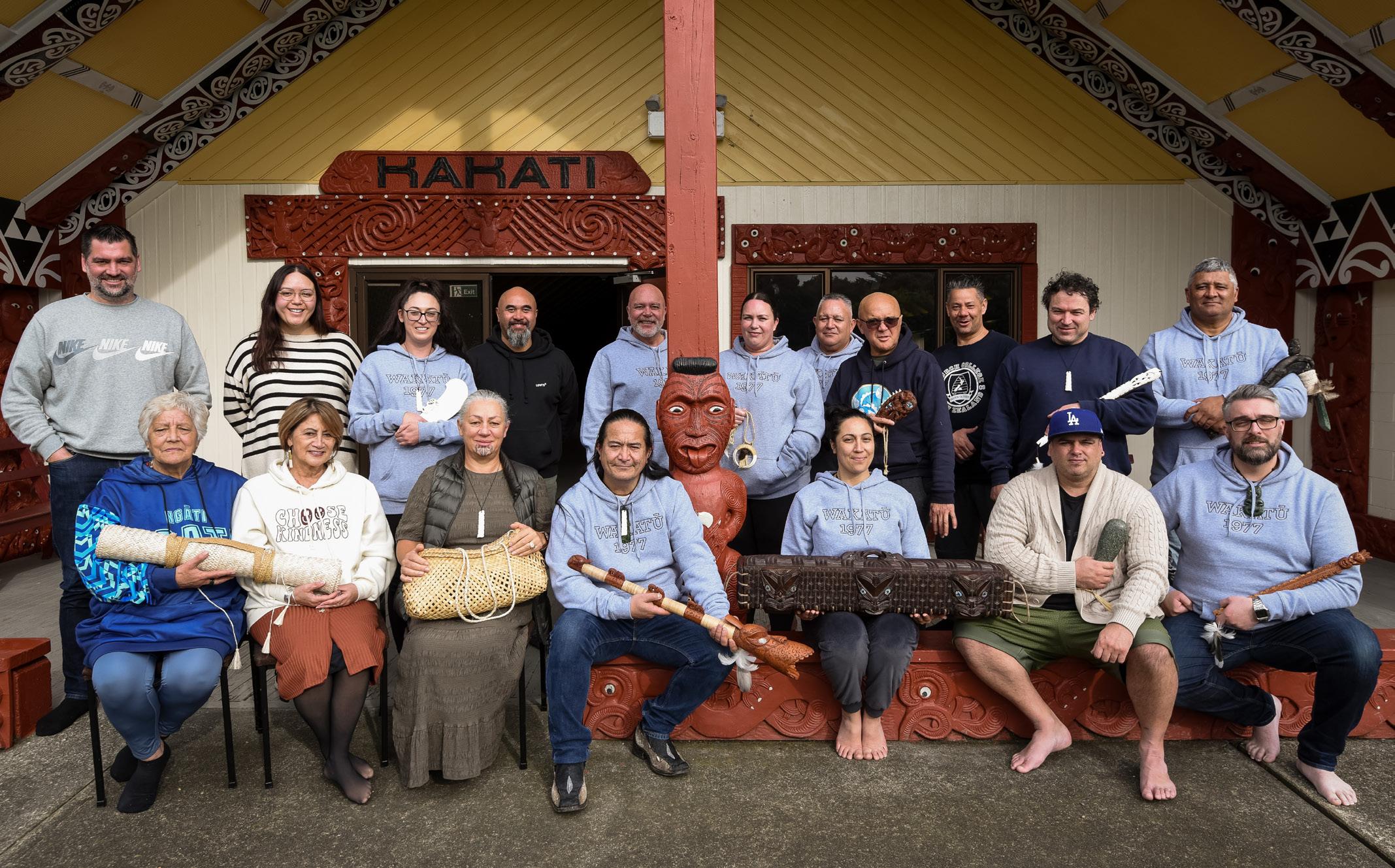
The thrust of the programme is about reconnecting uri to their tribal roots that were formed through the whakapapa alliances
POUTAMA TŪ KI TE TAUIHU, POUTAMA ORA KI TE AO
Written by Jasmine La’auli
During my time in the 2023 cohort of Te Rākau Pakiaka, we spent three wānanga together with our rōpū. Learning about our tupuna who had interests in Nelson Tenths land, iwi/tūpuna patterns of settlement, significant sites around Te Tauihu and our hekengā/ all of the Hekengā down to/from Te Tauihu.
I had the best time on Te Rākau Pakiaka and learnt so much invaluable information. On Wānanga 3 we were asked to deliver a tūpuna presentation and creative piece in front of our cohort and whānau.
For my creative piece I created a small tukutuku panel. Not having done this since college, I remember enjoying it and wanted to give it another go. I wanted to represent my current whakapapa journey that I have been on for the past 3-4 years.
that eventuated in the widespread settlement of Te Tauihu o Te Waka a Māui.
In 2024, the final co-hort will take part in the programme and upon completion will join the other co-horts in retracing the steps of our tūpuna during the times of the various hekenga of the 1820’s. Almost half of the participants this year were of Ngāti Tama descent.
The Poutama pattern was significant to me as it symbolises whakapapa and the steps ascending to reach achievements in life. It is also significant to myself and Ngāti Tama as Poutama is where Te Pūoho ki Te Rangi was born. I used the colours black, gold and white to represent Ngāti Tama branding.
Overall Te Rākau Pakiaka has been an amazing experience for me on my whakapapa journey and I am very grateful to have been selected to attend this wānanga. The connections I have made throughout these wānanga will stay with me for a lifetime.
 Photo credit: Melissa Banks Photographer
Photo credit: Melissa Banks Photographer
E kore au e ngaro, he kākāno i ruia mai i Rangiātea.
PAGE 34 || TE PUNA
Right - Jasmine’s tukutuku panel
A MĀORI DESIGN KAUPAPA
ObjectSpace - 1 July-3 September 2023, 13 Rose Road, Ponsonby,
Tāmaki Makaurau
Written by Olivia Stewart - ObjectSpace
Pohewa Pāhewa celebrates Māori design practice and interrogates Western design practice through a Māori lens. Grounded in whakapapa, this exhibition shows the fundamental differences in how design practice is approached within te ao Māori and whom it is in service to.

Pohewa Pāhewa has been developed from whakaaro offered by Māori designers in wānanga across the motu. During these wānanga, Māori designers explained that healing is a fundamental motivation behind their practices. Healing might encompass relationships to whenua and with whānau, connections to whakapapa and understanding of identity, or acknowledging past trauma. This guiding principle is now a constant in Māori design practice – ingenuity, originality and invention all stem from a foundation of recovery and restoration.
Our understandings of design in Aotearoa have predominately focused on Eurocentric notions of practice – how consumer products, digital content or built environments are shaped by designers to solve a problem in an original way. This understanding often ignores the powerful influence of economic motivators and the environmental consequences of continuous change and production.
In contrast, Māori designers see the interconnected nature of their practice and the impact of what they create in the past, present and future simultaneously. Mahi is process driven, in direct kōrero with the whakapapa of place, people and materials to ensure that the mana of all involved is upheld. Embarking on a design kaupapa means an accountability to both tūpuna past and mokopuna yet to come.
Pohewa Pāhewa shares a collection of kaupapa that express Māori design as a balance of radical innovation and consideration of critical knowledge gifted by our tūpuna. From T-shirts to harakeke to paving stones, the exhibition revels in how simple materials can be wielded by designers to become something revolutionary and place tangata Māori in a better position than before.
The exhibition title was proposed by Bernard Makoare as a provocation for debate and discussion. It pairs two kupu that speak to the tension of the design process: ‘pohewa’ in relation to imagination; ‘pāhewa’ in relation to being mistaken or deluded. The combination of these kupu is an opportunity for us to consider how ideas become something remarkable, and how good design can transform ideas from imagination into reality.
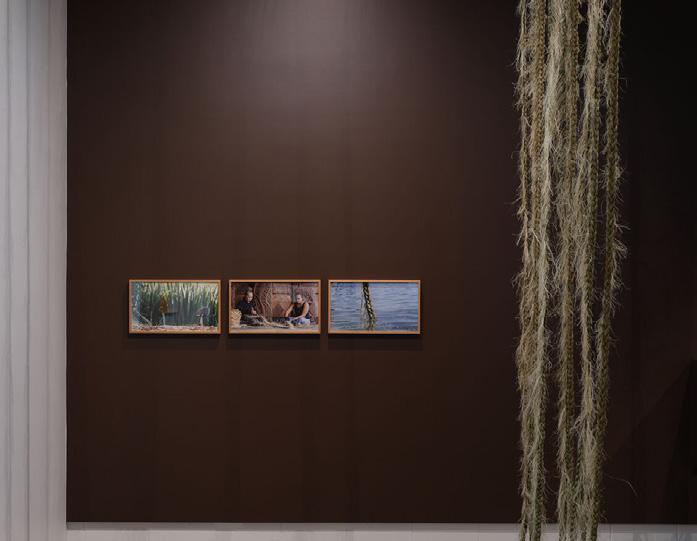
TĪHĀTE!
Back in April, Ngāti Tama were approached to take part in this kaupapa by giving our blessing to display one of our t-shirts at a public gallery in Tāmaki Makaurau called Objectspace. Objectspace focuses on architecture, design and craft and is holding a series of exhibitions that explore Māori design - this was the first in the series - opening just before Matariki in July this year. The curatorial advisory rōpū are hoping these exhibitions offer Māori audiences the opportunity to celebrate how Māoritanga is visible and embedded in our lives - the t-shirt one will look at the importance of t-shirts as a signifier of pride and design excellence.
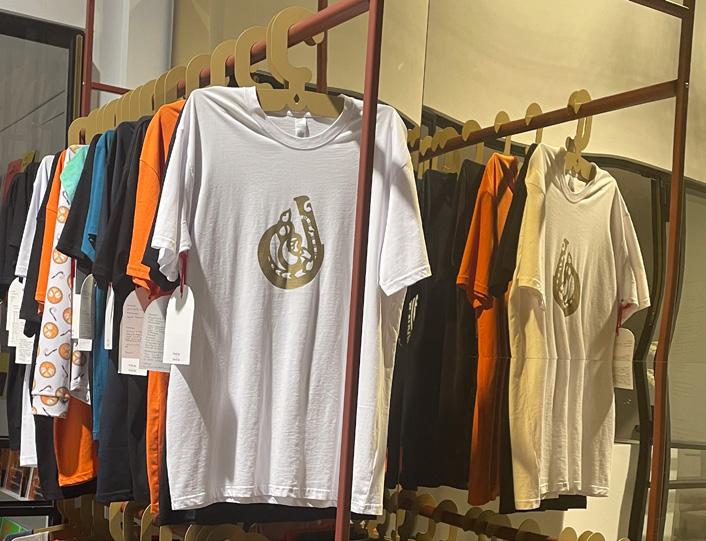

The Kākahu is a strong signifier of identity and is often how people get a first impression of who you are. Symbolic of time and place, clothing can also show allegiances, status or hierarchy. It is a potent method of expression, and even the simplest garments can say a lot.
Here, we celebrate a ubiquitous and powerful item of clothing, the tīhāte (T-shirt). Cheap to produce, easy to customise, the tīhāte has become a fabric embodiment of ideology, loyalty, memory and beliefs.
Tīhāte designs have been used by Māori to show affiliations, share protest messages and commemorate important moments. Attend any major event in te ao Māori and there will be an array of tīhāte fiercely proclaiming whakapapa through hapū- and iwi-specific designs. The visual language of Māori tīhāte draws on contemporary culture and from traditional colours, shapes and forms. Tīhāte are worn proudly and often become coveted and collectable items; in recent years many of the most sought-after designs have come from new brands that celebrate modern Māori identity.
These tīhāte have been brought together from across the motu. All were made within the past five years and the tags accompanying each design share more about the kaupapa they were realised for.
TAMA CLOTHING
The Ngāti Tama tīhāte on display at this exhibition is available on our Tama Clothing website at ngatitama.konstruct.com and are $35 each. This design also comes in black.
TE PUNA || PAGE 35
Kaua e wareware ko wai koe, kia kaha koe ki tō whakapapa. Remember who you are, your strength is in your genealogy. QUEENIE ERUETI
Waiata PRACTICE
Whānau in Te Tauihu!
Let’s come together for whakawhanaungatanga and waiata.
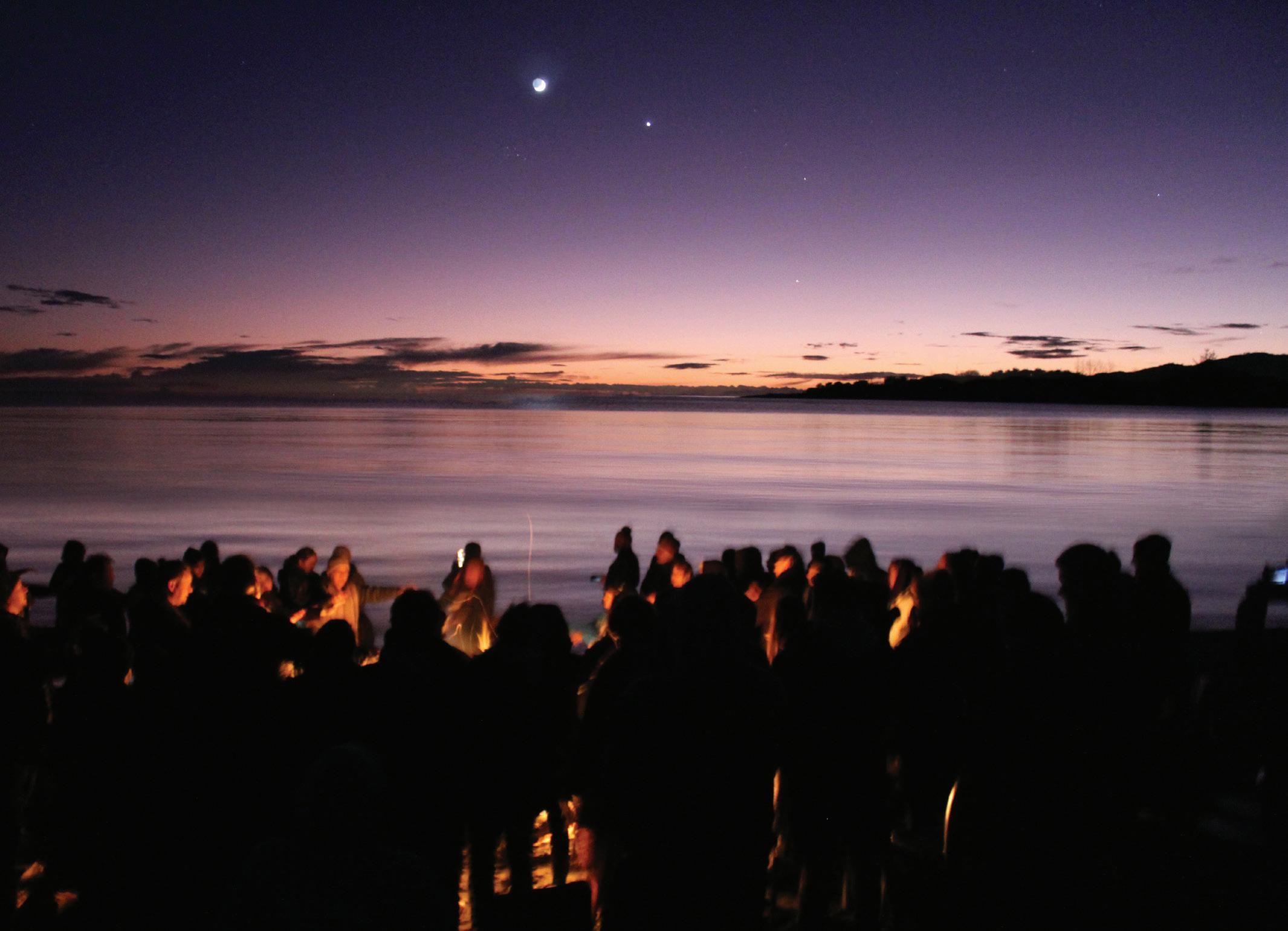
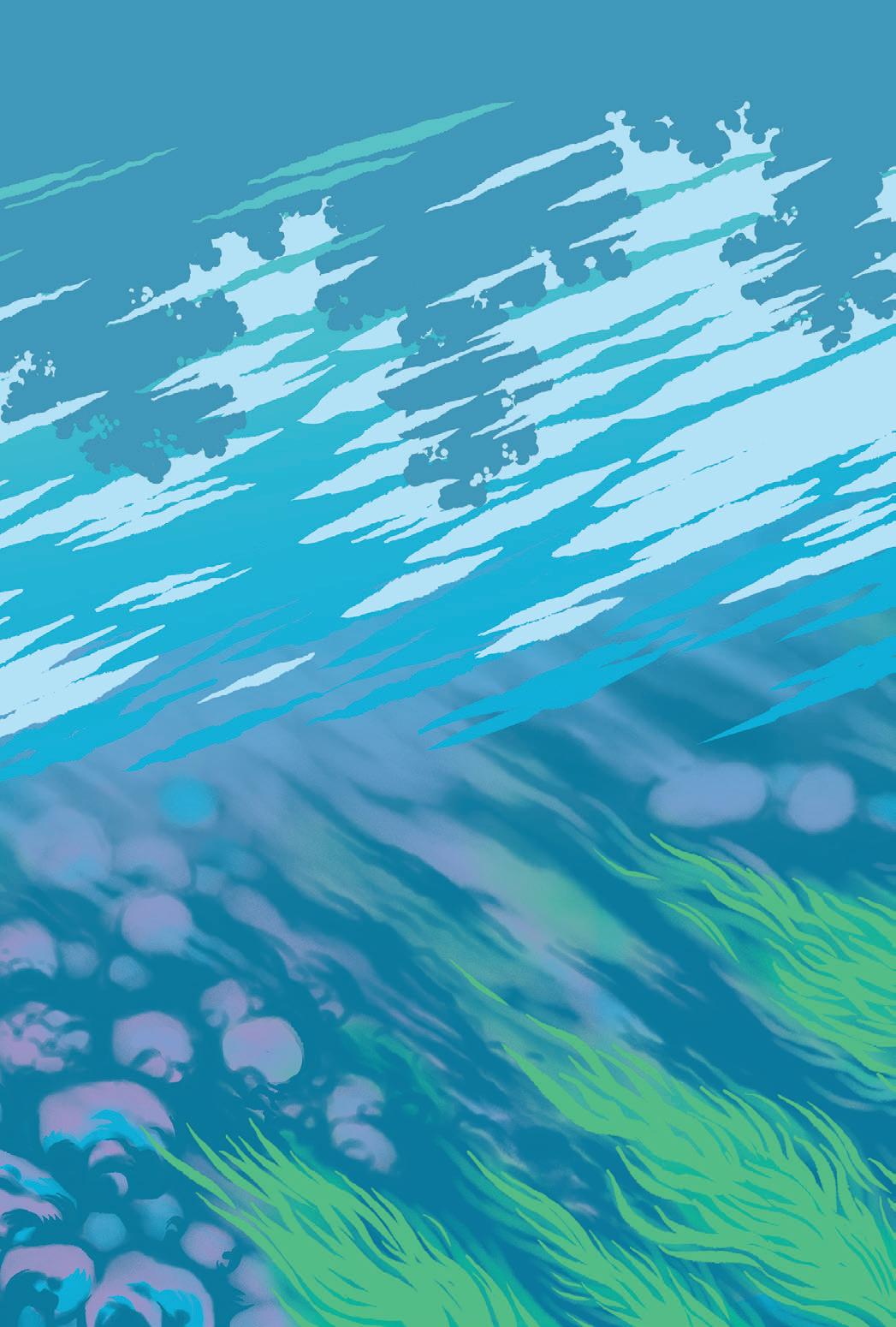
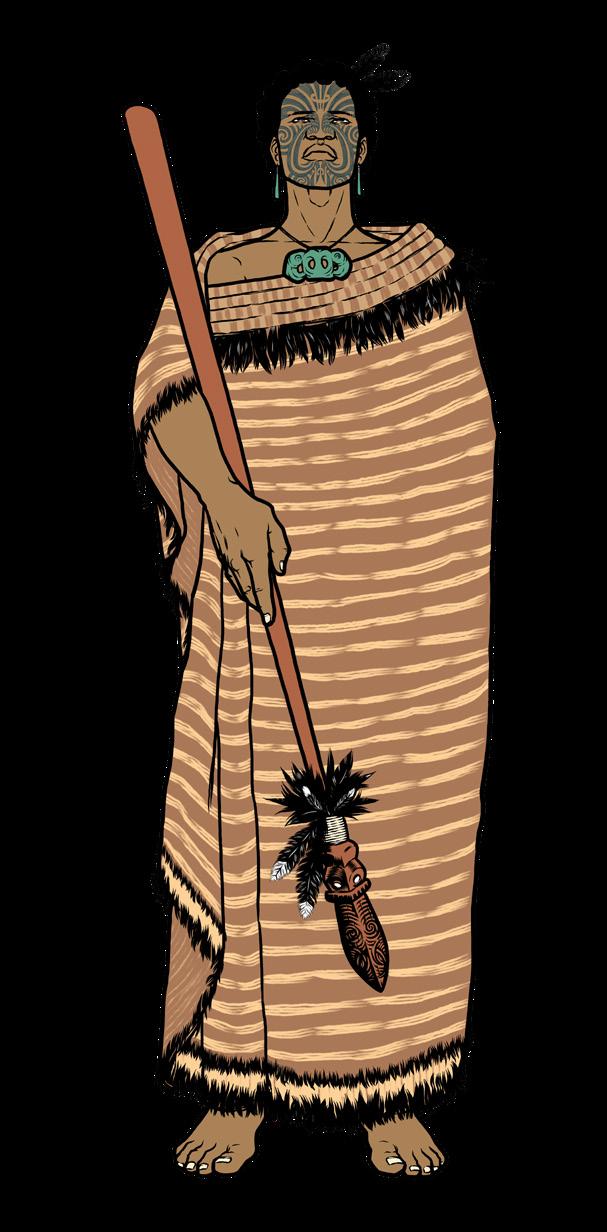
He Ranga Kōrero
Aspects of the language and culture
Online through zoom
Ngāti Tama OfficeWakatu
Te Ra: Monthly
Te Wā: 6pm-8pm
Kōhanga - Motueka
Te Ra: Monthly
Te Wā: 6pm-8pm
Our monthly sessions for 2023 have begun! Shared
Maramataka

ZOOM SERIES 2023
Ngāti Tama are offering a Zoom series on Maramataka for the below dates.

We will be having a kōrero around Maramataka in-line with our calendar launched at our Hui-ā-Tau 2023. These will run monthly, and include guest speakers.
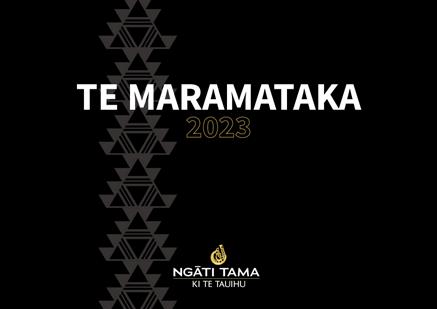
EVENTS AND UPDATES
kai for supper.
UPCOMING
EMAIL FOR
DATES: whanau@ngati-tama.iwi.nz
WEDNESDAYS
“He waka eke noa” FORTNIGHTLY ON
1 March - 7.30pm 5 April - 7.30pm 3 May - 7.30pm 7 June - 7.30pm 5 July - 7.30pm 2 Aug - 7.30pm 6 Sept - 7.30pm 4 Oct - 7.30pm 8 Nov - 7.30pm 6 Dec - 7.30pm Please email: whanau@ngati-tama.iwi.nz if you have any enquiries about any of the upcoming events PAGE 36 || TE PUNA
HUI-Ā-TAU
AND WĀNANGA WHĀNAU
FRIDAY 16 th - SUNDAY 18 th FEBRUARY 2024, WHAKATŪ
Friday 16 th February Pōwhiri at 5pm
Saturday 17th February Significant Site Visits
Sunday 18th February Hui-ā-Tau (10am - 1pm) Hākari 2pm
ACCOMMODATION AVAILABLE AT WHAKATŪ MARAE
We are offering a pahi for whānau from Picton - Nelson and return.
The pahi will leave Picton on Friday 16th February at 2pm to ensure we make the pōwhiri at Whakatū marae at 5pm. The pahi will leave Nelson on Sunday 18th February at 3pm arriving in Picton around 5.30-6pm. Please ensure you book your ferry to suit these times as this is the only pahi we are providing.
TRAVEL SUBSIDY
After feedback from our AGM earlier this year and recognising the barriers whānau face to participate in Tama kaupapa in Te Tauihu, Ngāti Tama ki Te Waipounamu Trustees have approved a travel subsidy for whānau to attend our wānanga or AGM.

The individual subsidy or whānau subsidy is available to all registered adult (18+) members. The subsidy amount will be based on where the whānau member is zoned. Information on how to apply will be sent to whānau in Jan 2024.
ZONE COST
ROHE A - TE TAUIHU $50
ROHE B - TE TAUIHU TO $100 ASHBURTON AND WELLINGTON TO NEW PLYMOUTH
ROHE C - ASHBURTON SOUTH $150 AND NEW PLYMOUTH NORTH
A B C C B
to comms@ngati-tama.iwi.nz
Please RSVP
WHAKAPĀ MAI | CONTACT US

NGĀTI TAMA KI TE WAIPOUNAMU TRUST 74 Waimea Road, Nelson 7010
MAILING ADDRESS PO Box 914, Nelson 7040
TARI
03 458 1740 | 0800 8262 494 (TAMA IWI) pouawhina@ngati-tama.iwi.nz
NGĀTI TAMA ONLINE ngatitama.nz | whanau@ngati-tama.iwi.nz





 Front cover photo: Kane Hartill
Front cover photo: Kane Hartill
















































































































































 From left: Geothermal Tāpapa Māra, in Te Whakarewarewatanga o te Ope Taua a Wāhiao 2. Harina Rupapera, ploughing Te Māra o Ihiōpua, her PHD Field trial at Te Puea Orchard. Tokerau, a Sperm whale that washed up in Doubtless Bay in 2018 Te Aroha Pūmau (Photo credit Sylvia Wano), one of two Humpback whales that stranded along Te one Rangatira, Ripiro in 2018.
From left: Geothermal Tāpapa Māra, in Te Whakarewarewatanga o te Ope Taua a Wāhiao 2. Harina Rupapera, ploughing Te Māra o Ihiōpua, her PHD Field trial at Te Puea Orchard. Tokerau, a Sperm whale that washed up in Doubtless Bay in 2018 Te Aroha Pūmau (Photo credit Sylvia Wano), one of two Humpback whales that stranded along Te one Rangatira, Ripiro in 2018.




























 Tēnā koutou, tēnā tātou katoa.
Tēnā koutou, tēnā tātou katoa.





























 Photo credit: Melissa Banks Photographer
Photo credit: Melissa Banks Photographer










